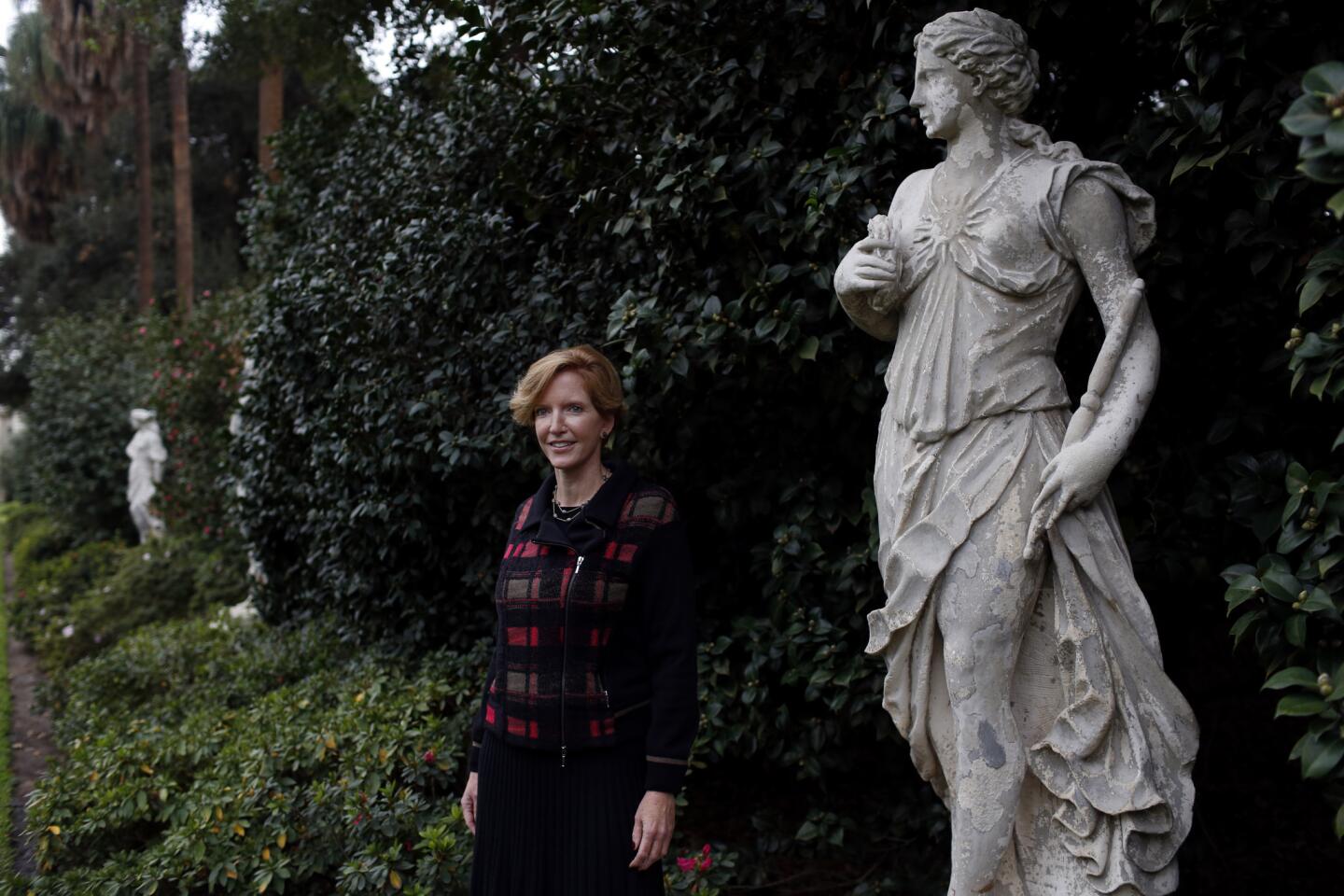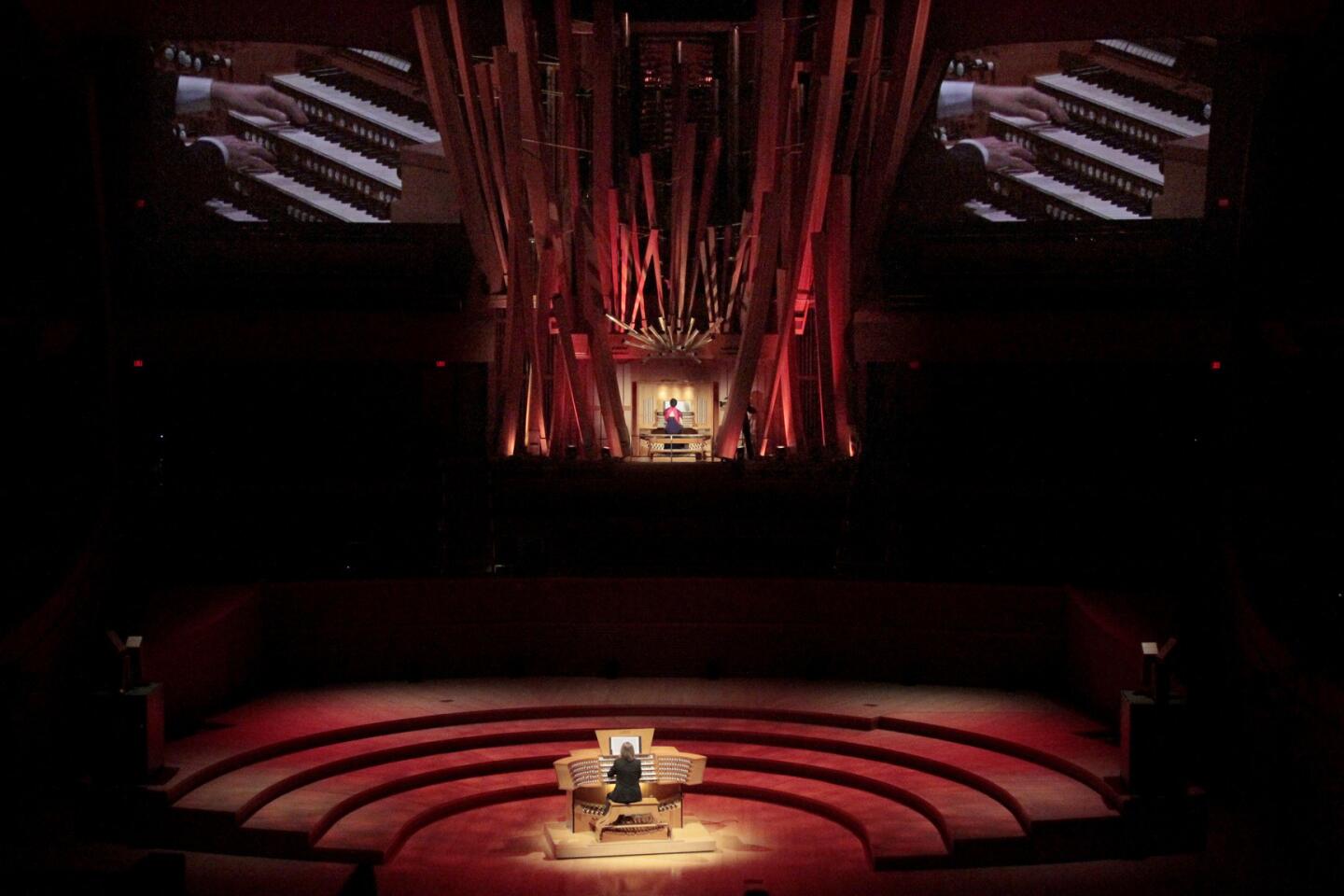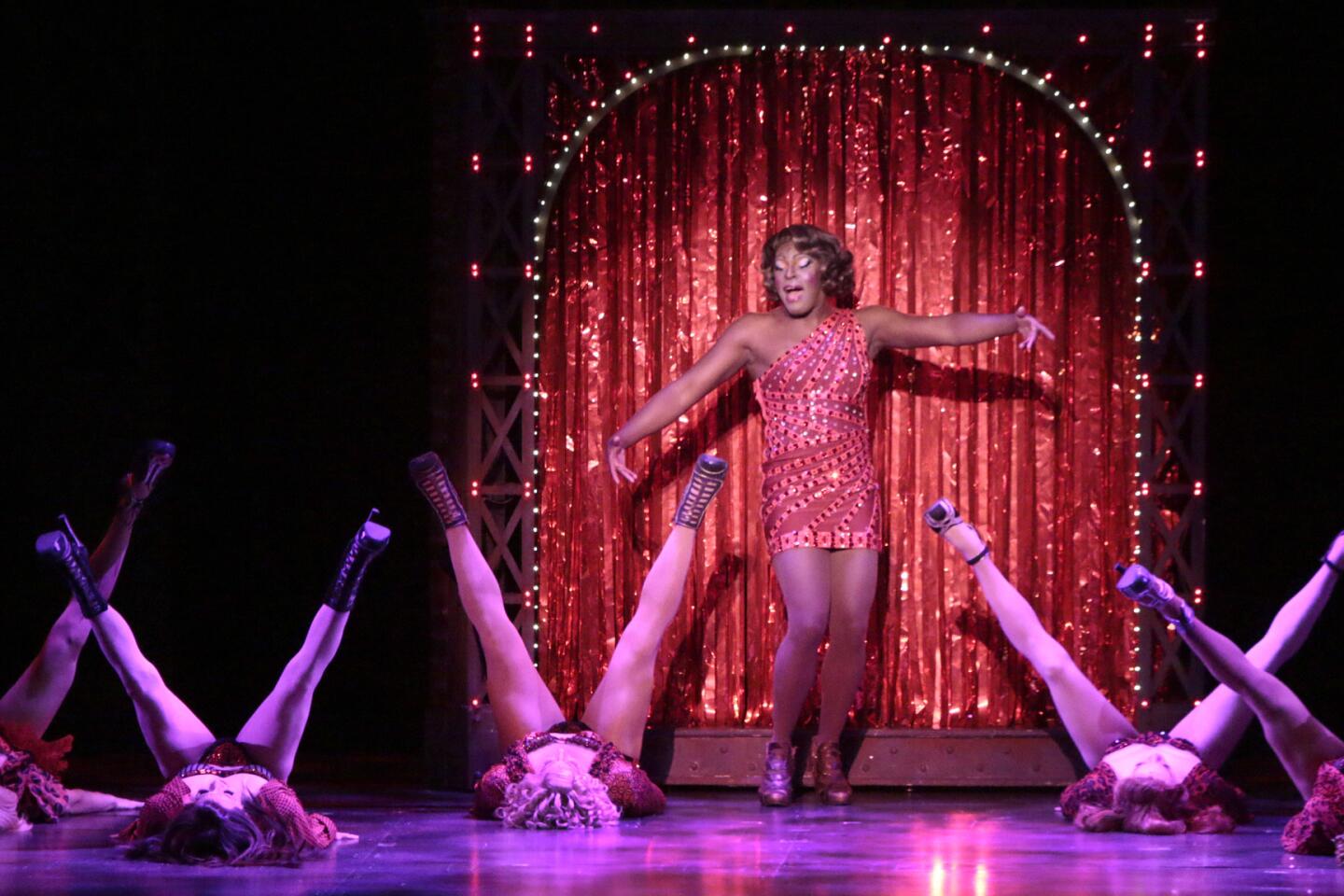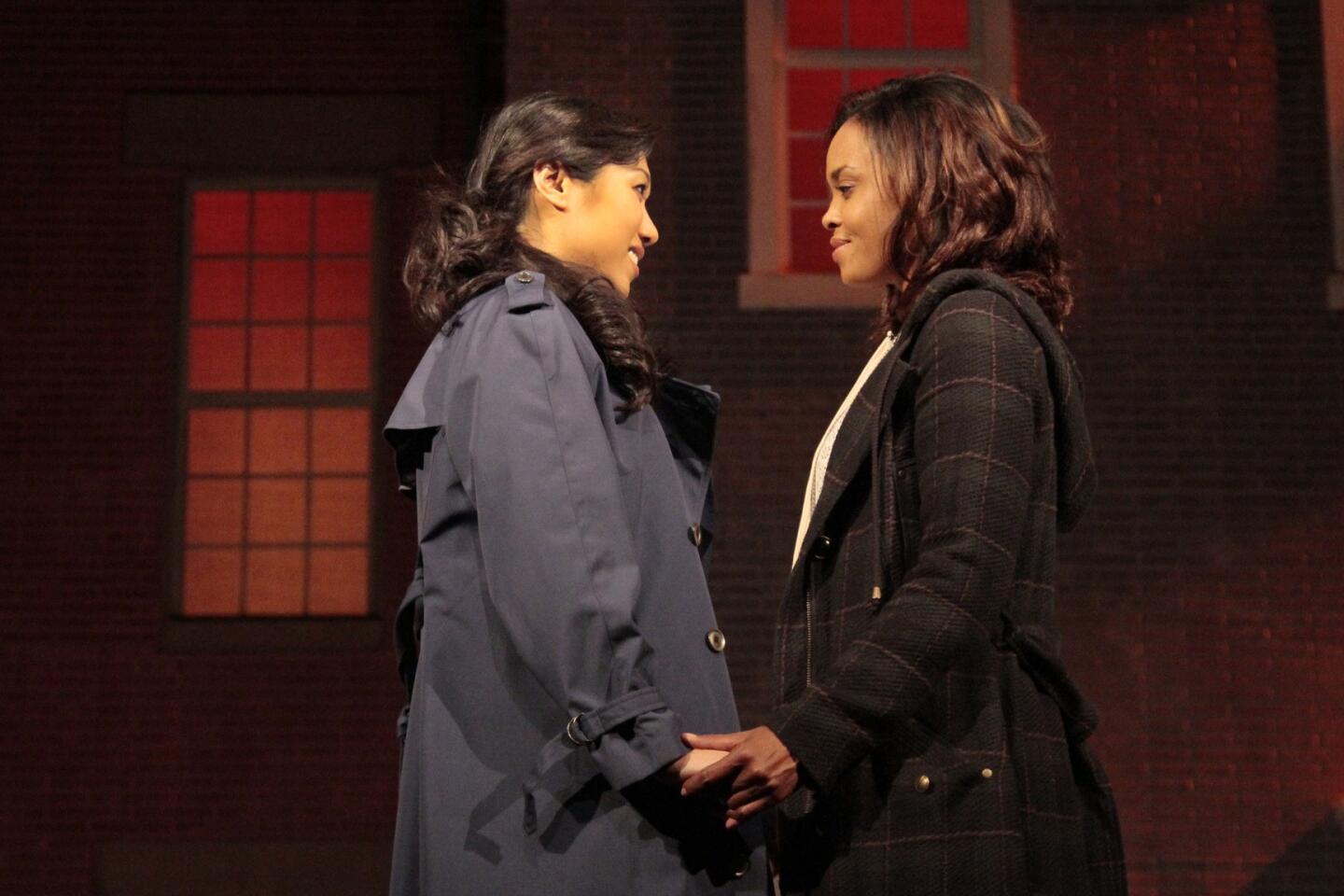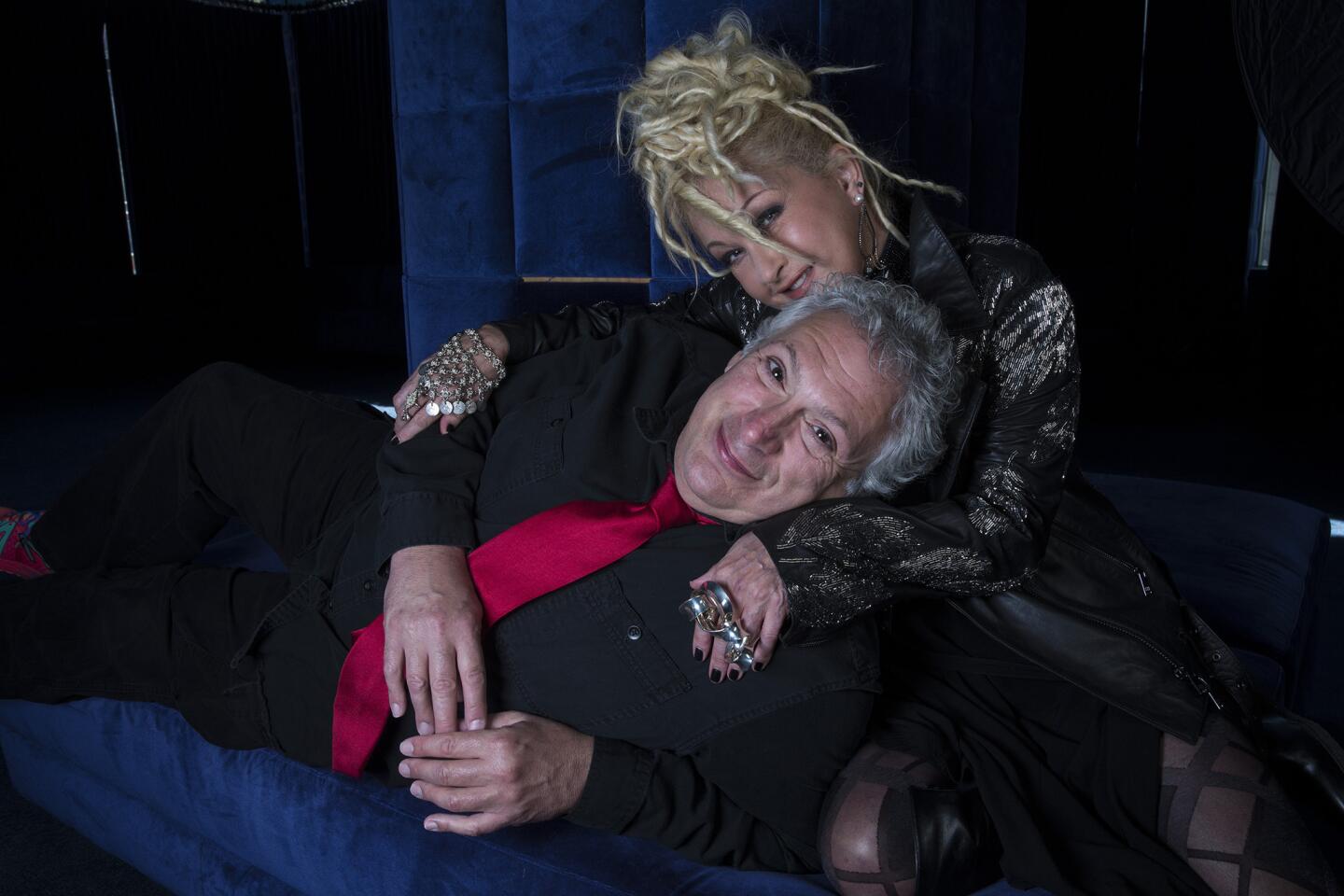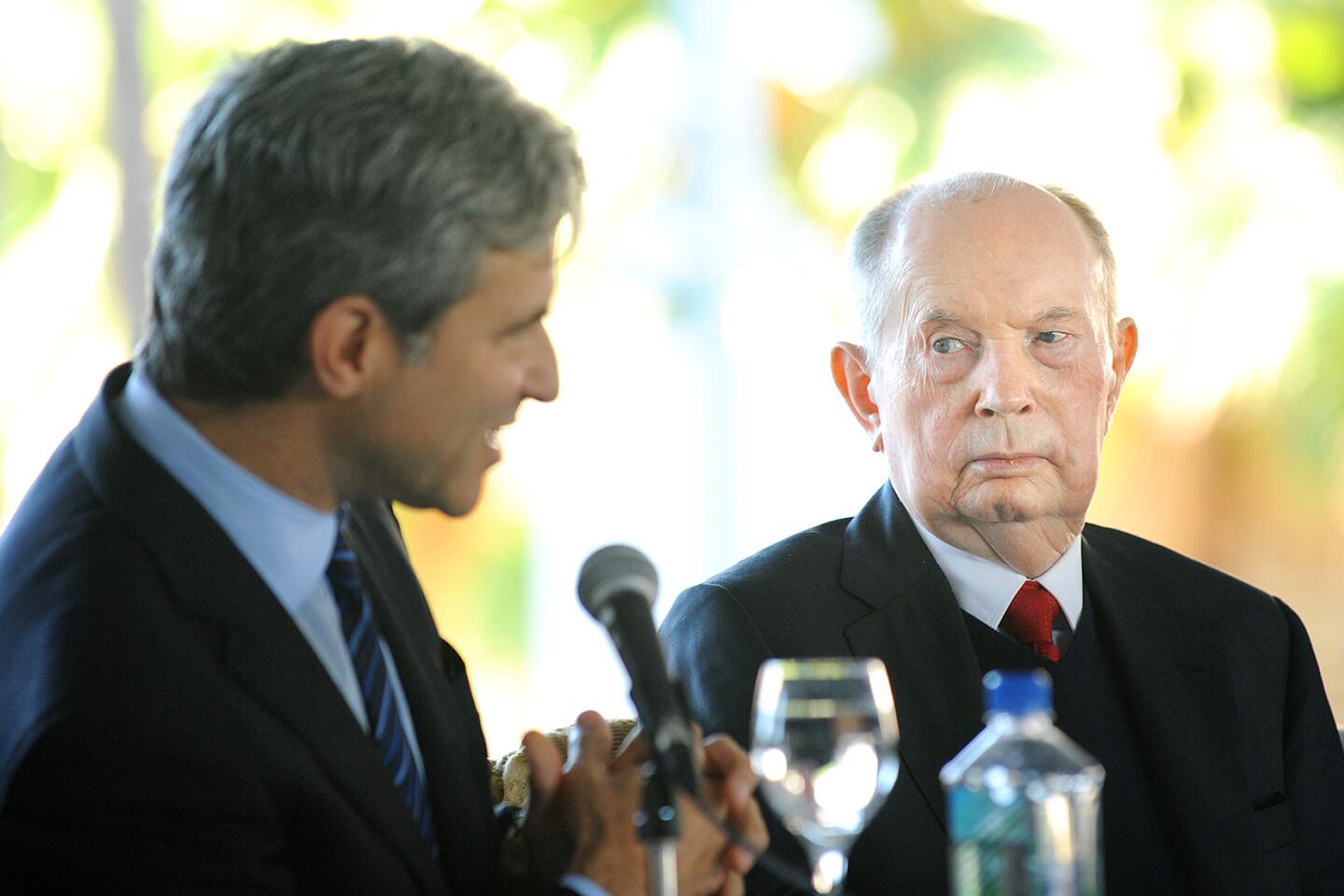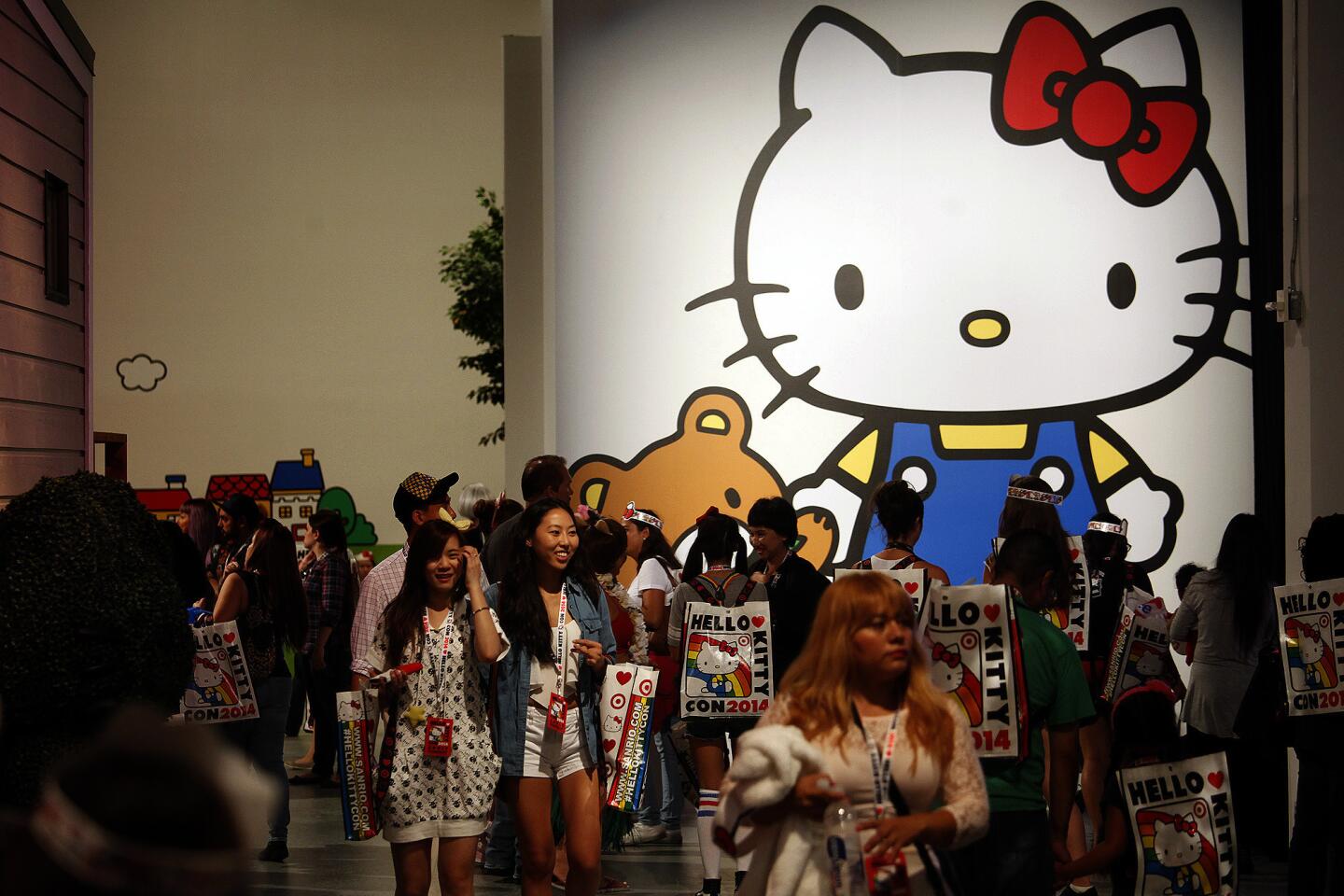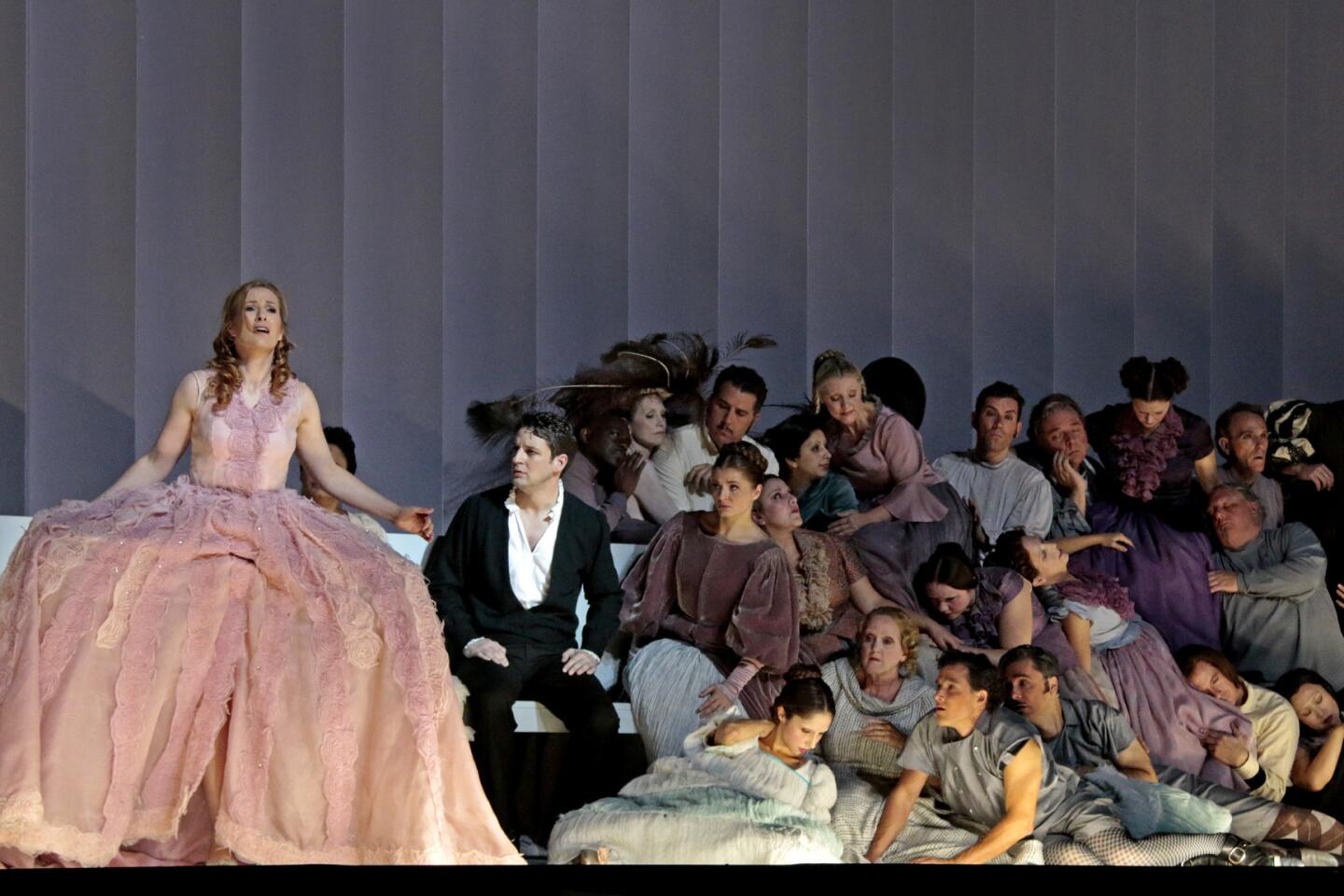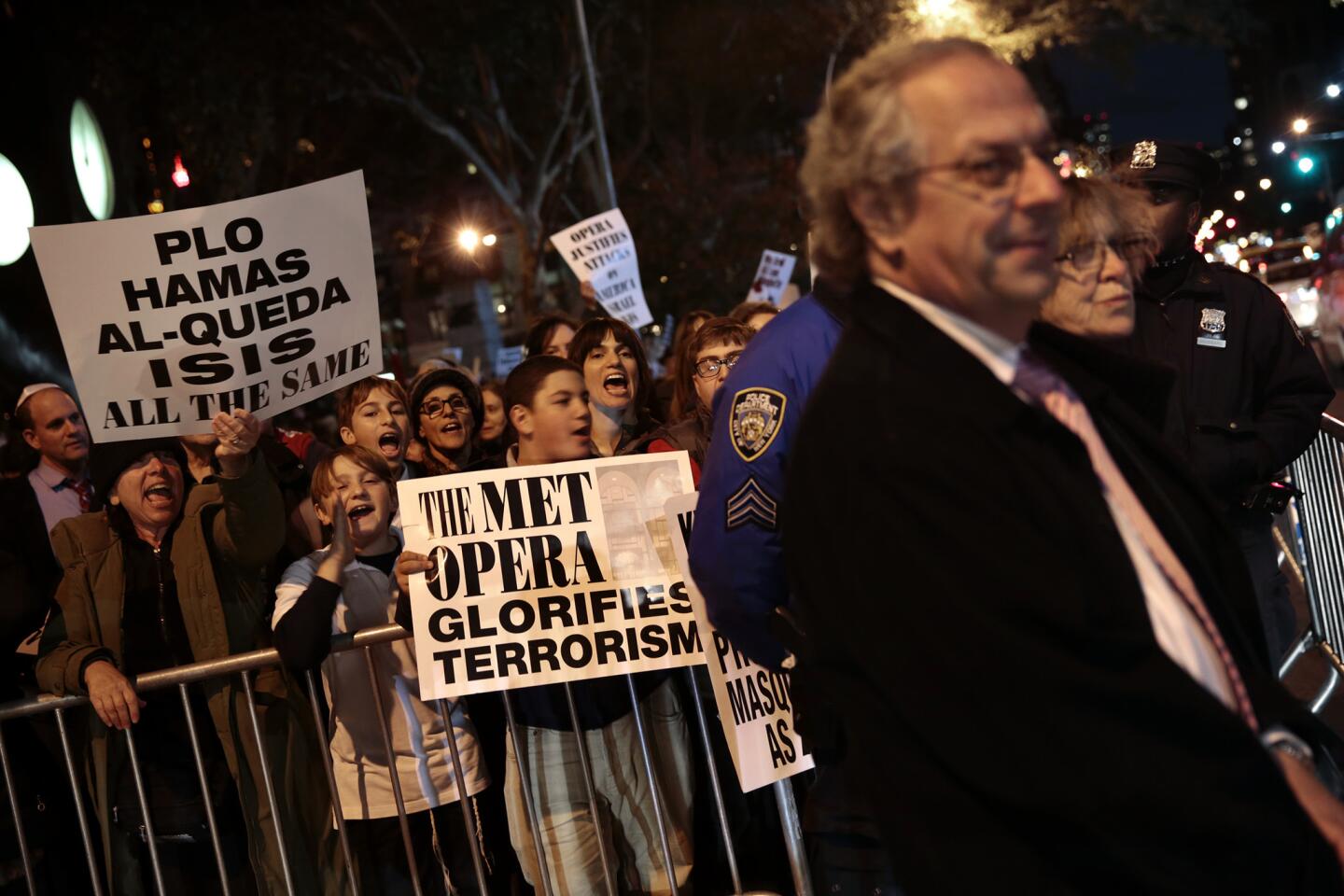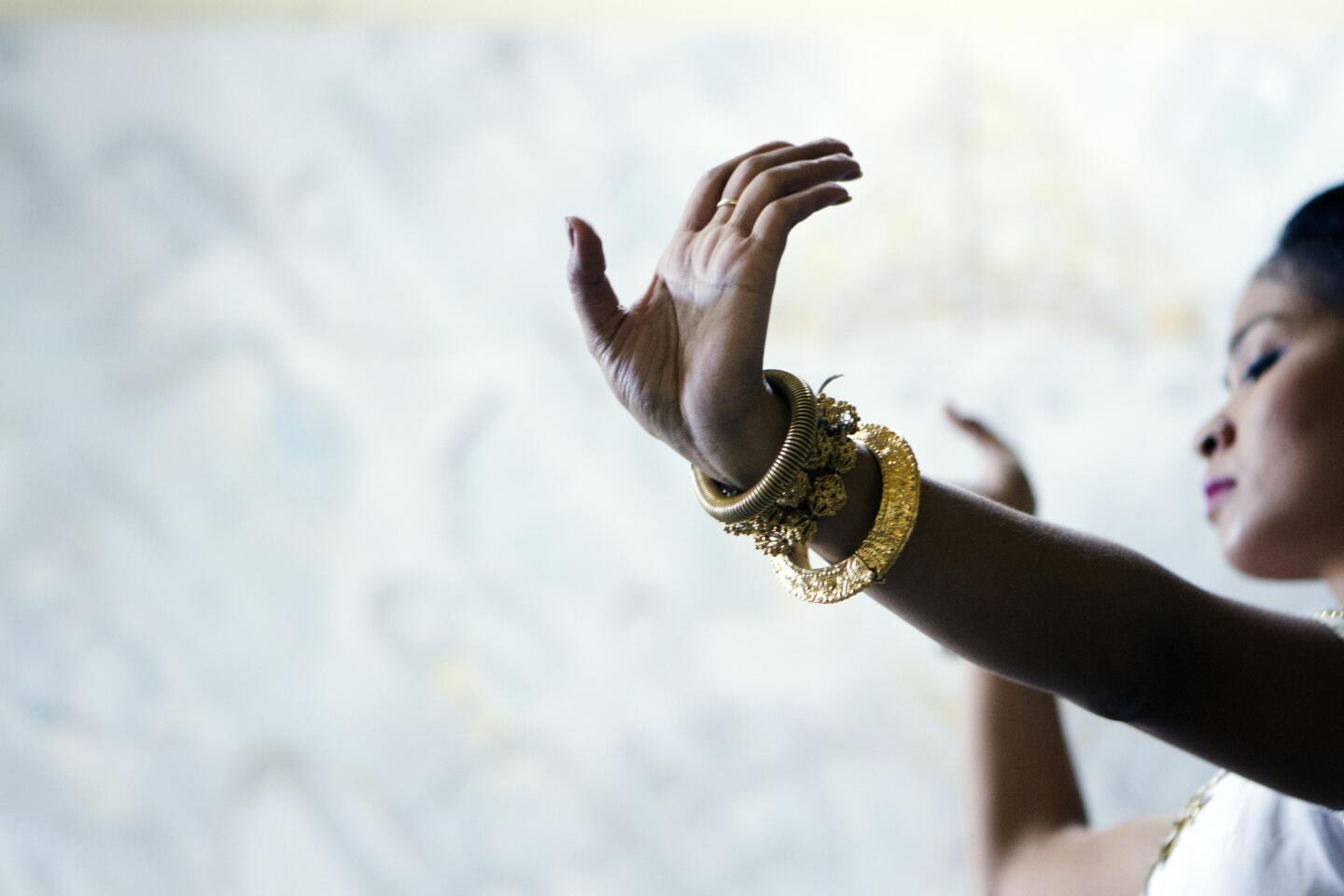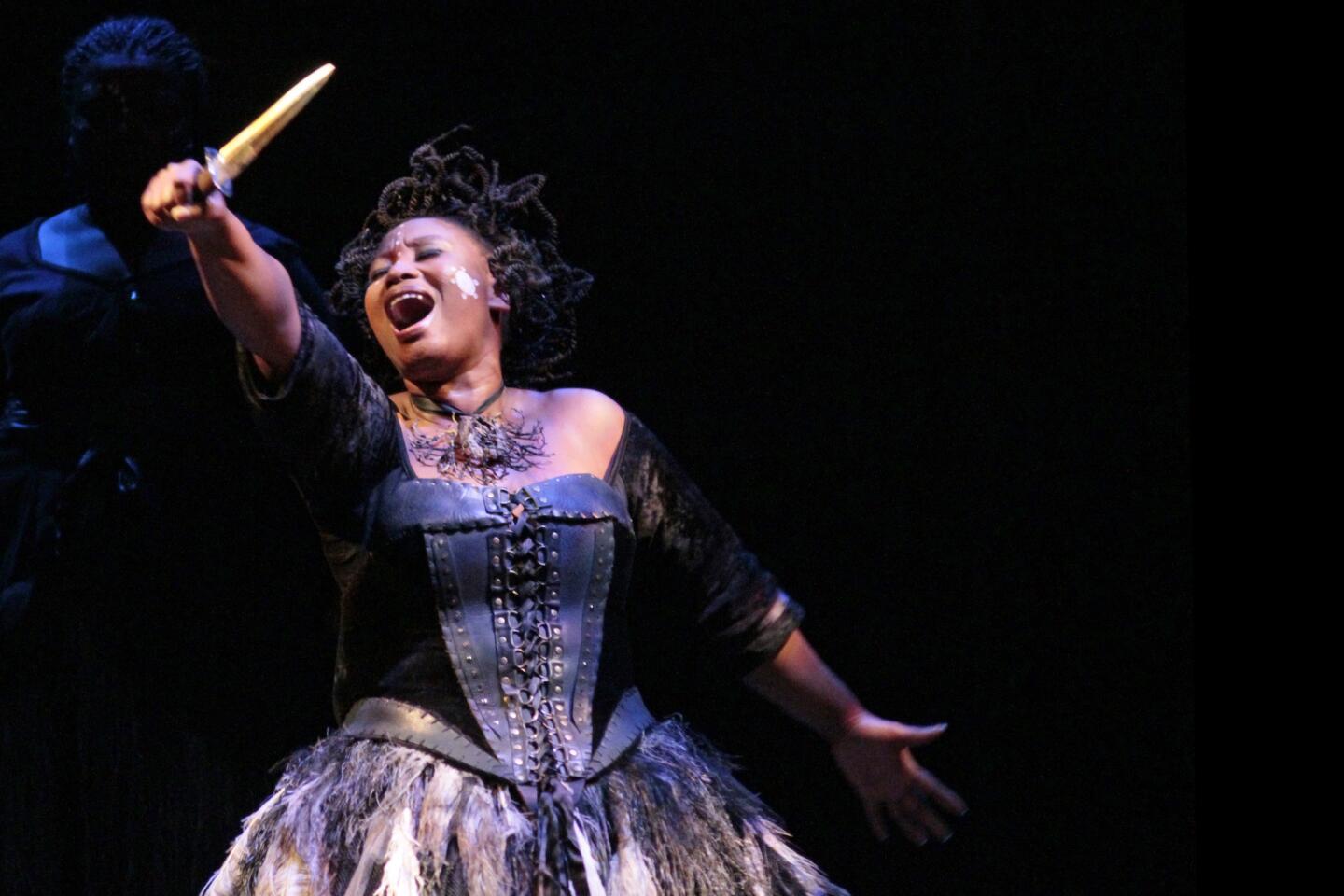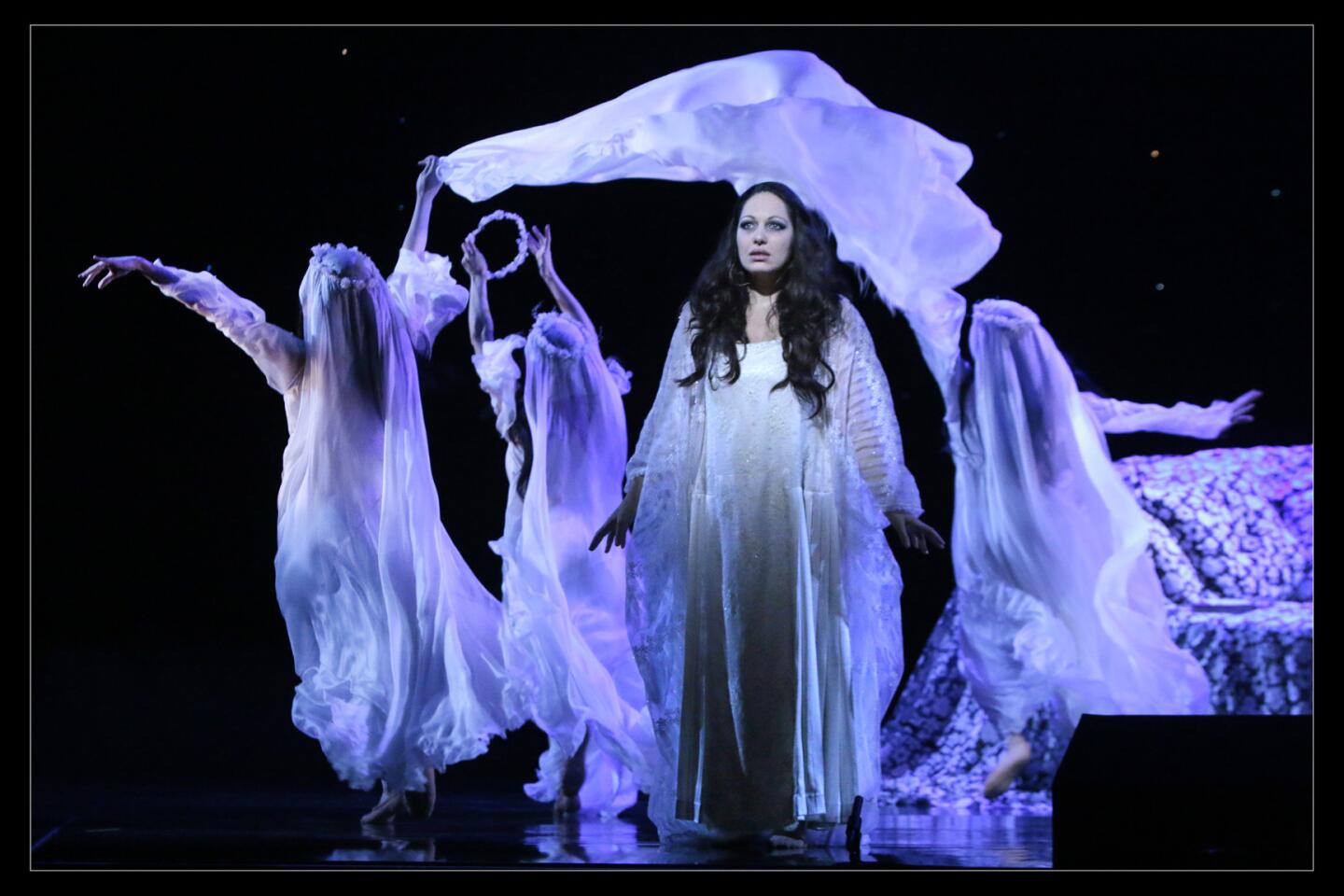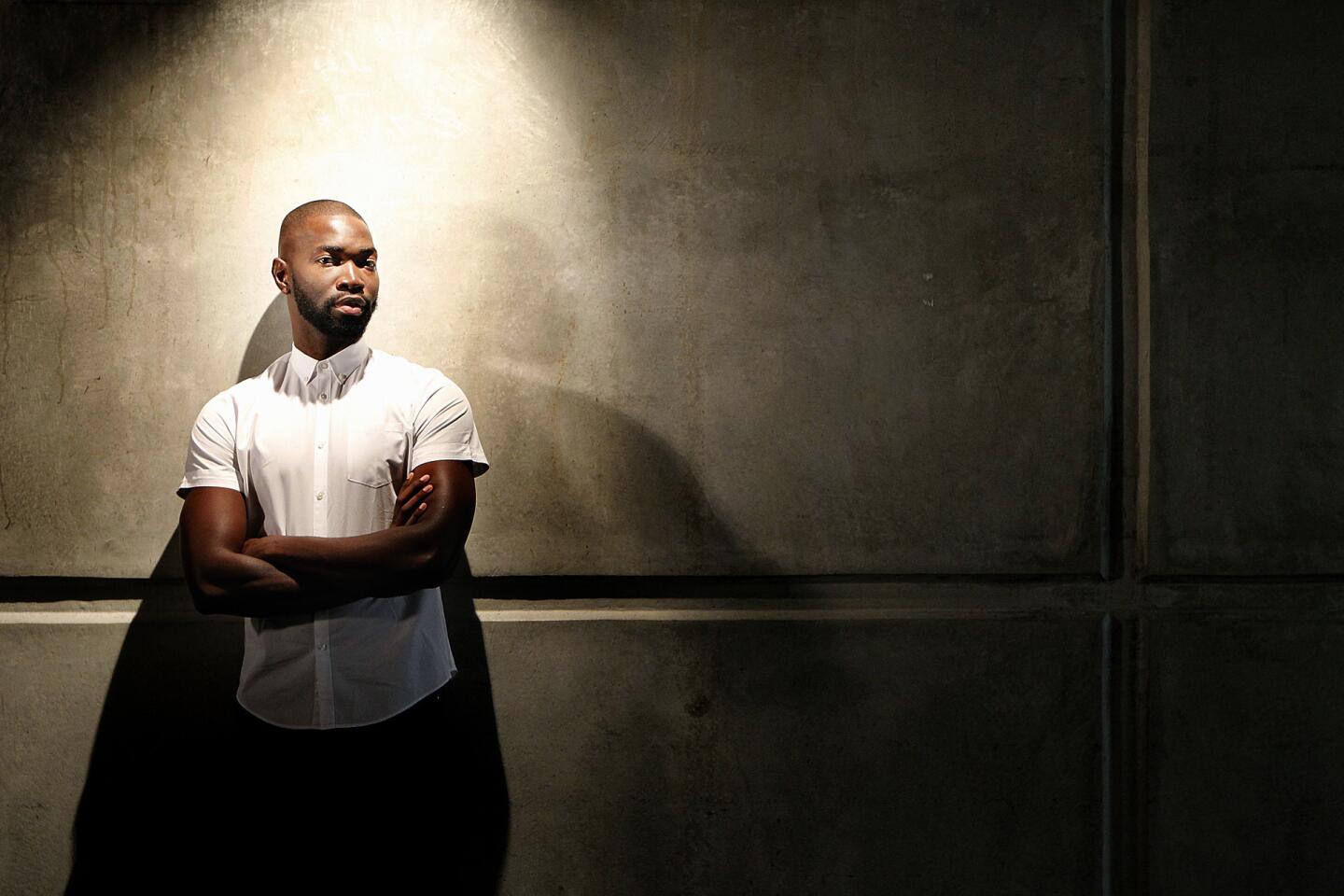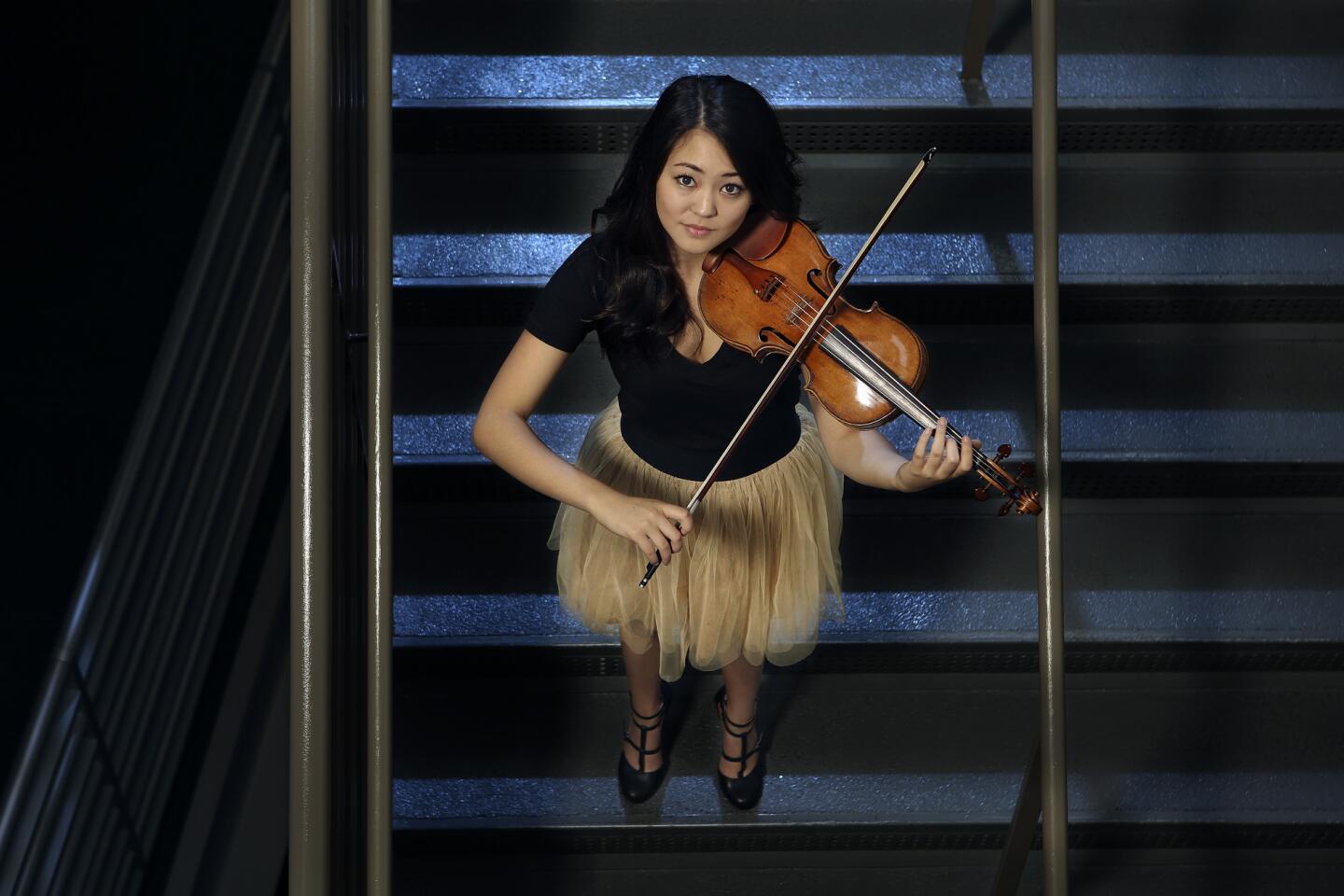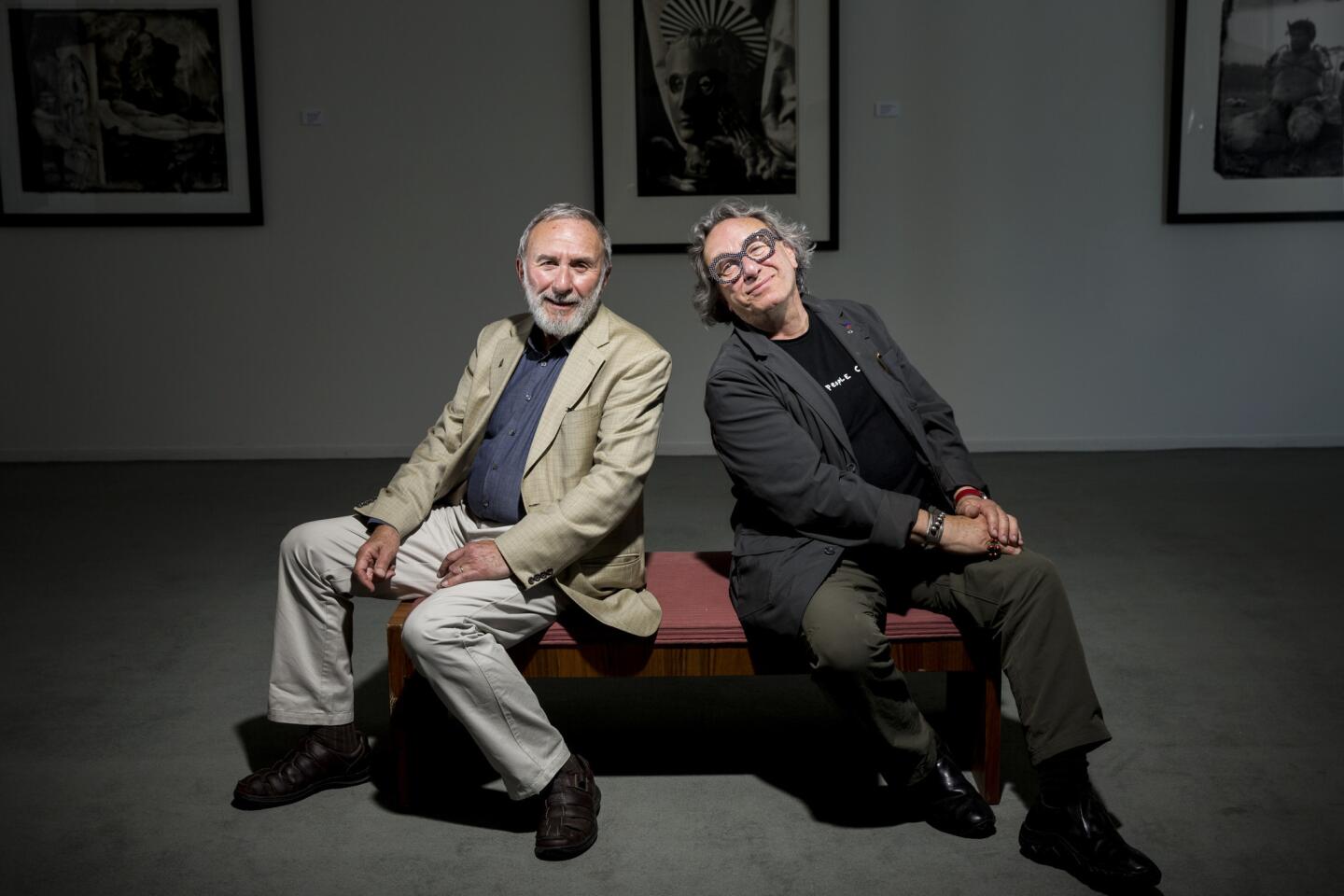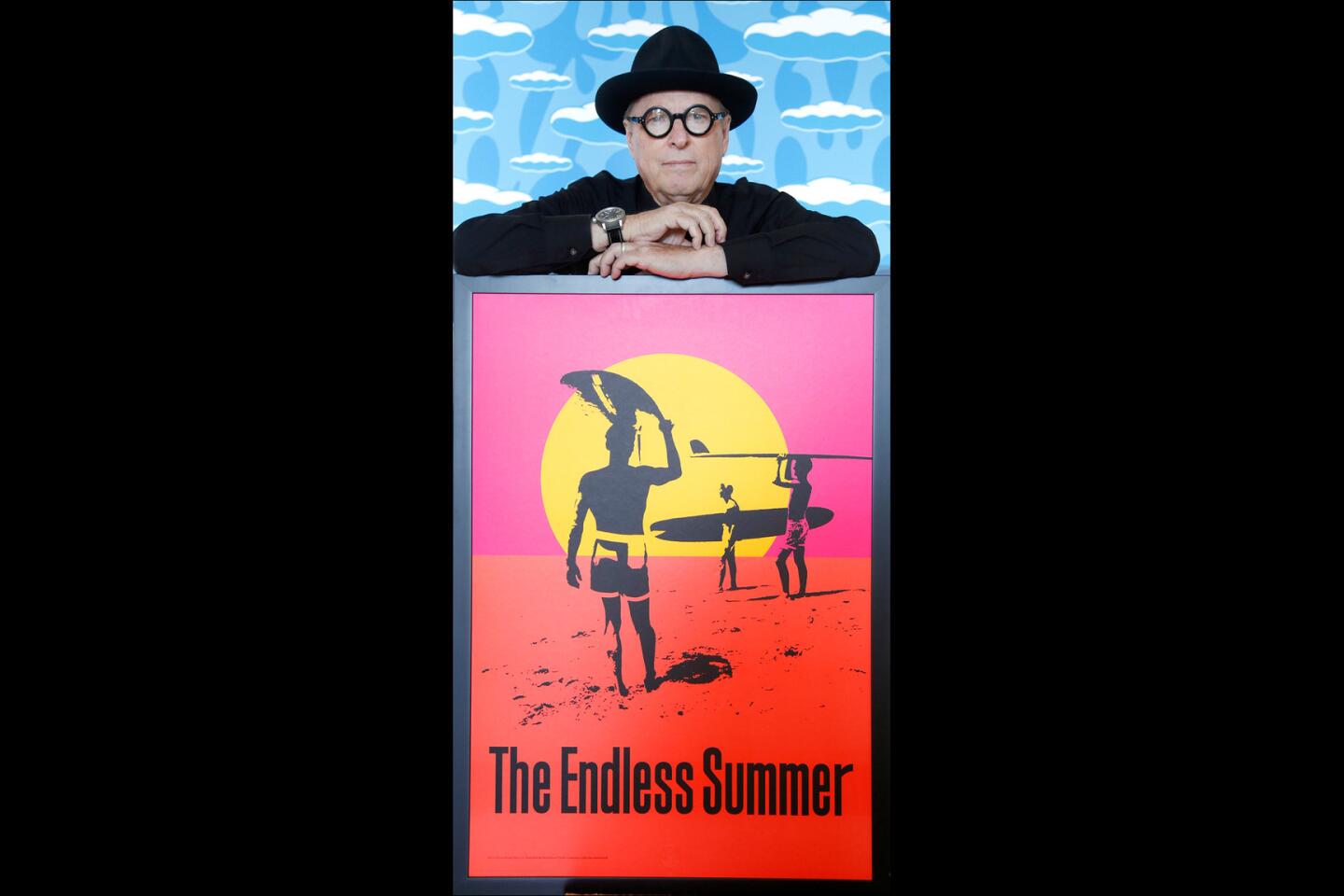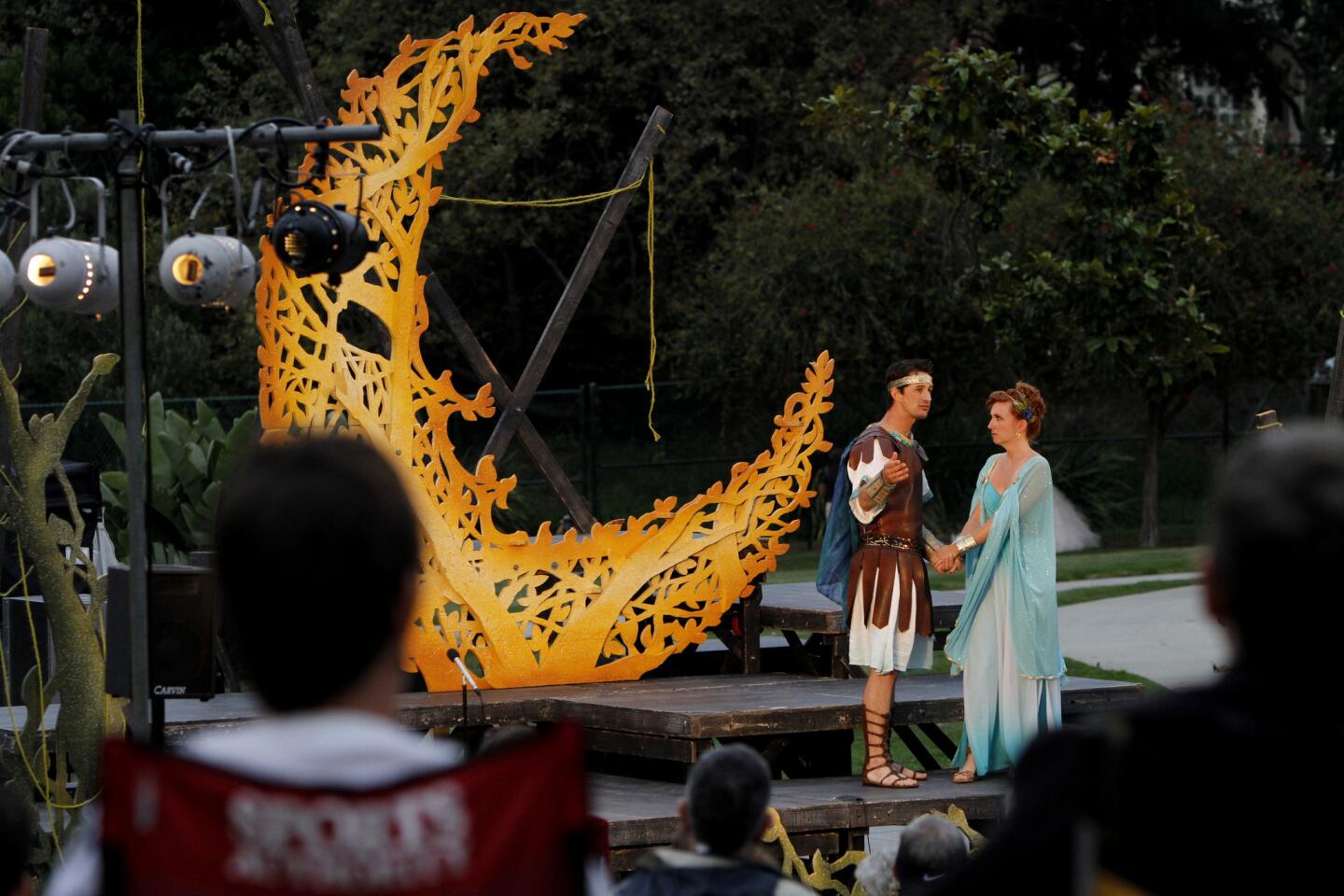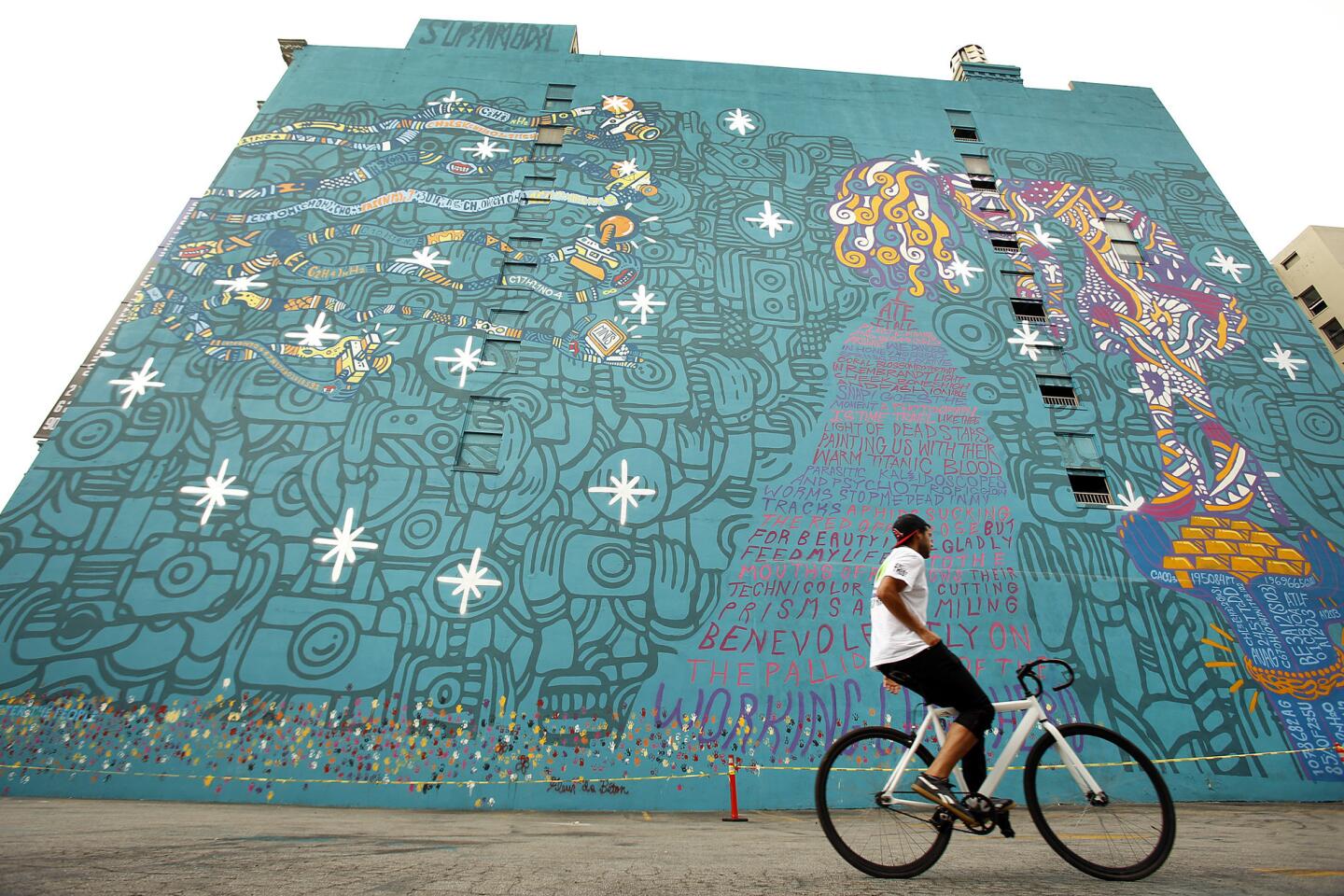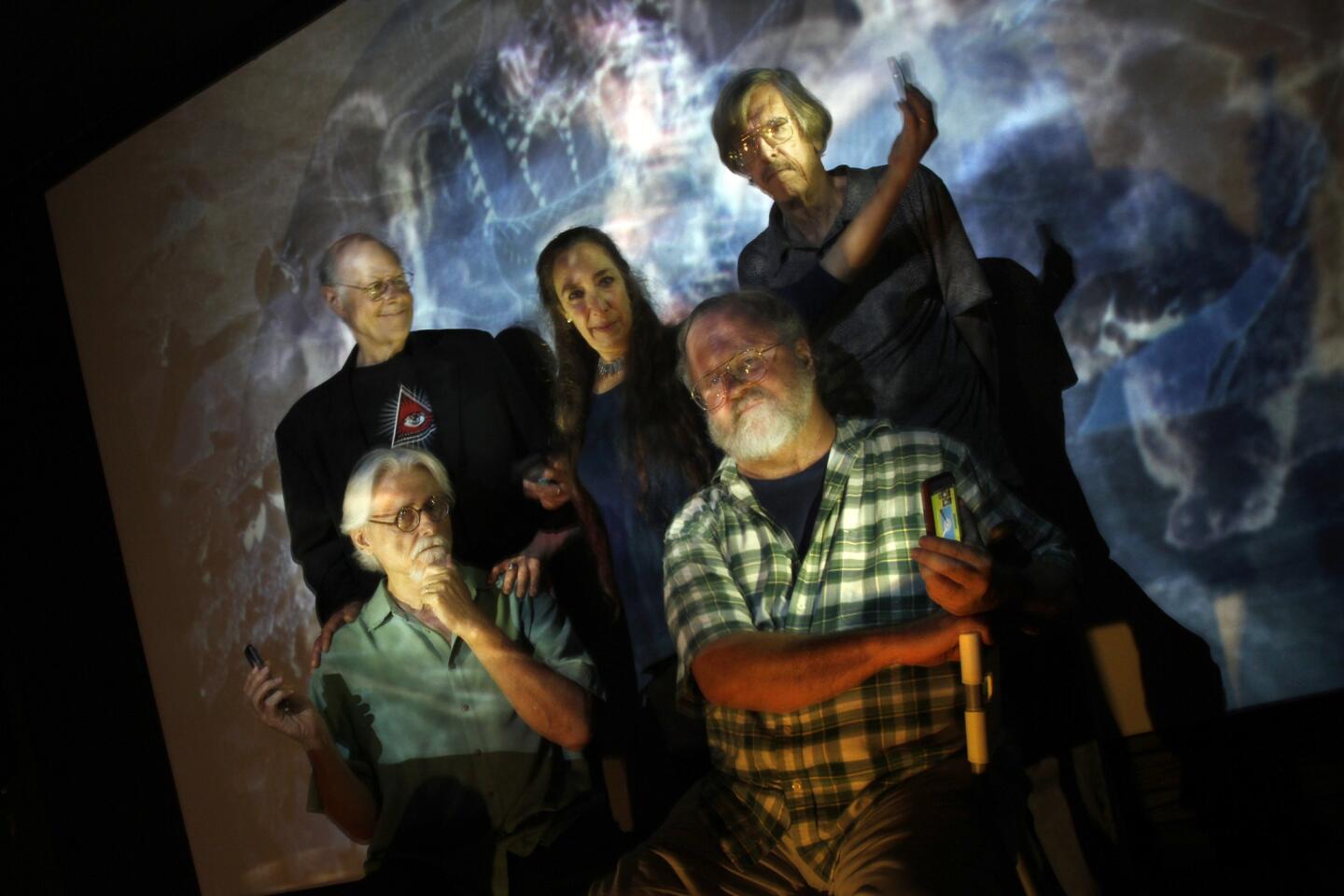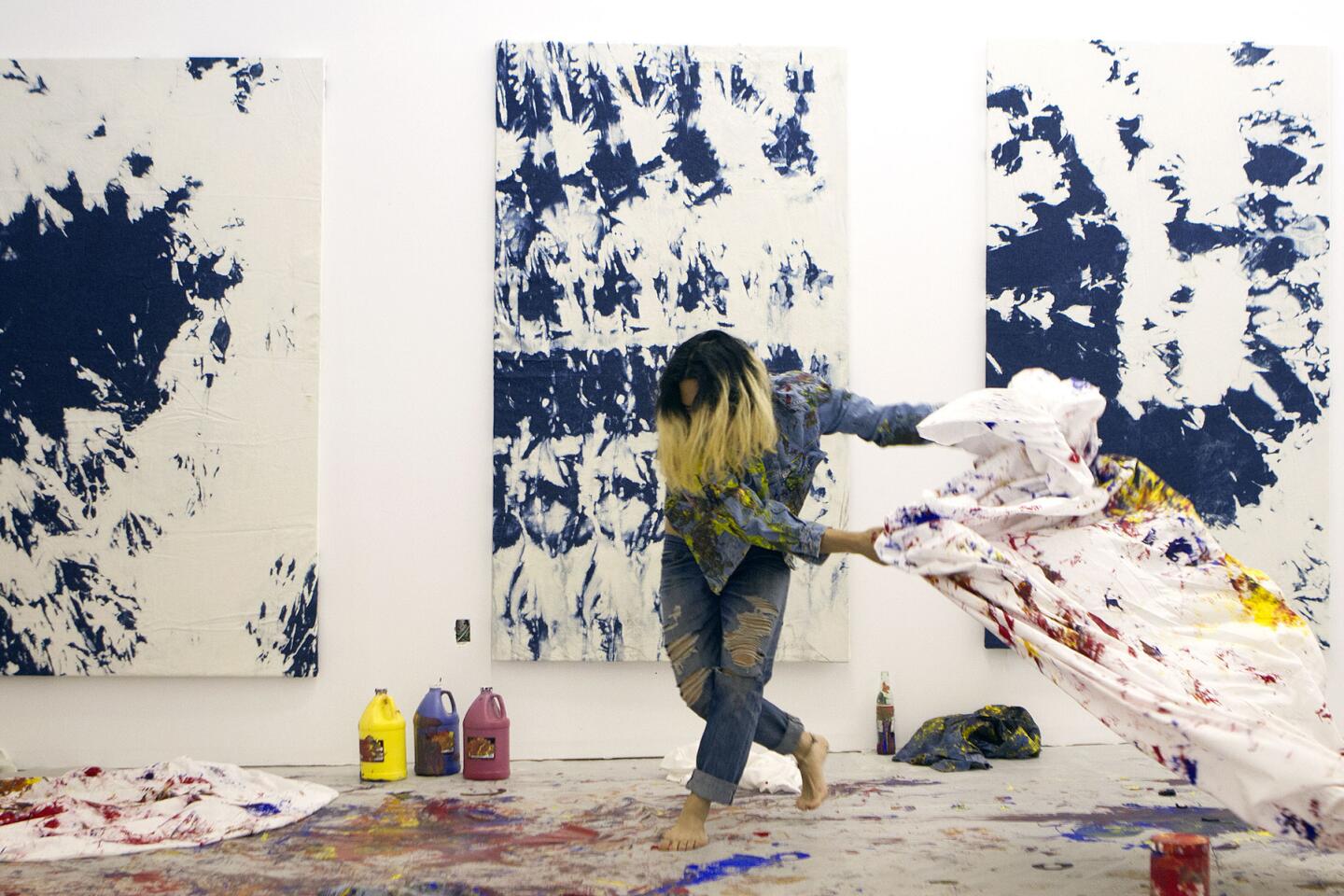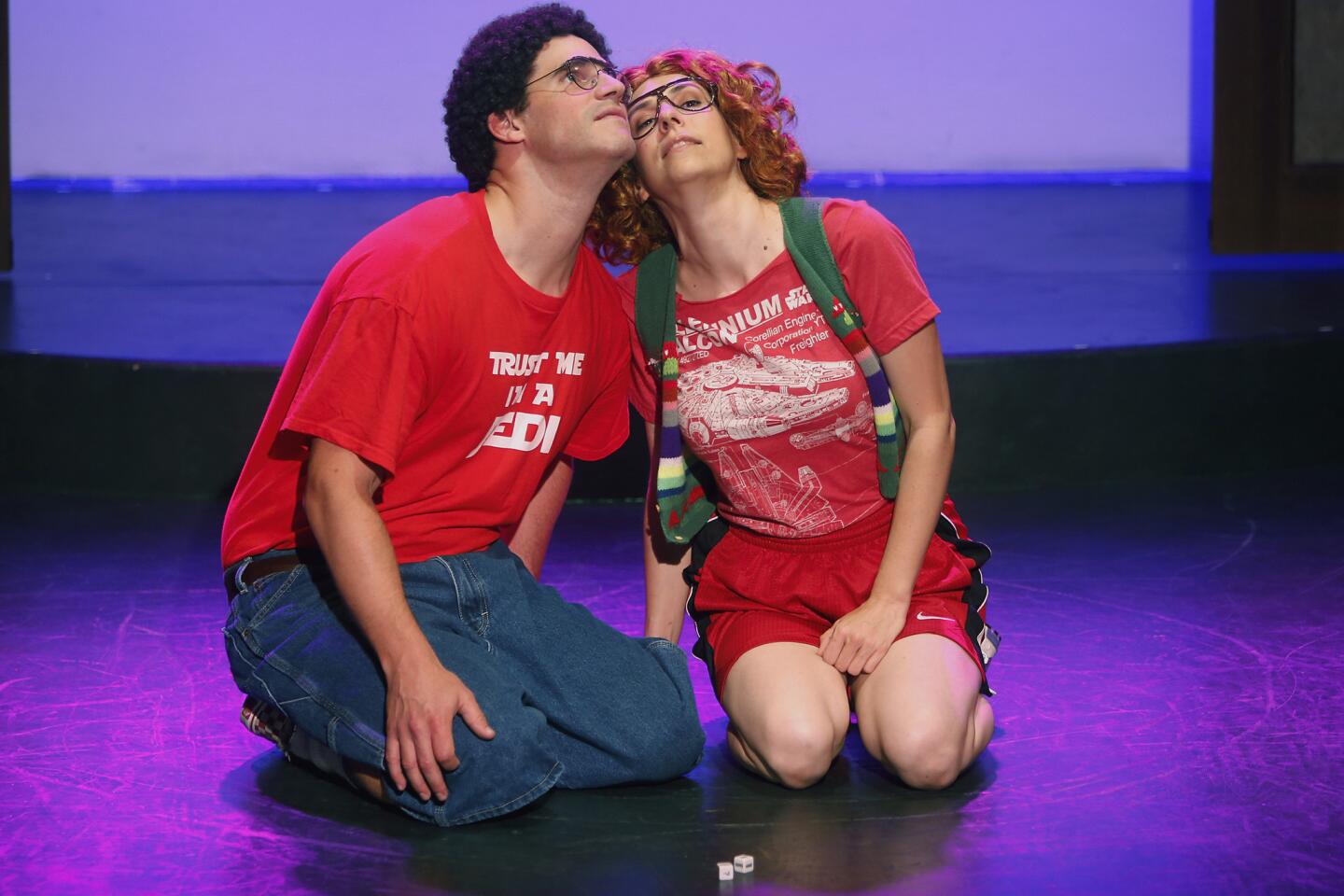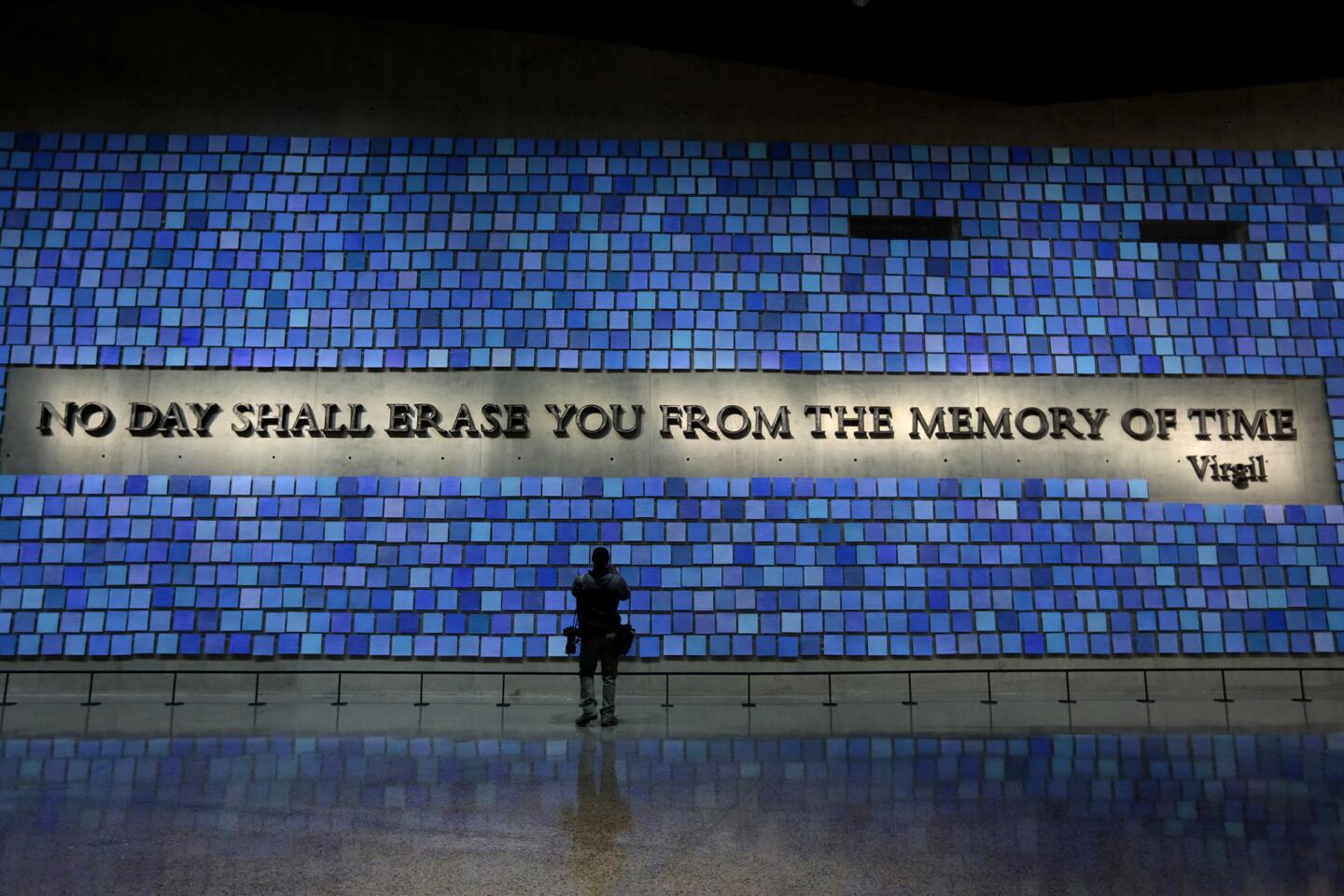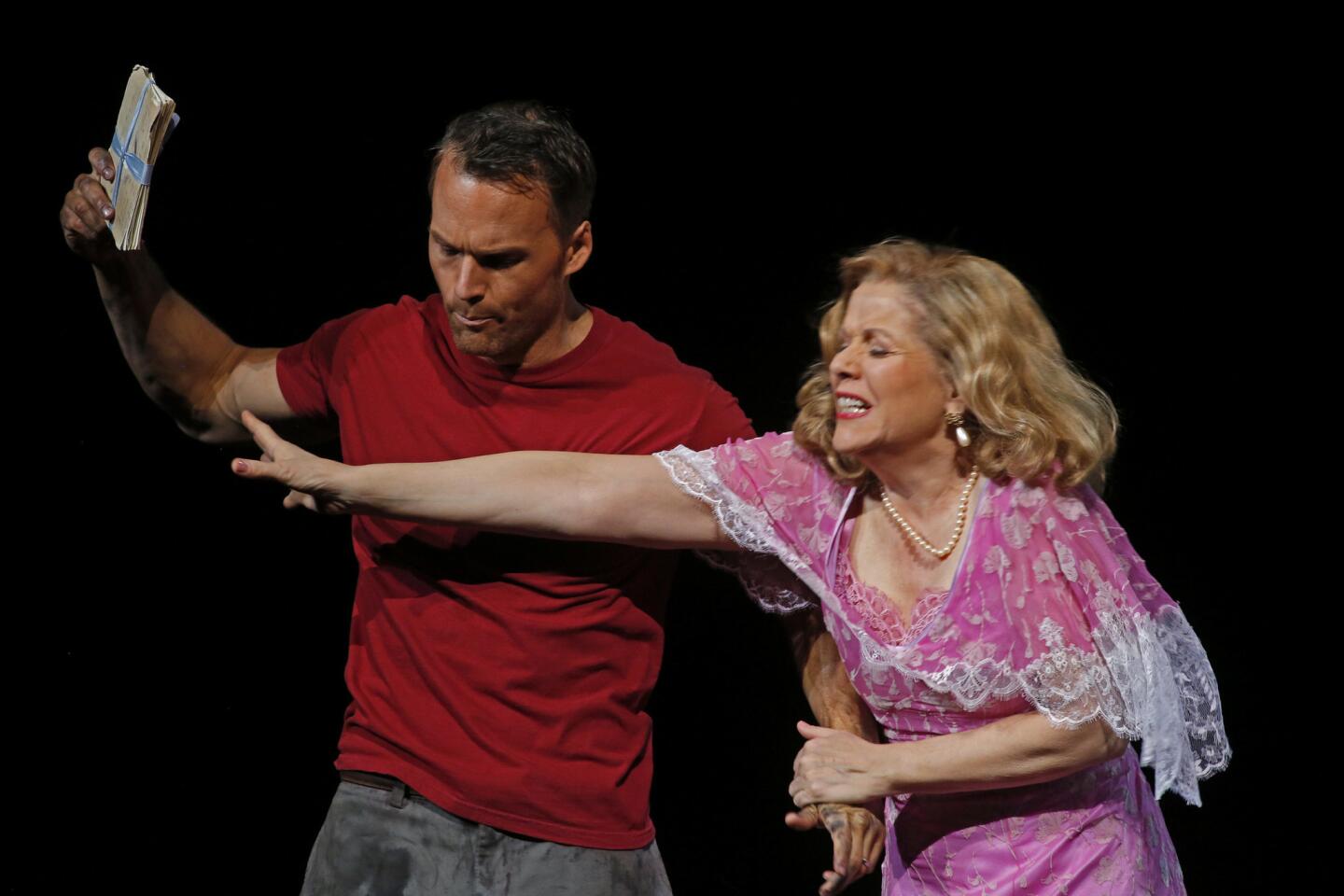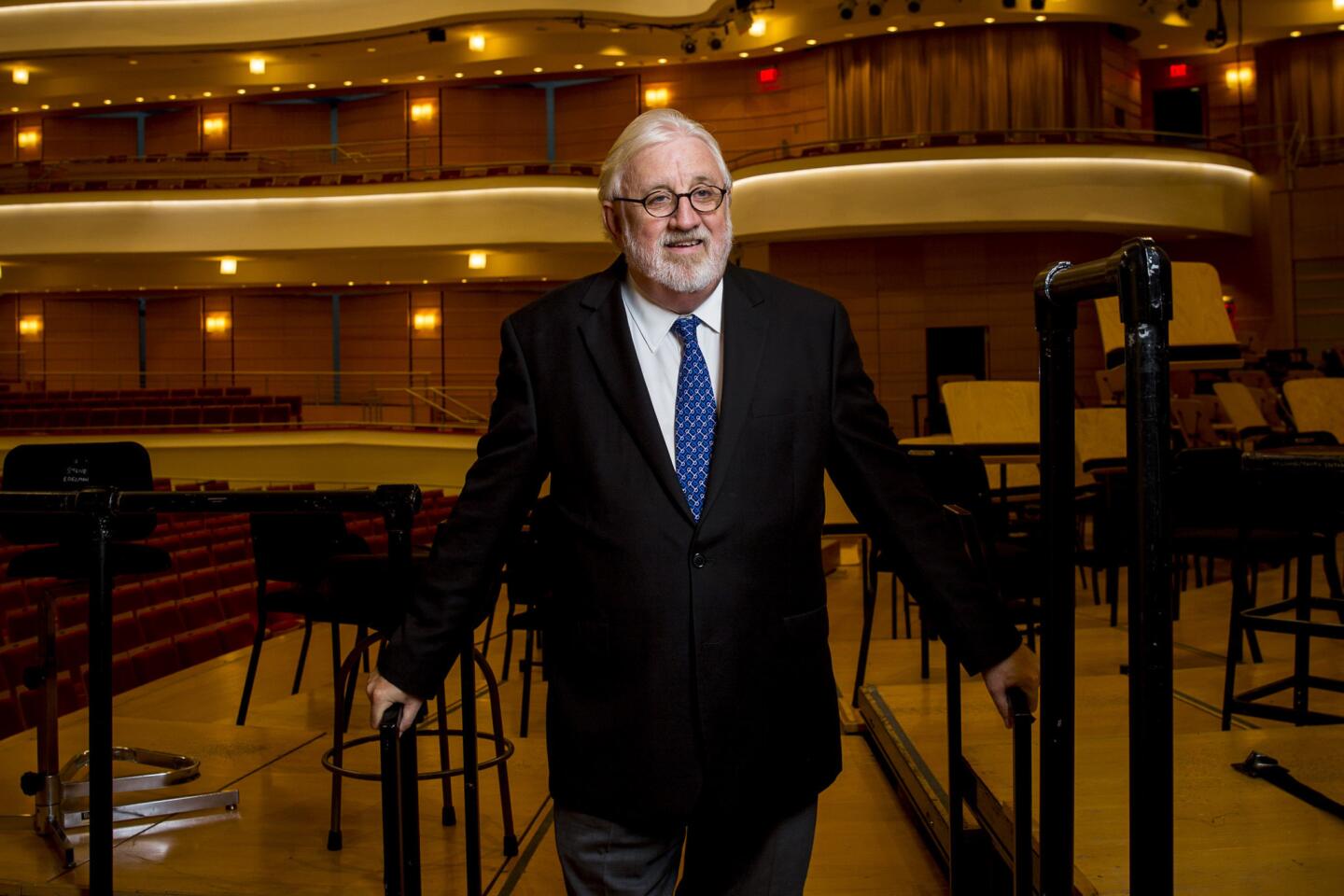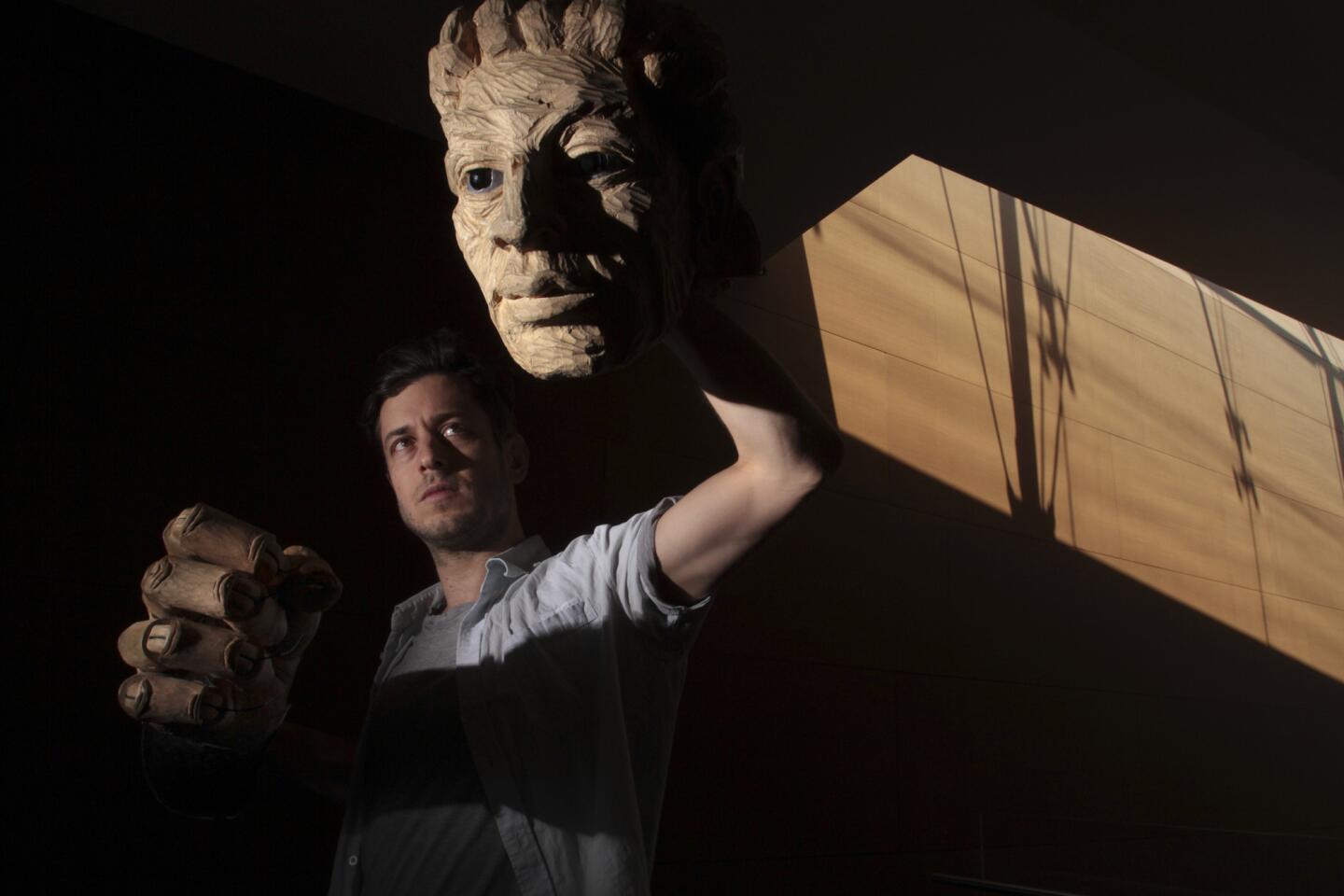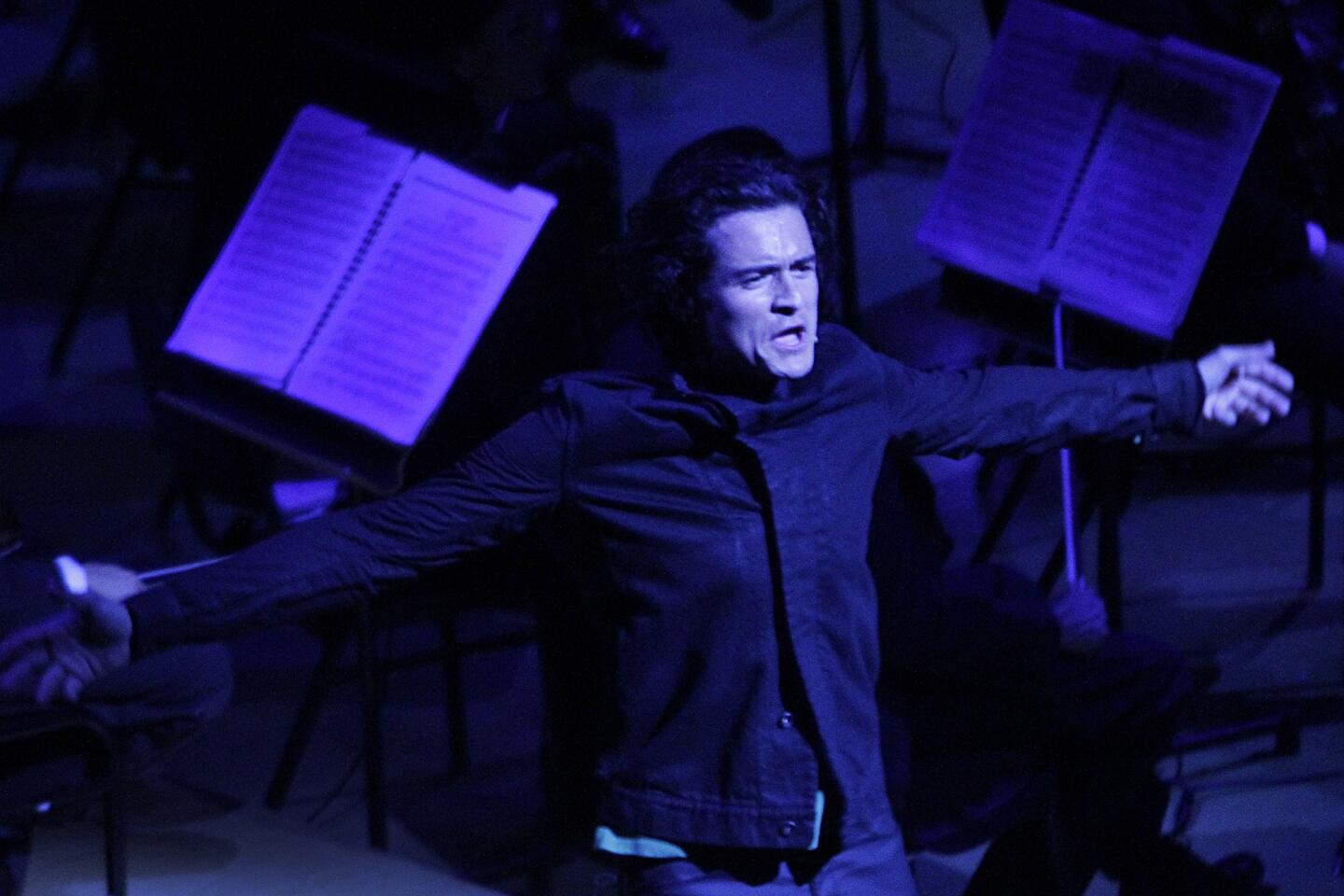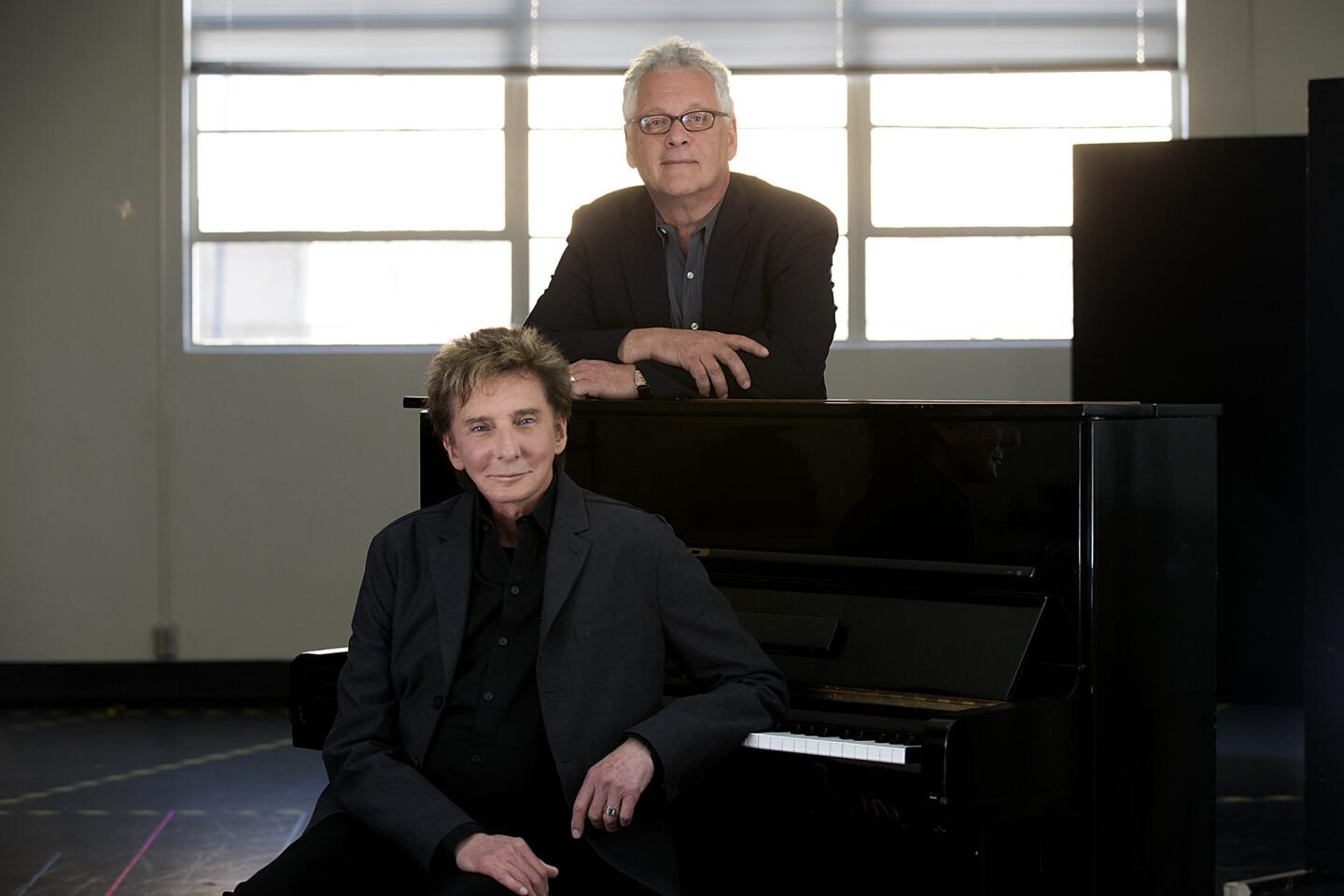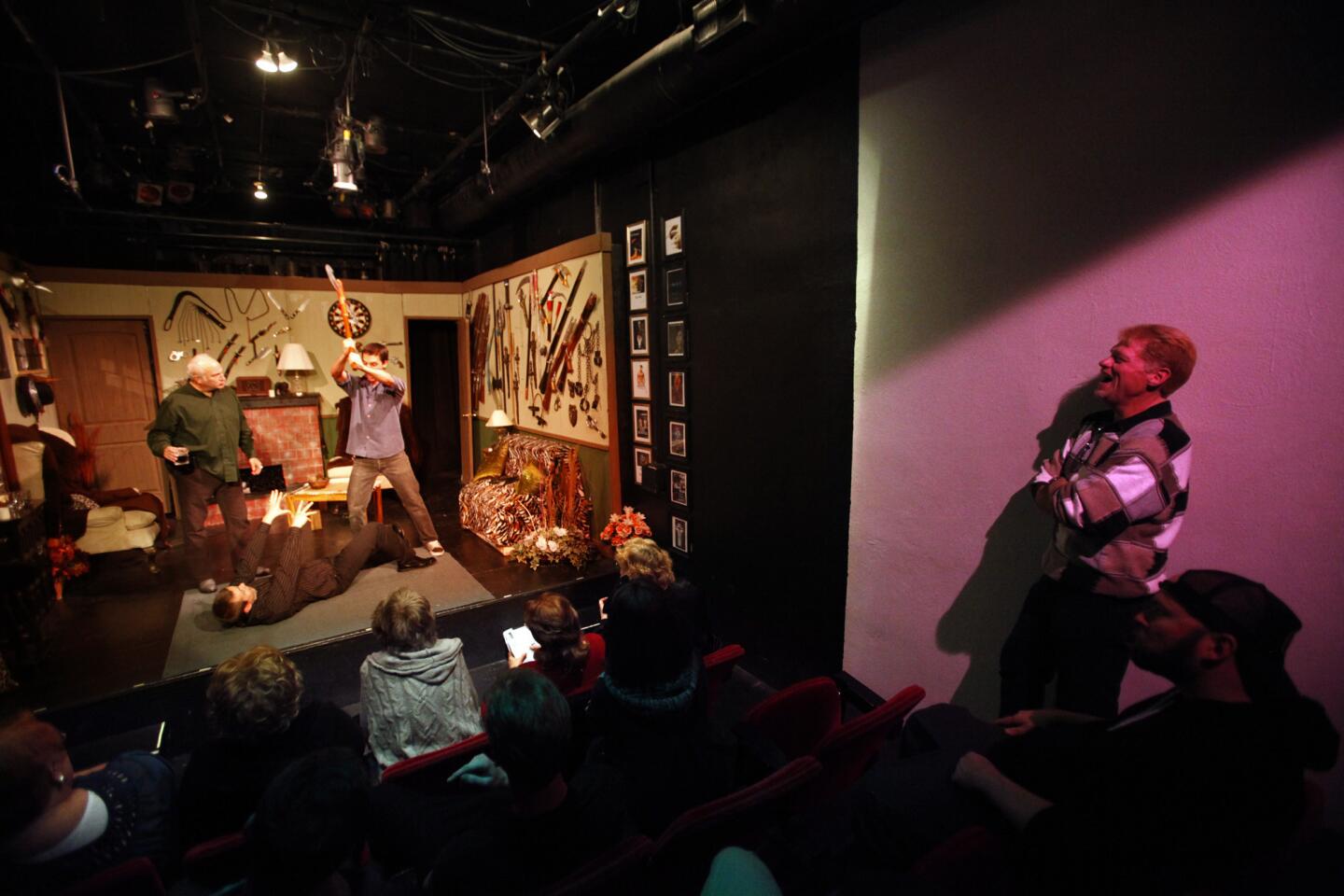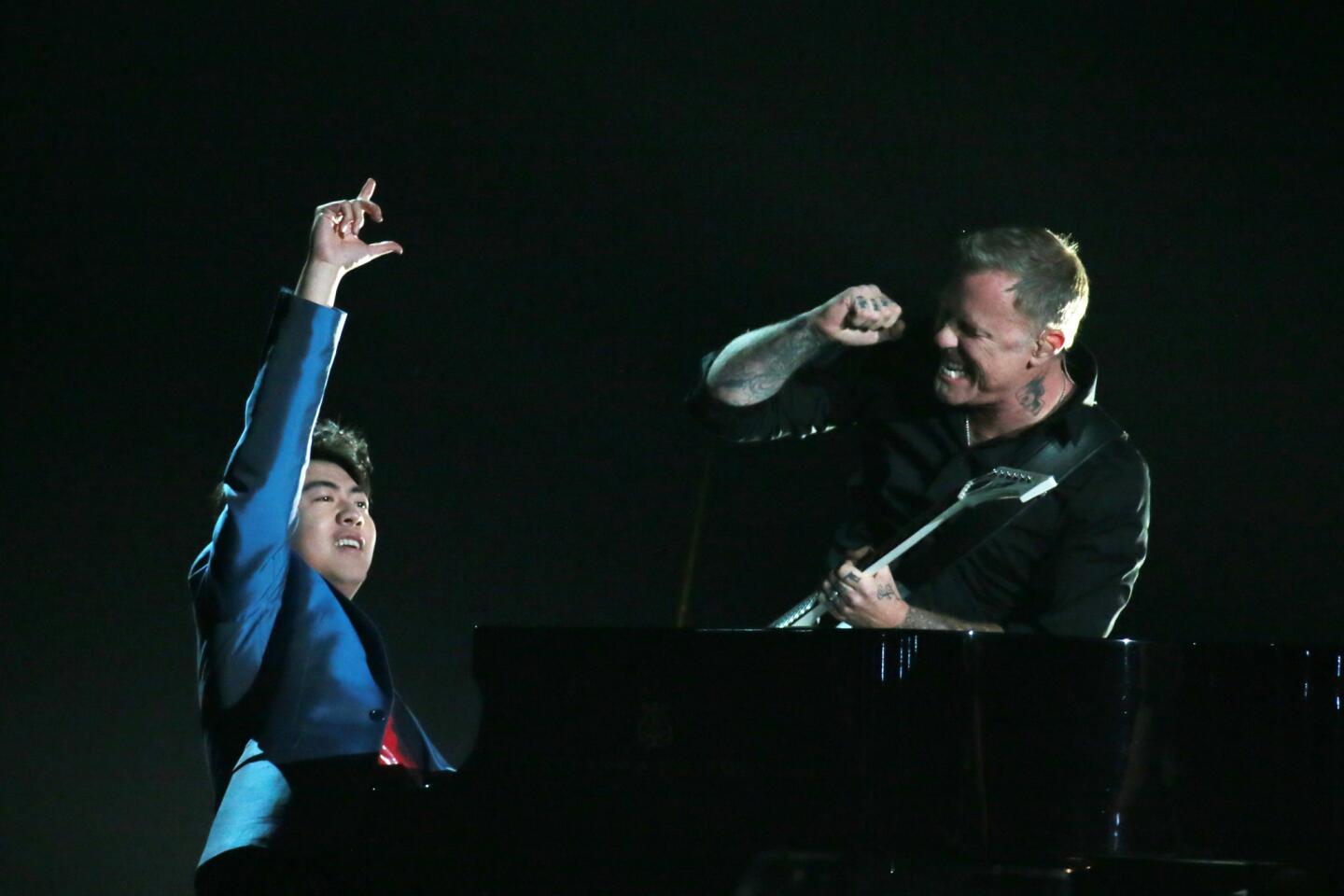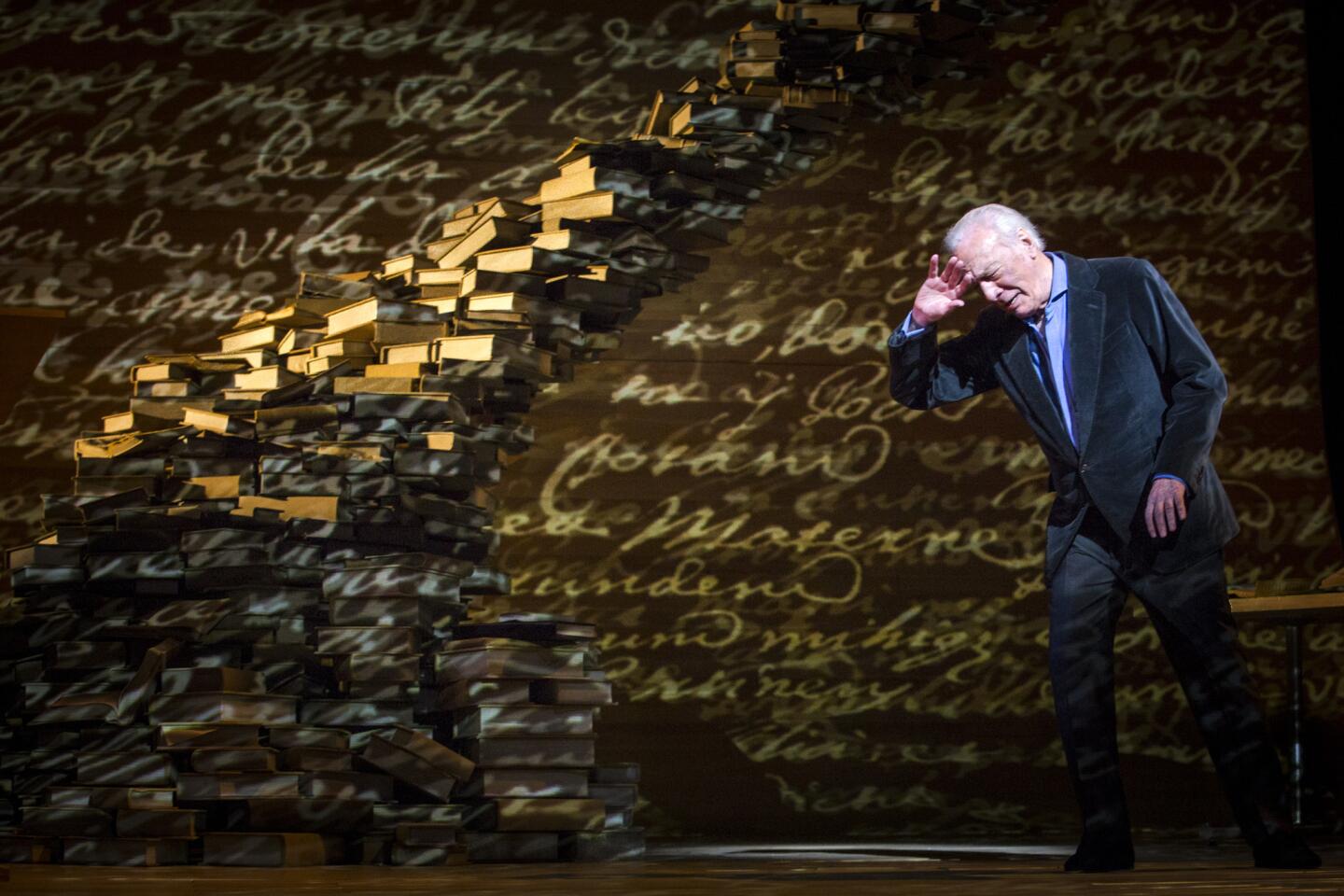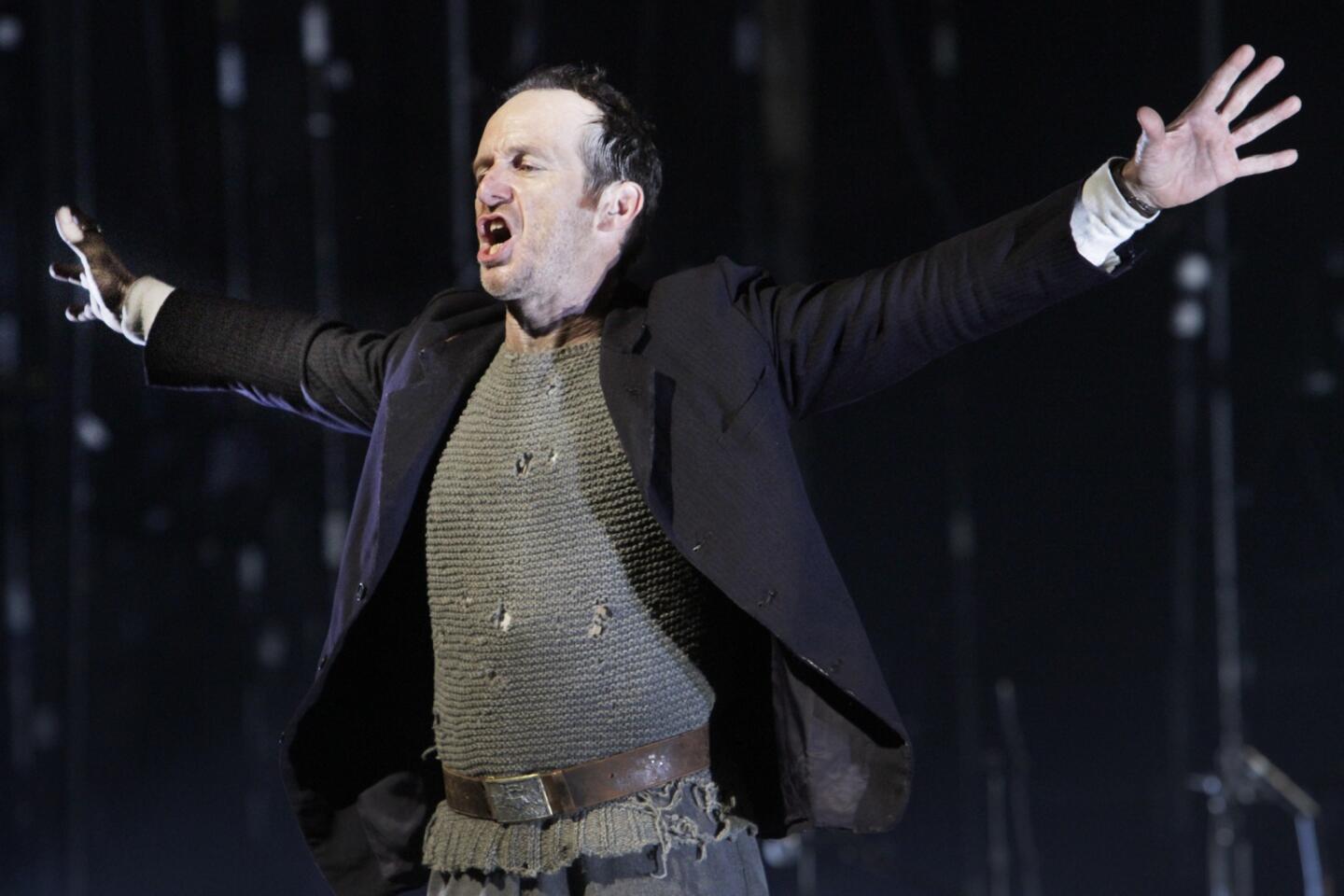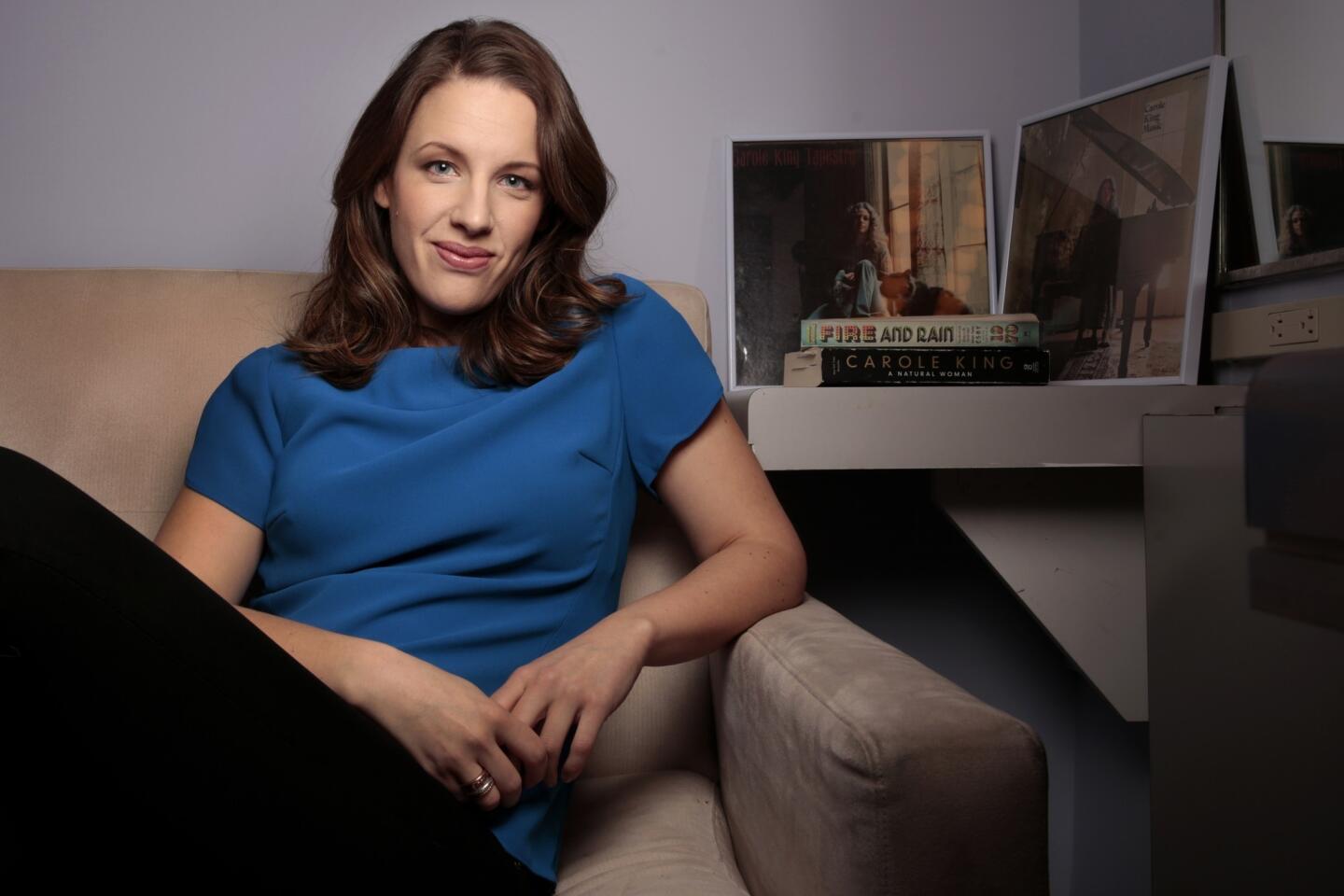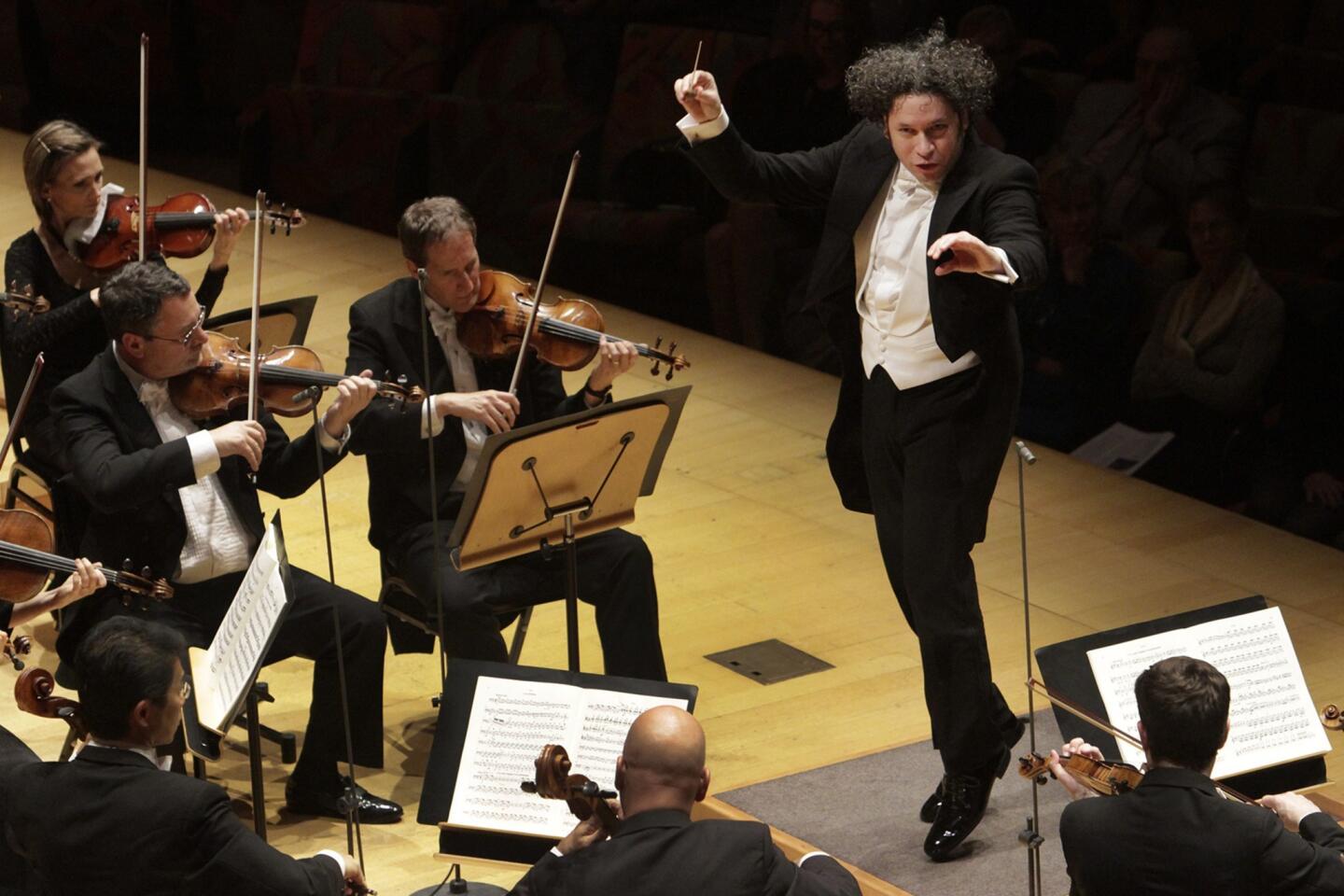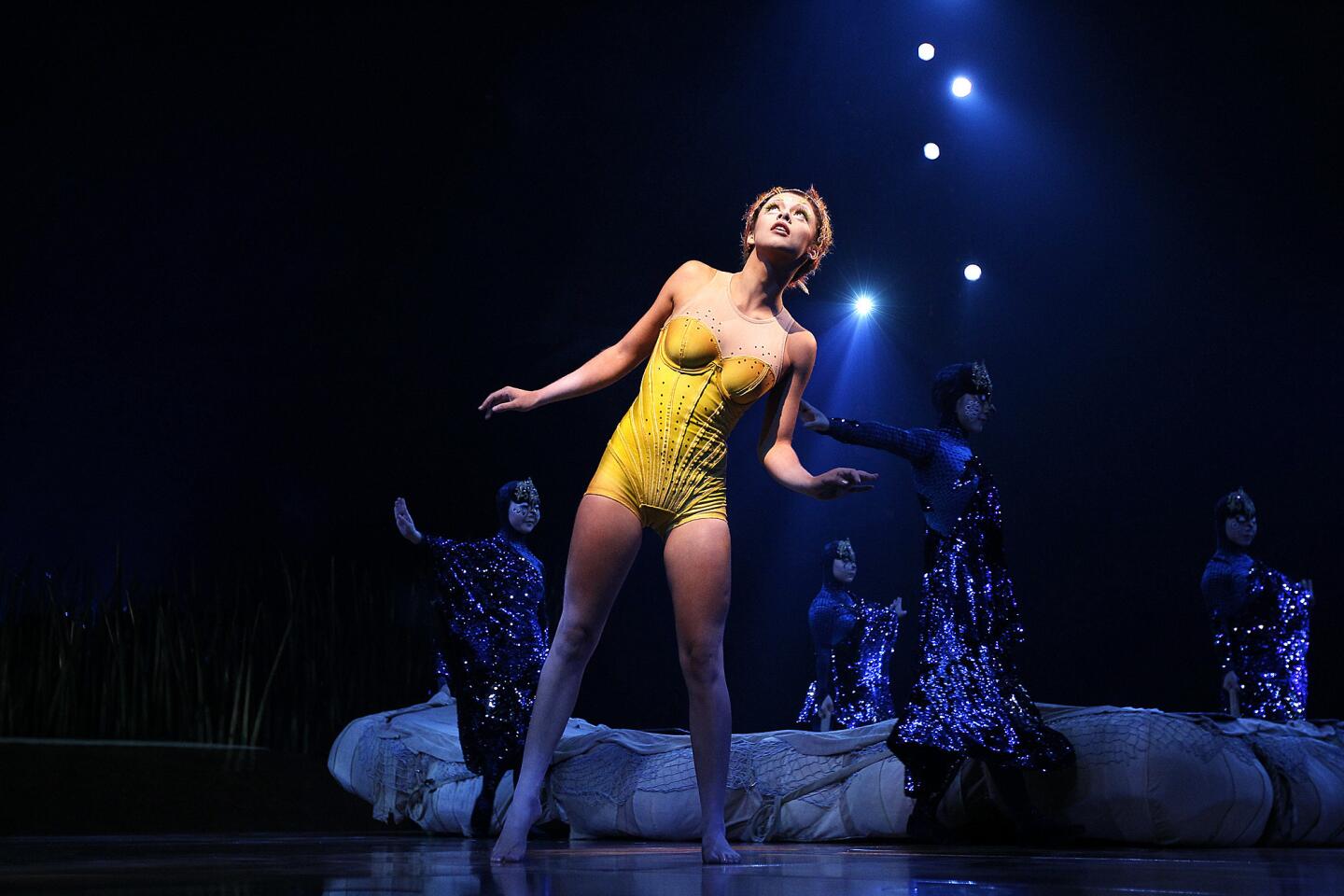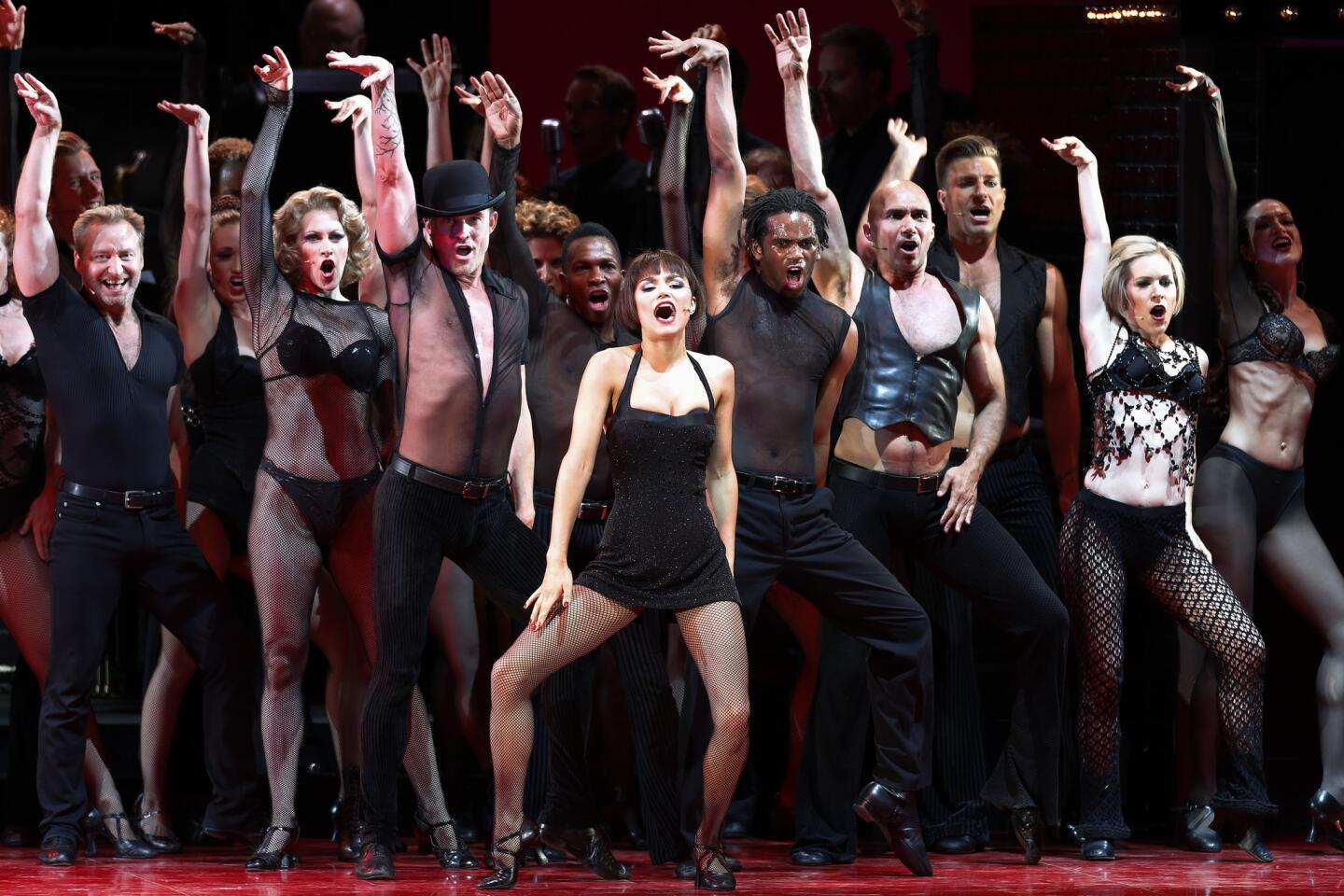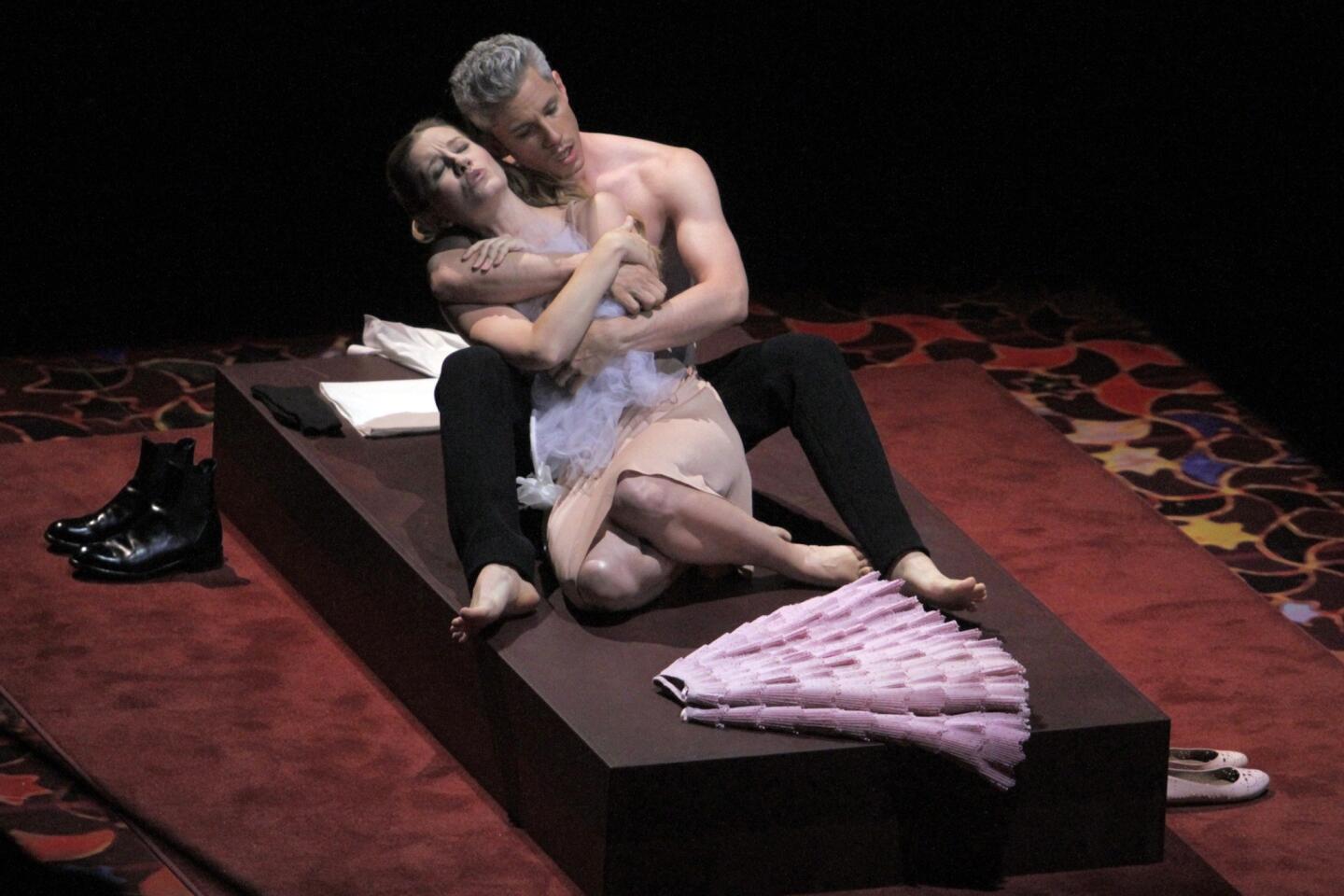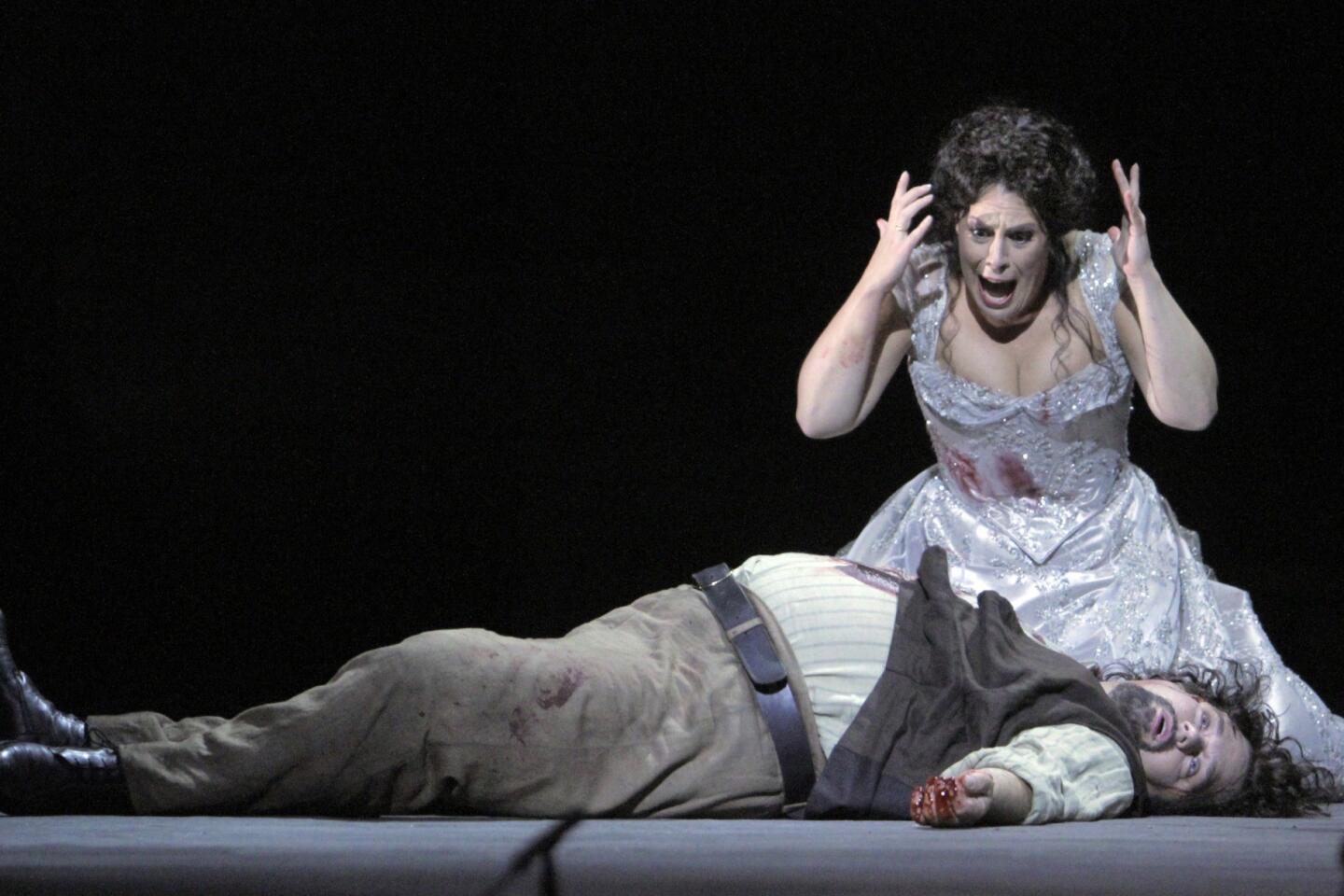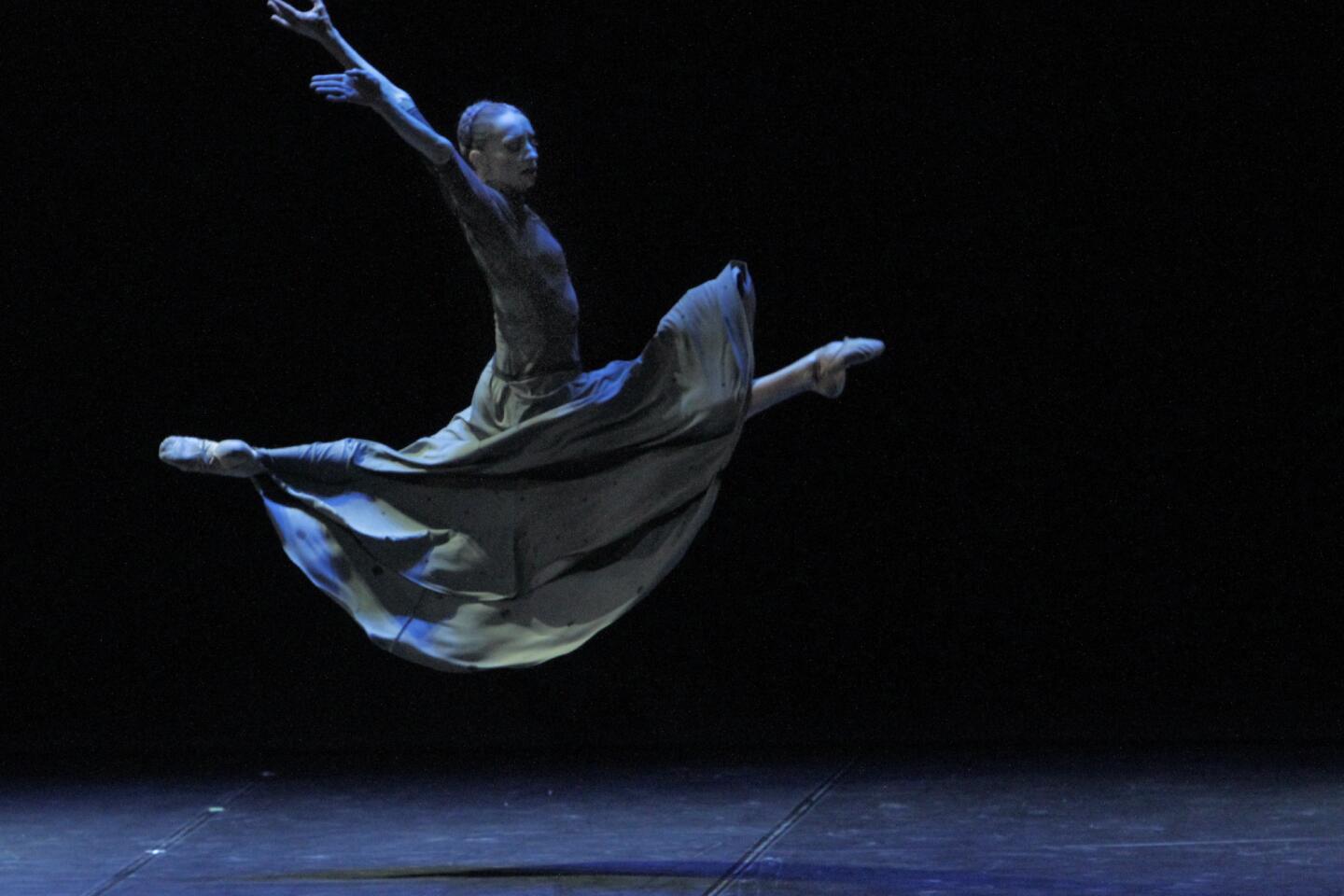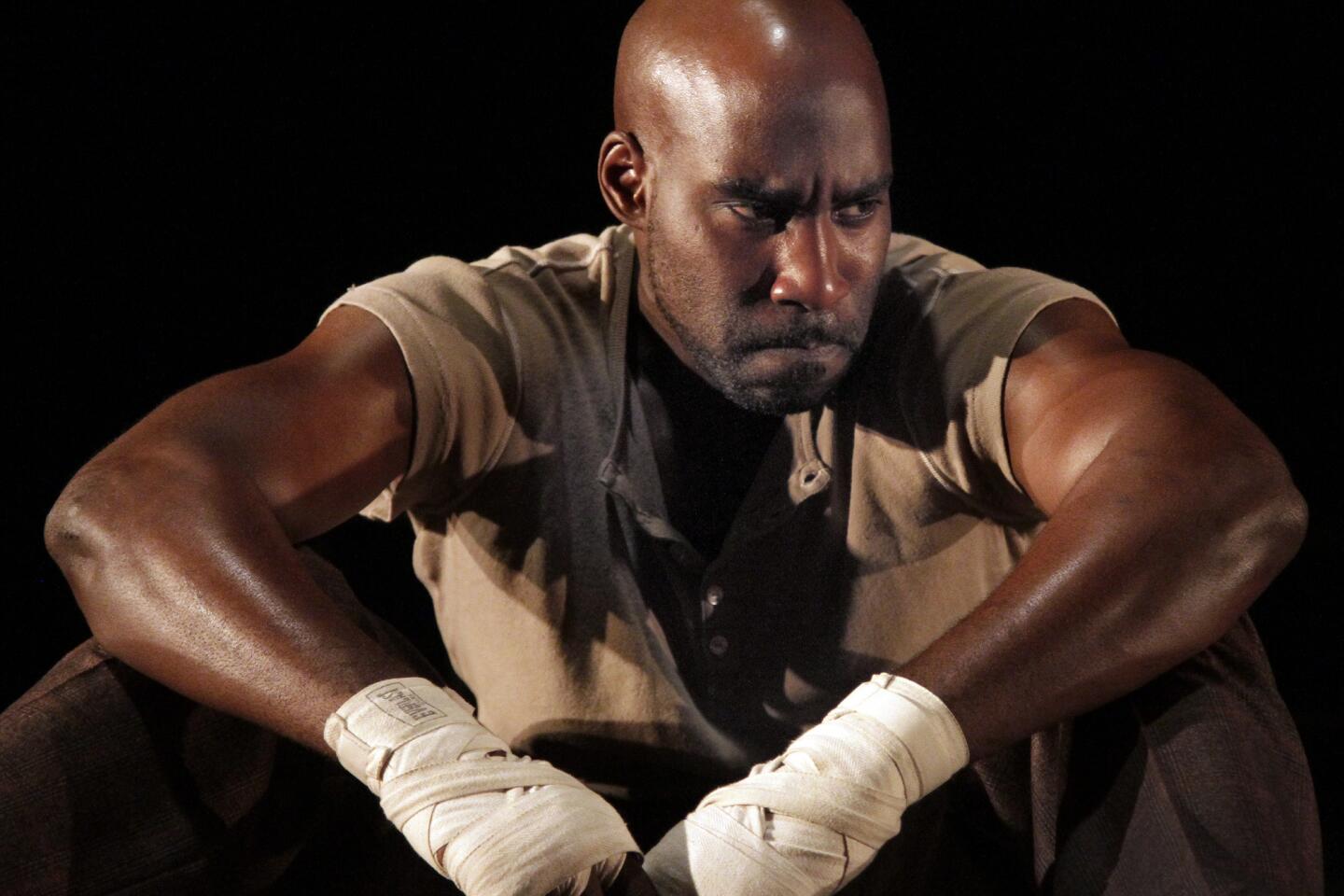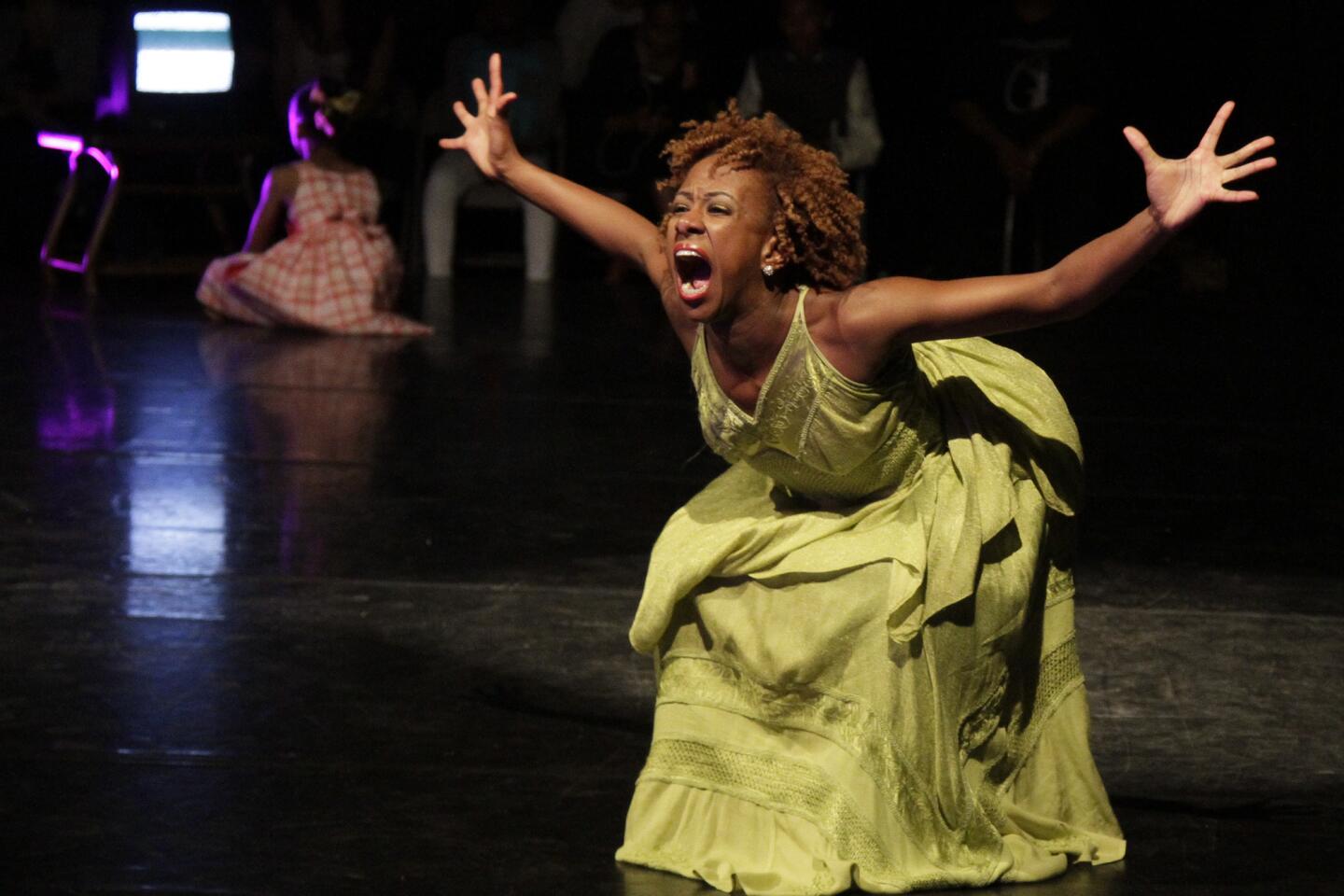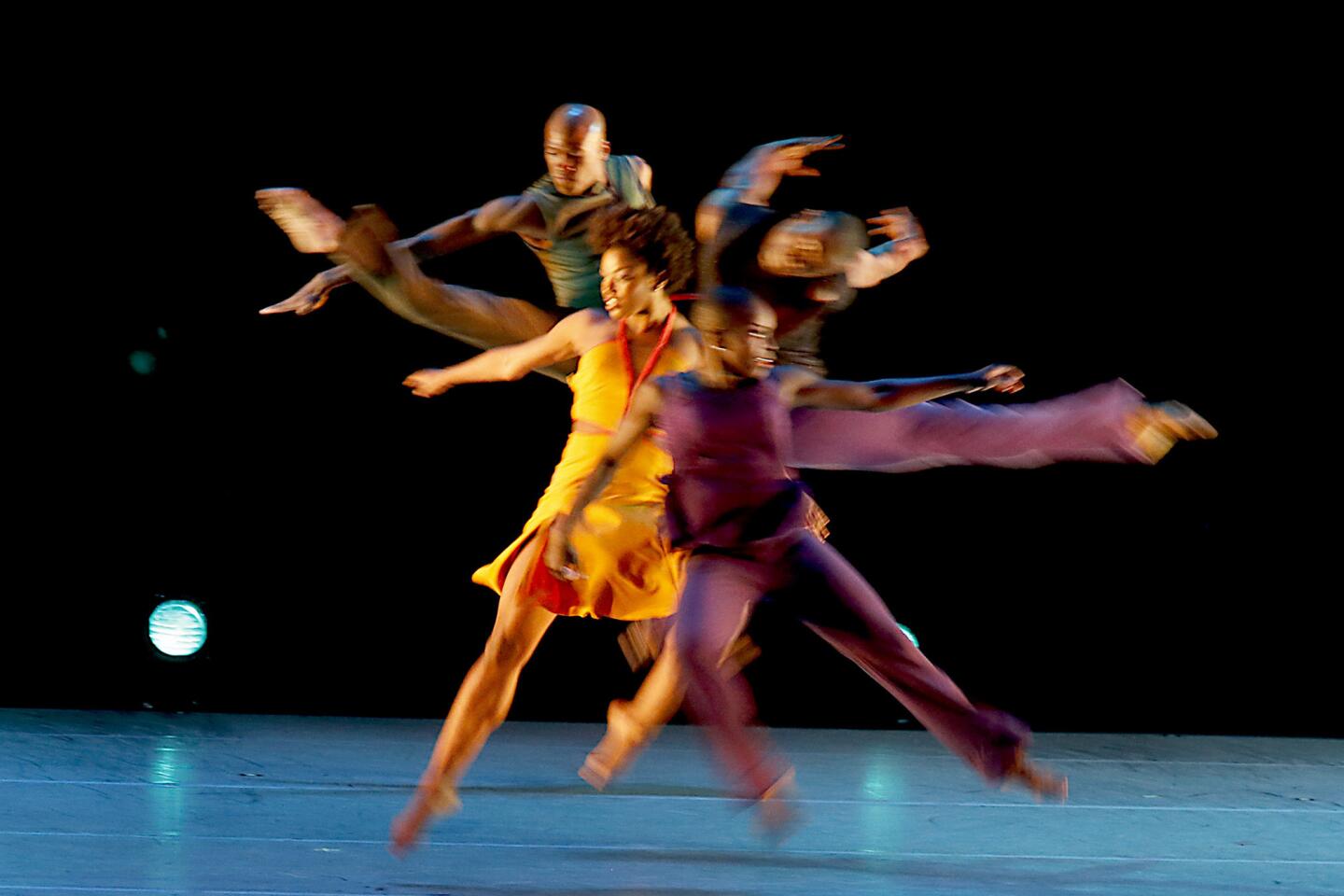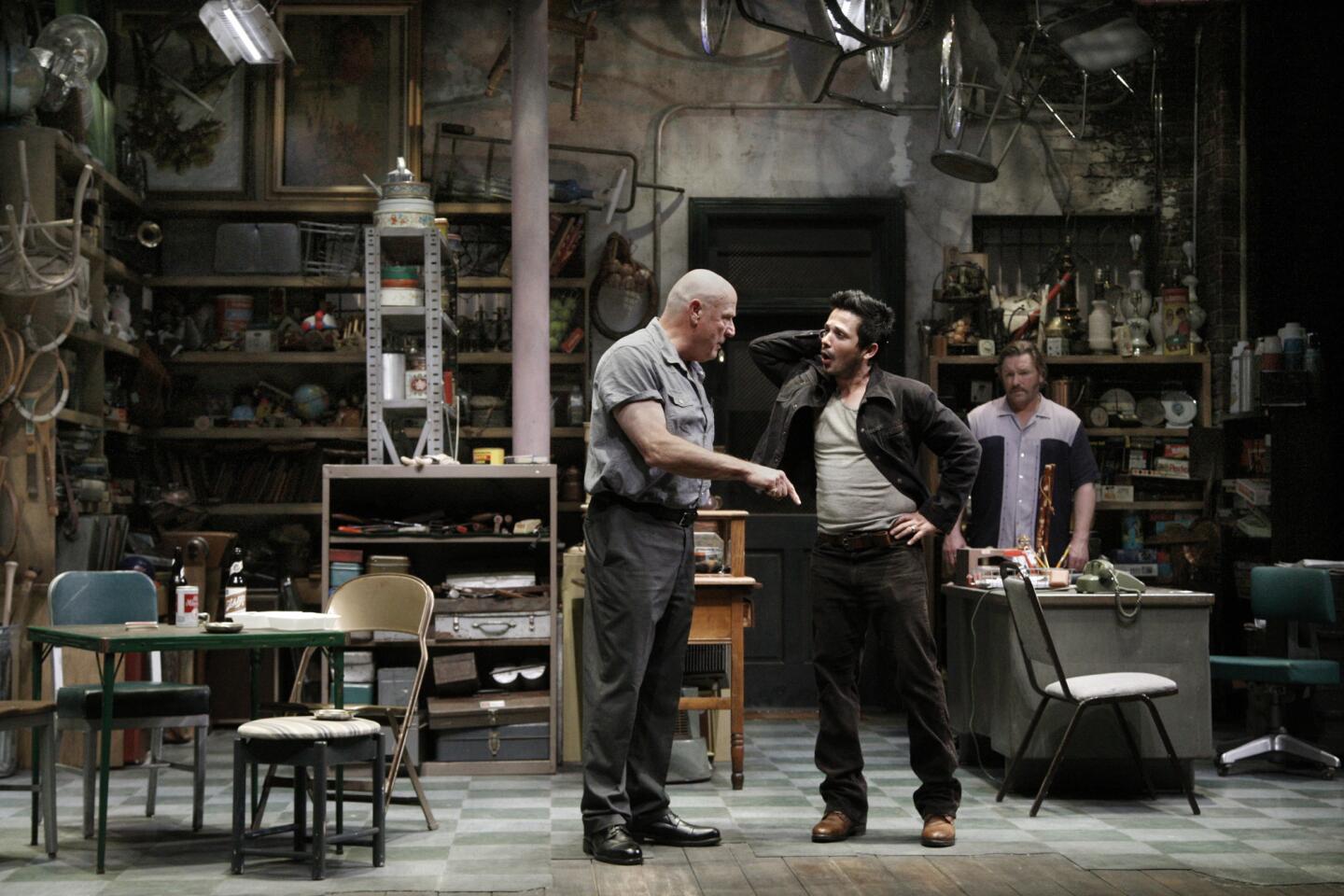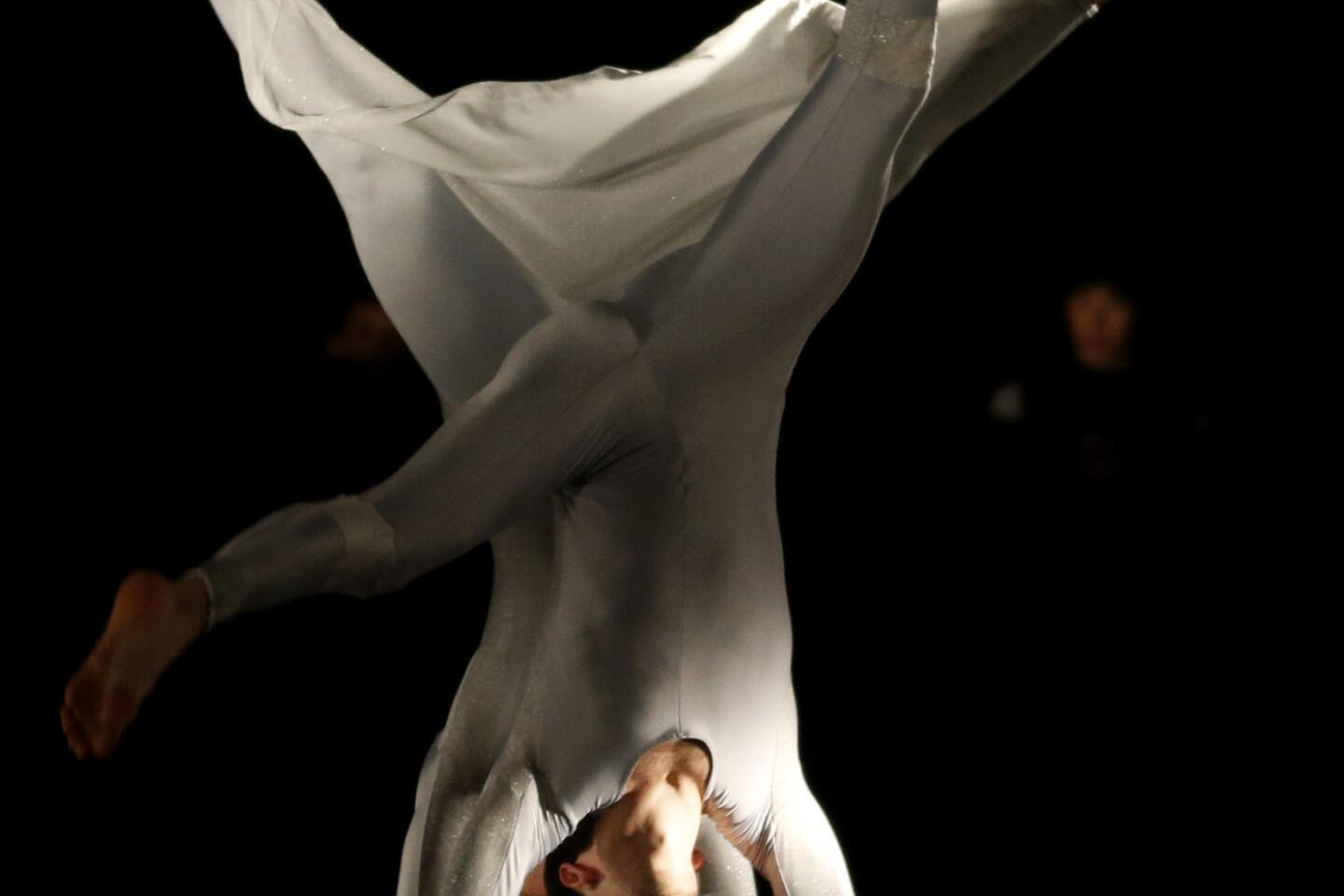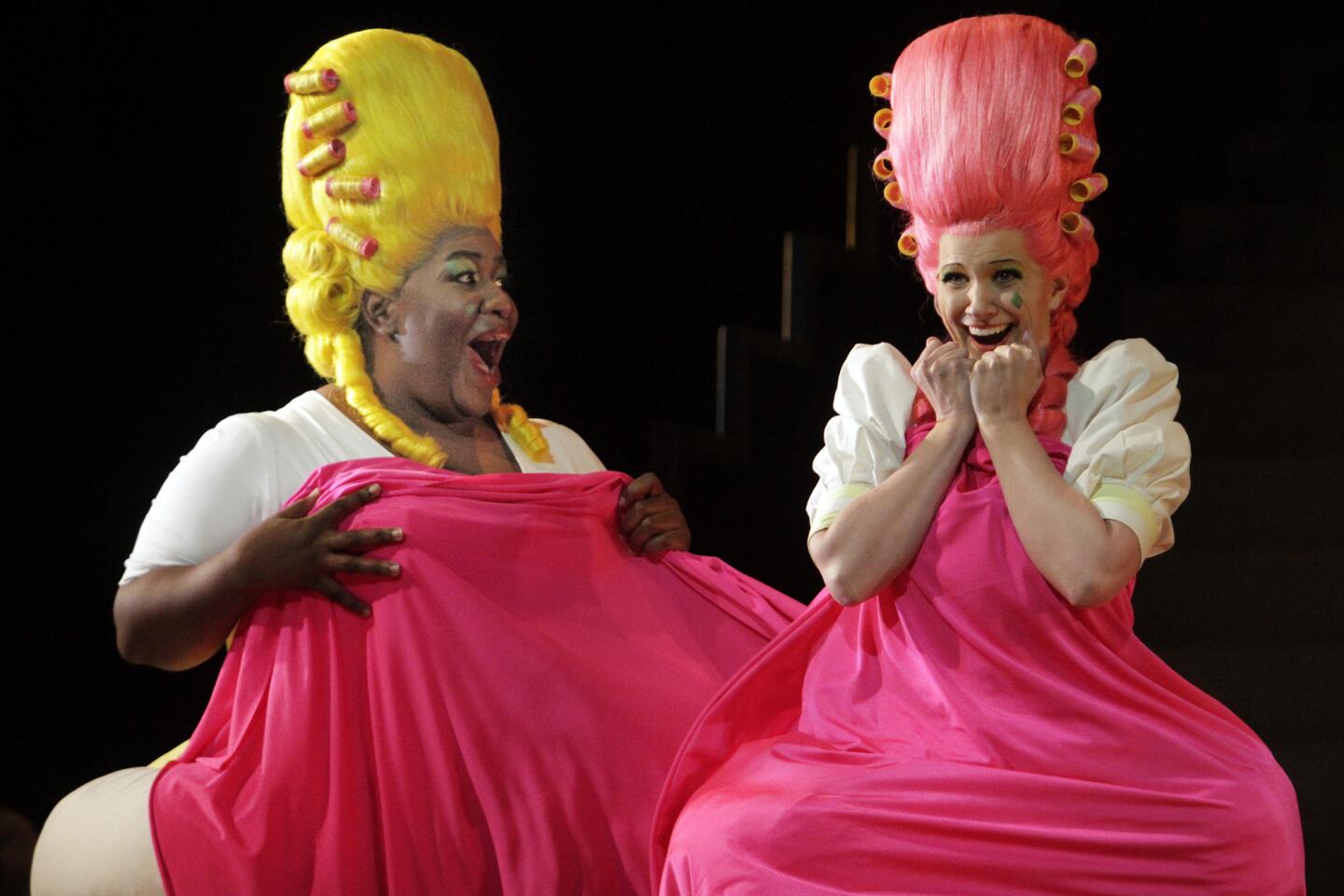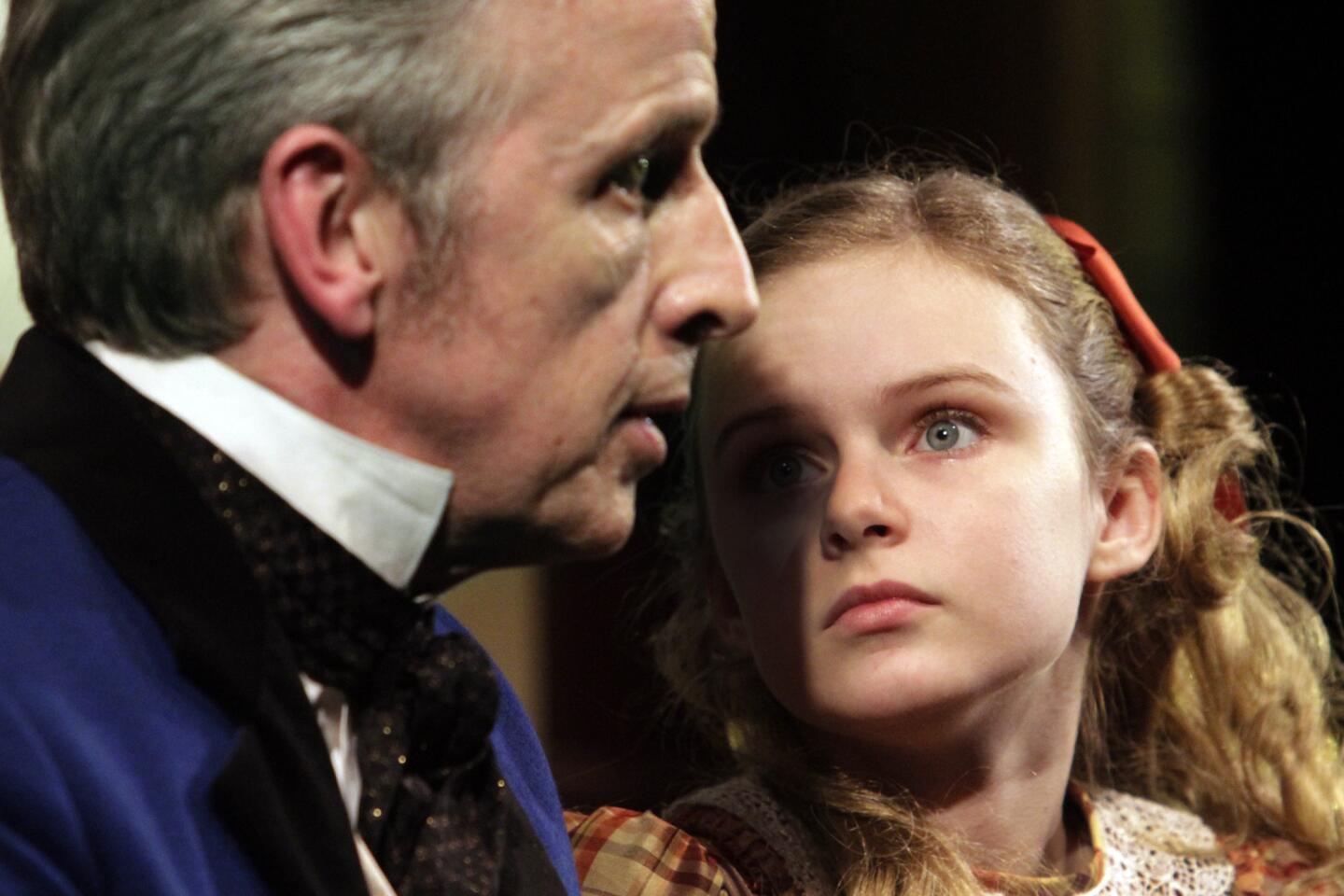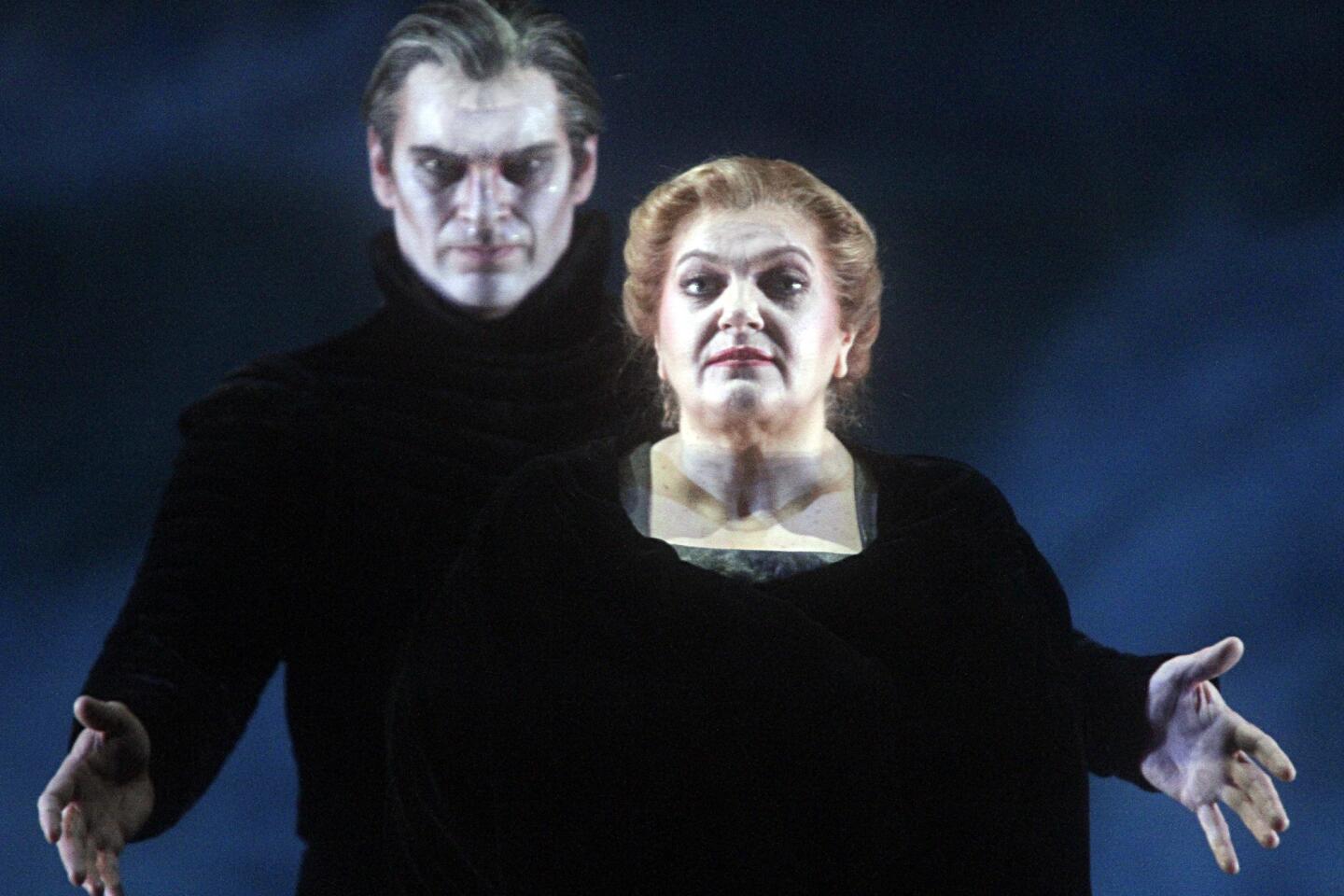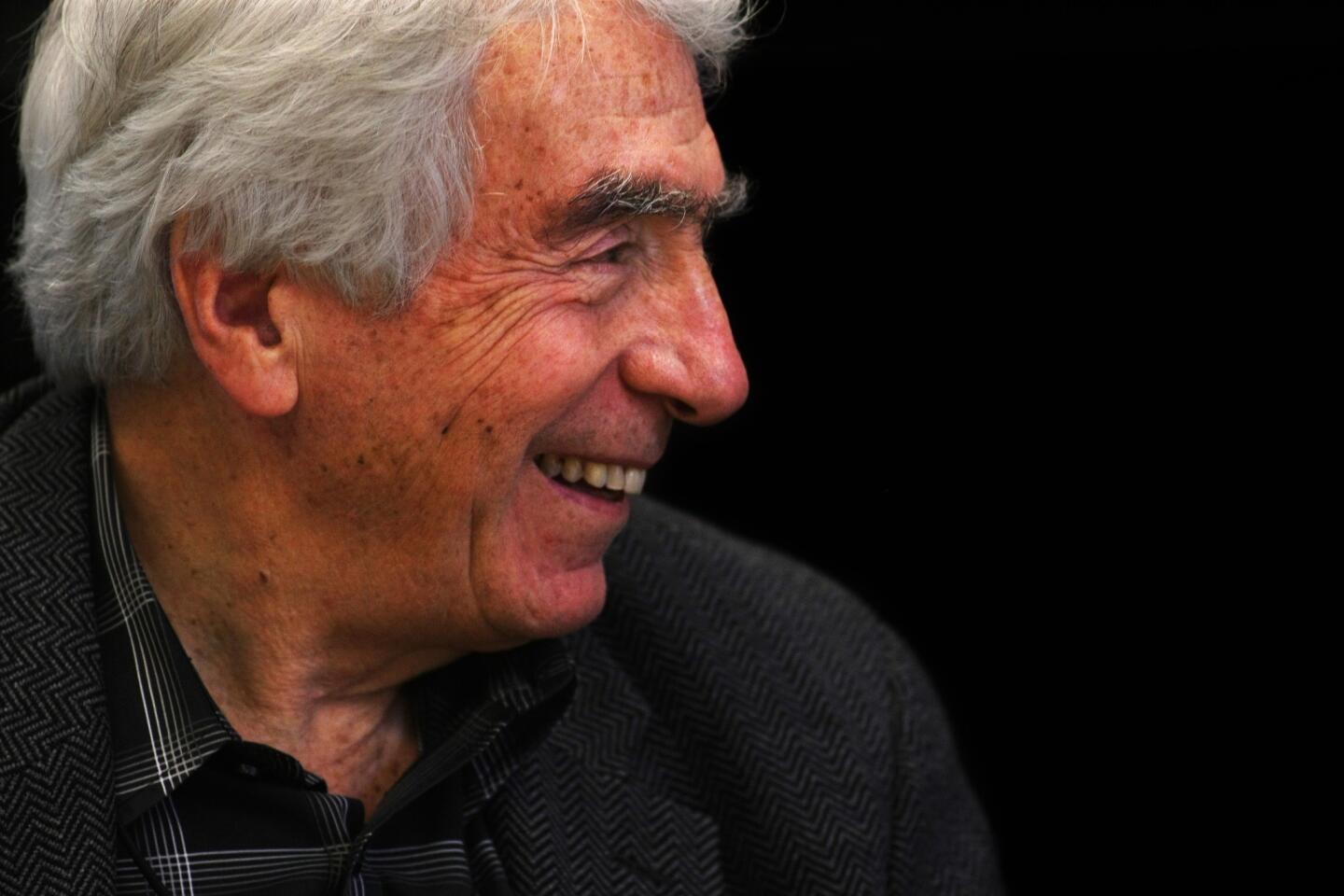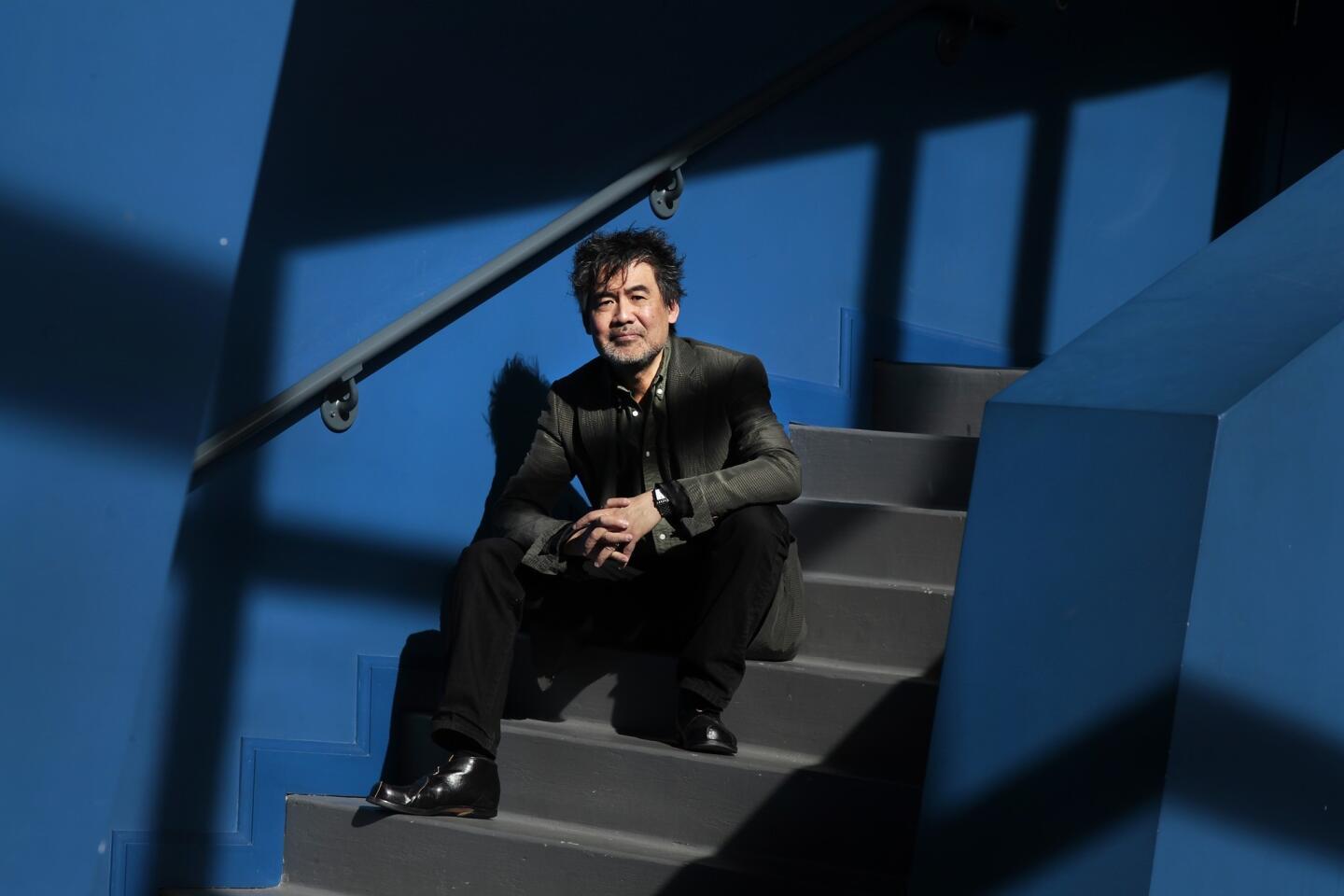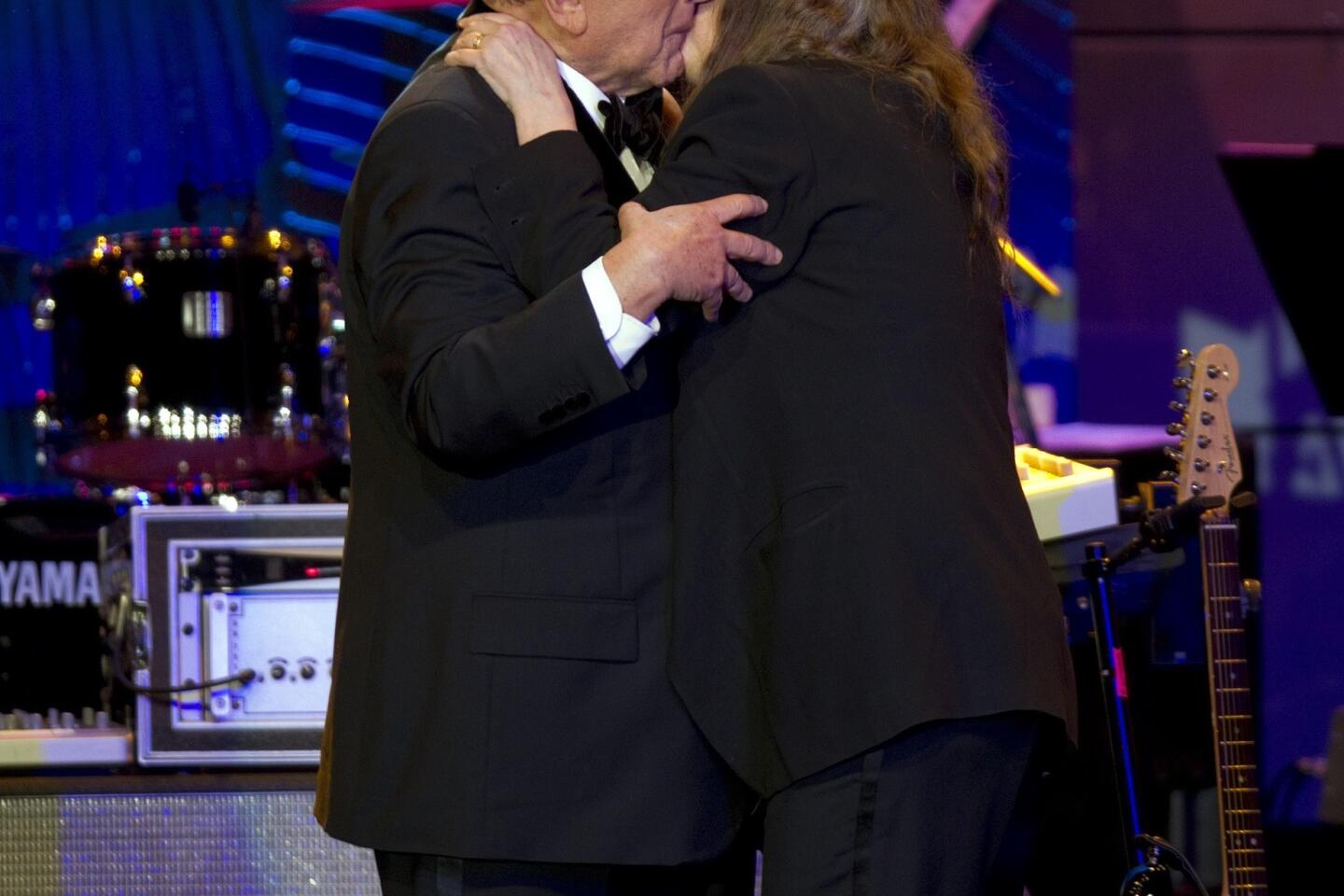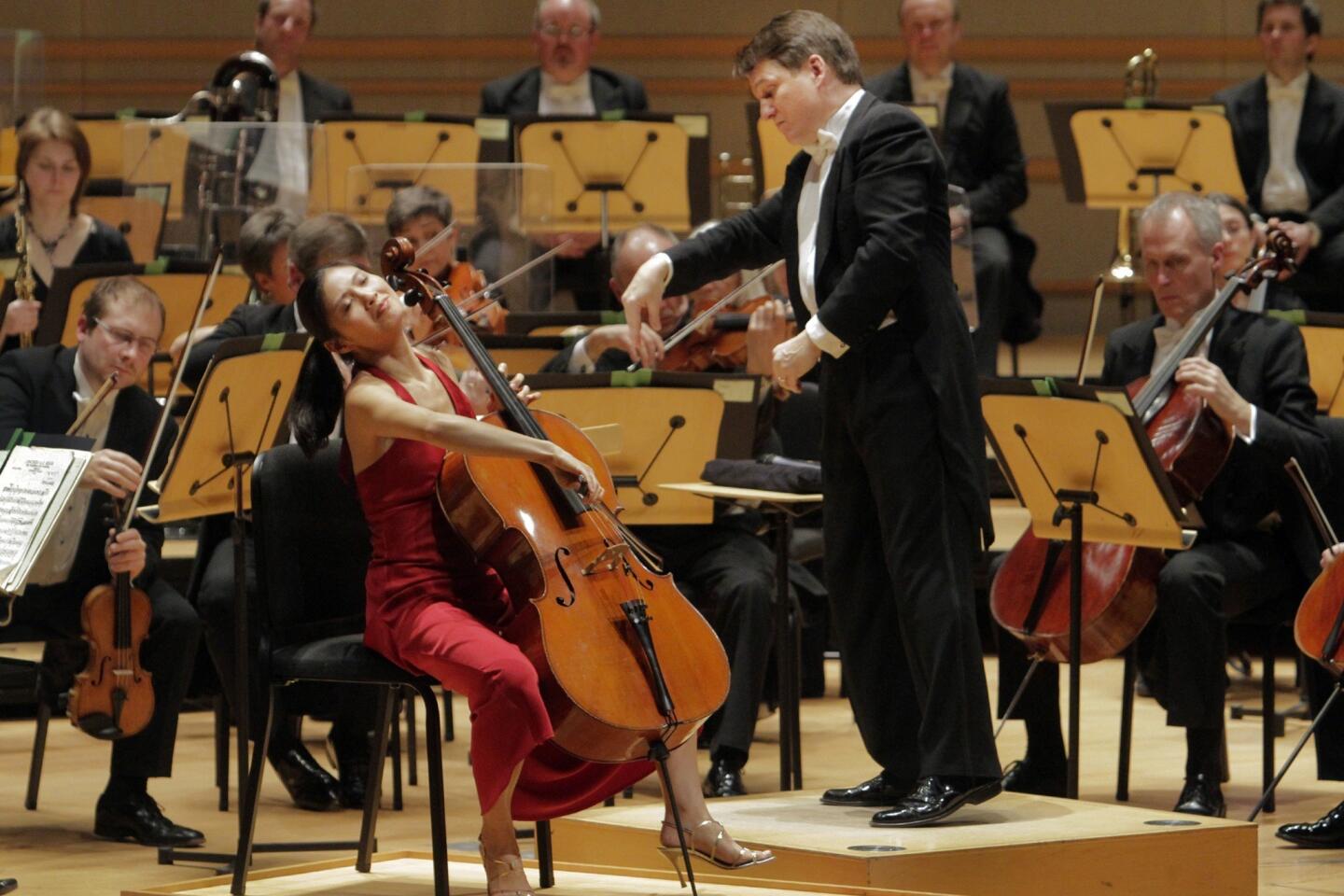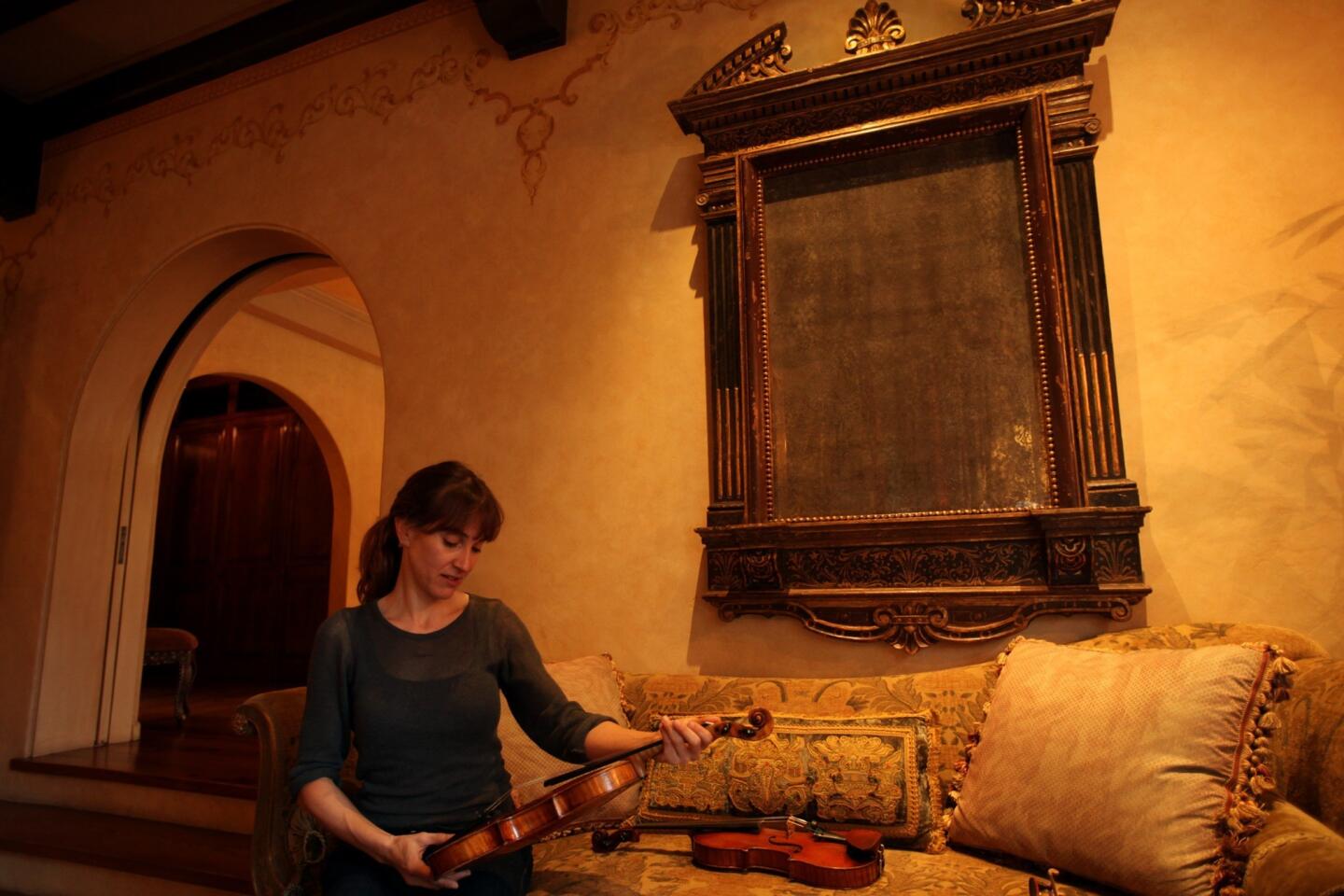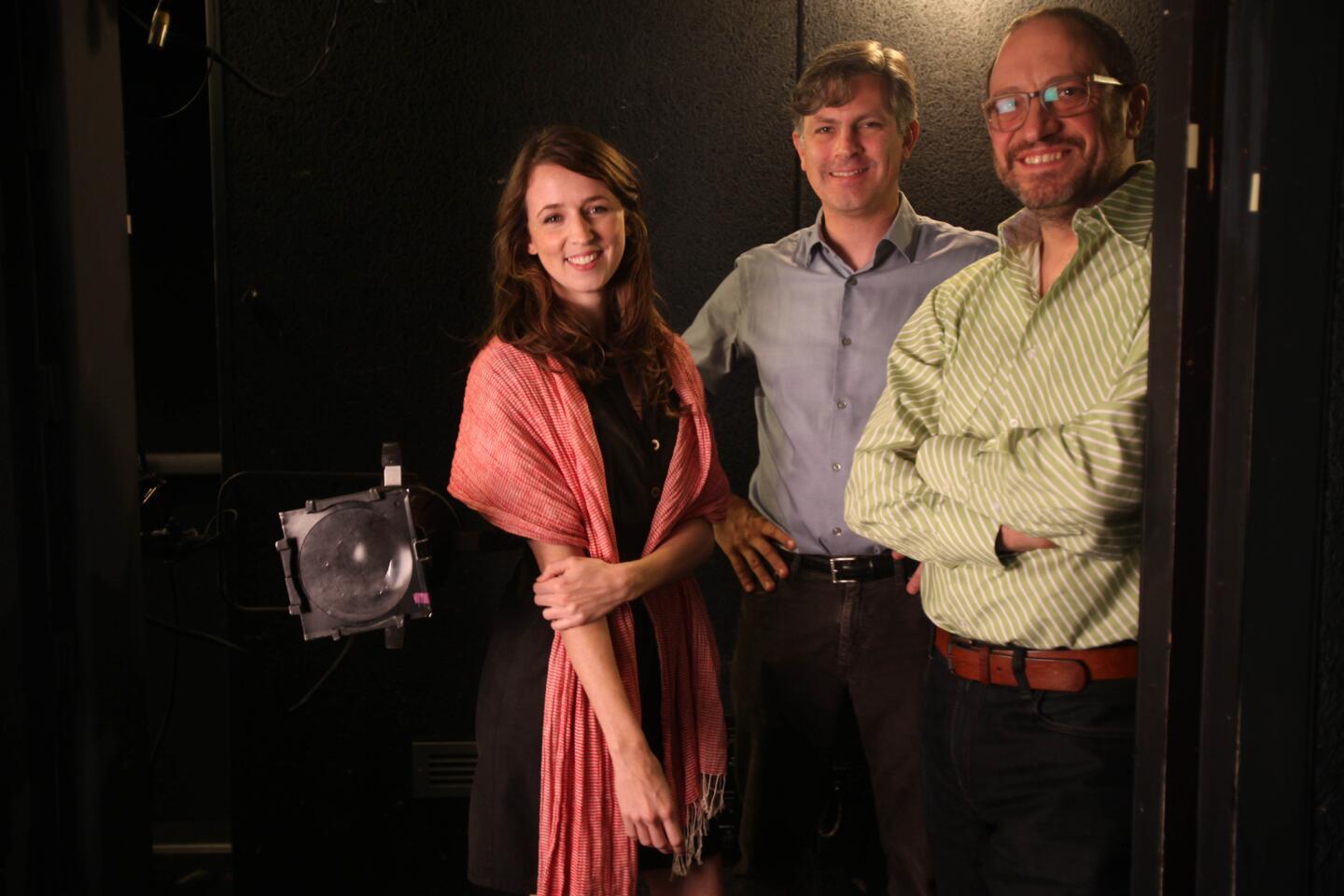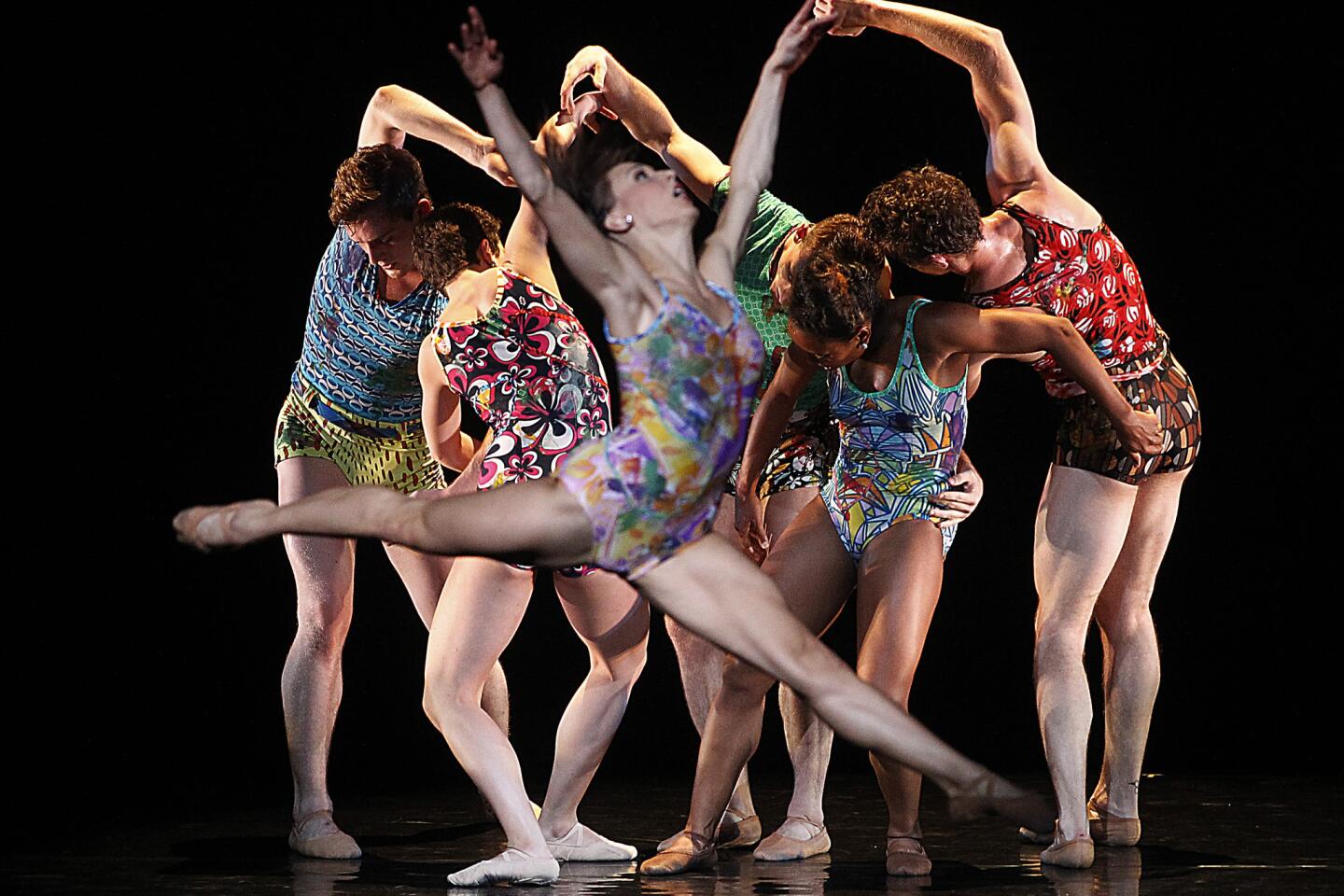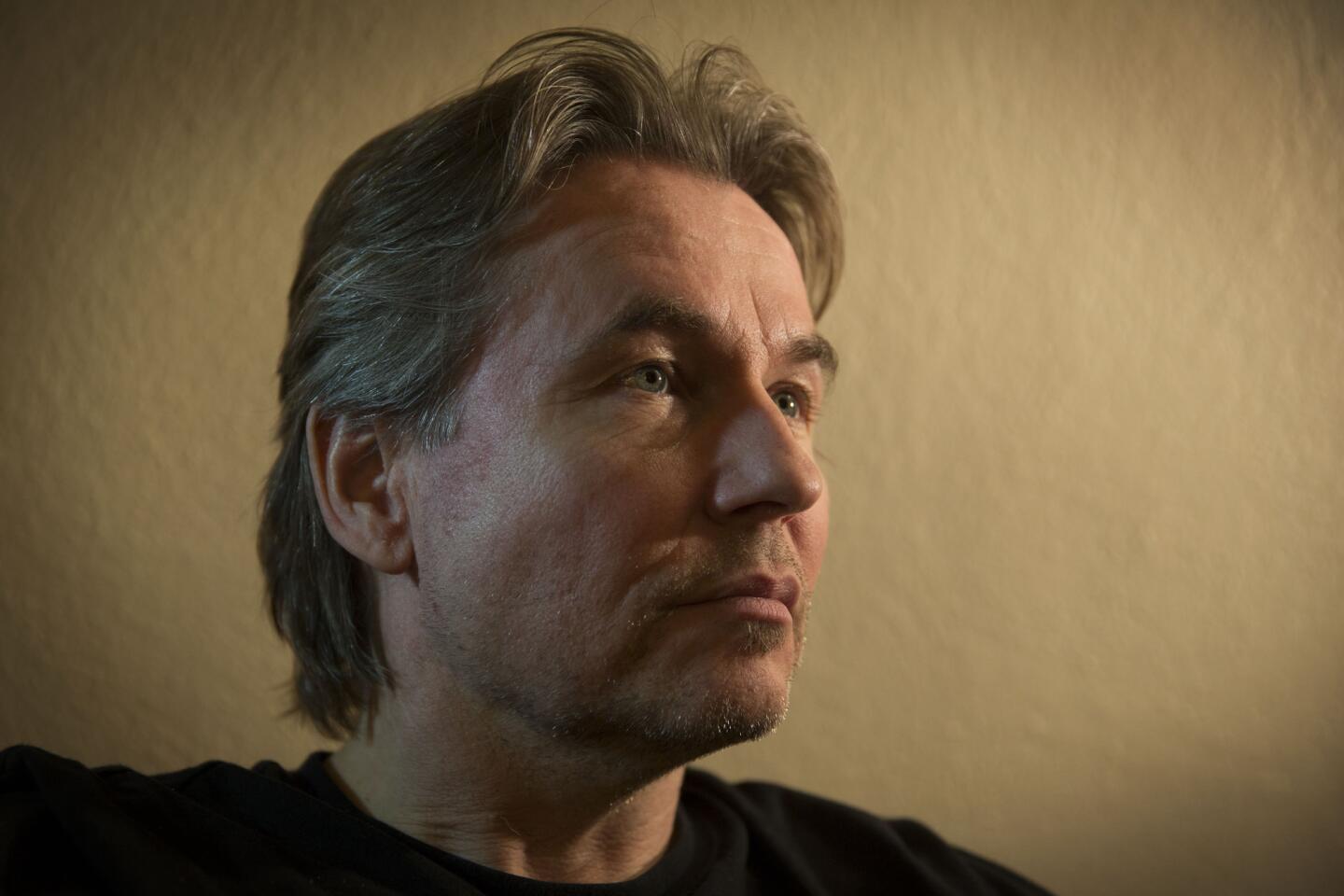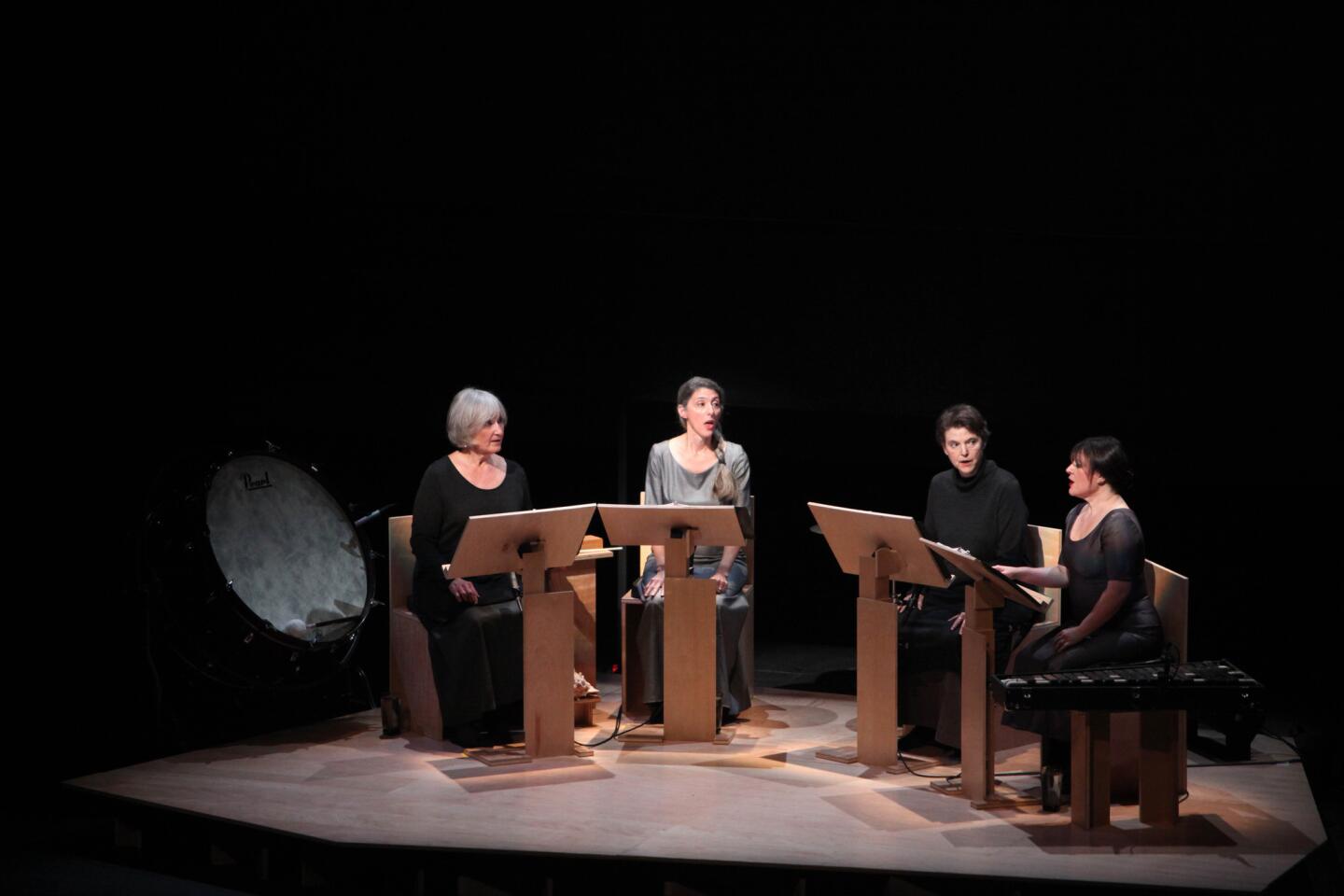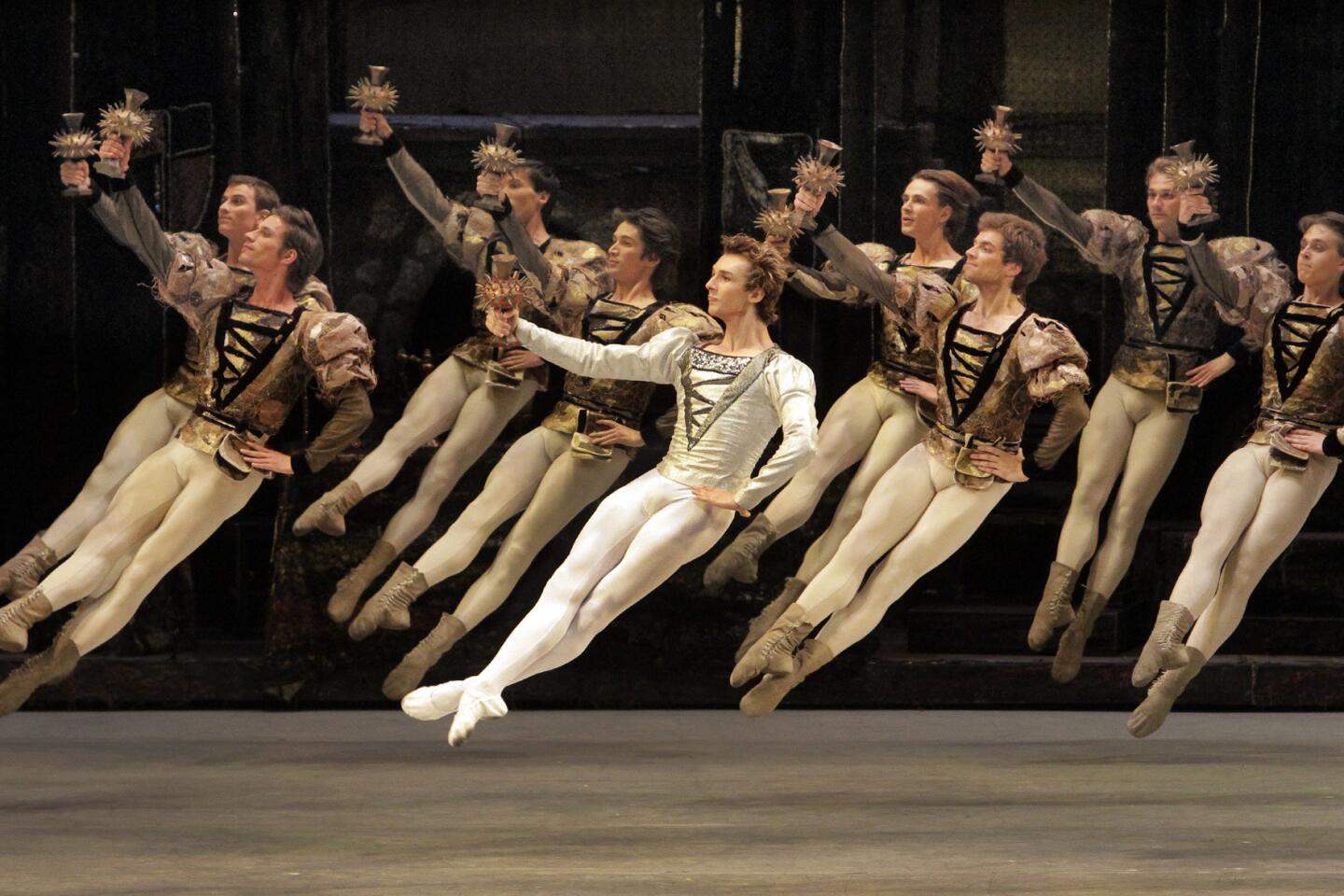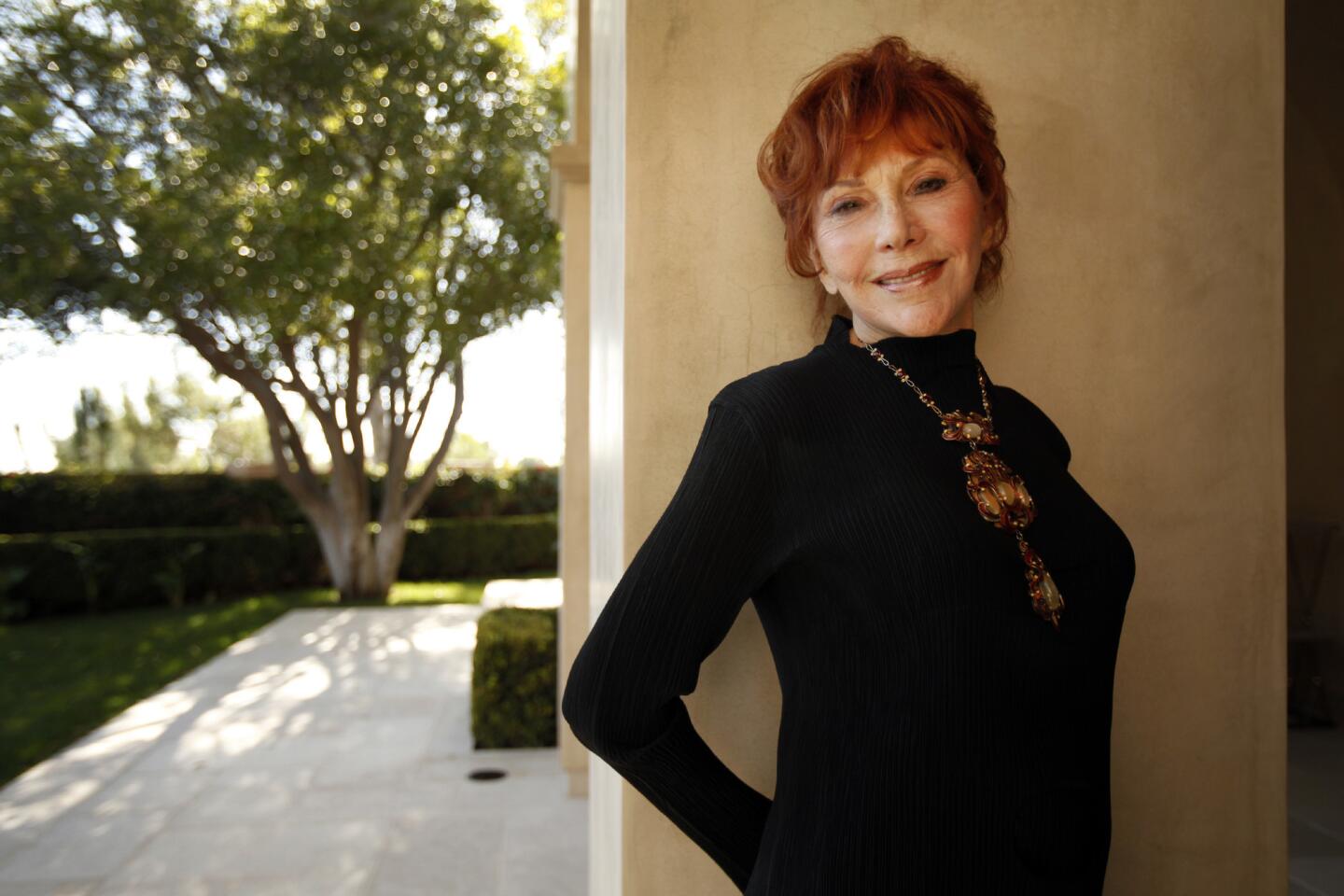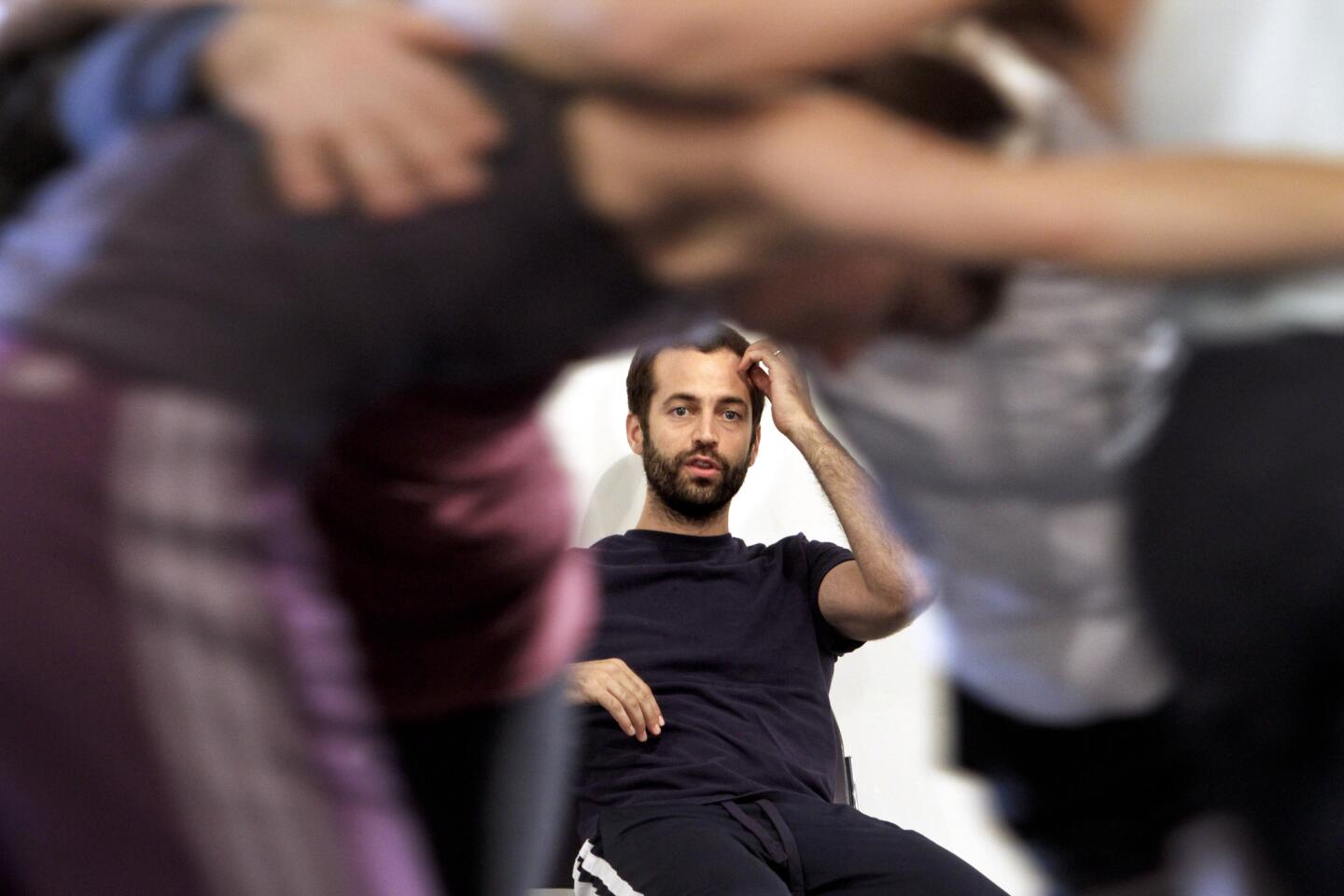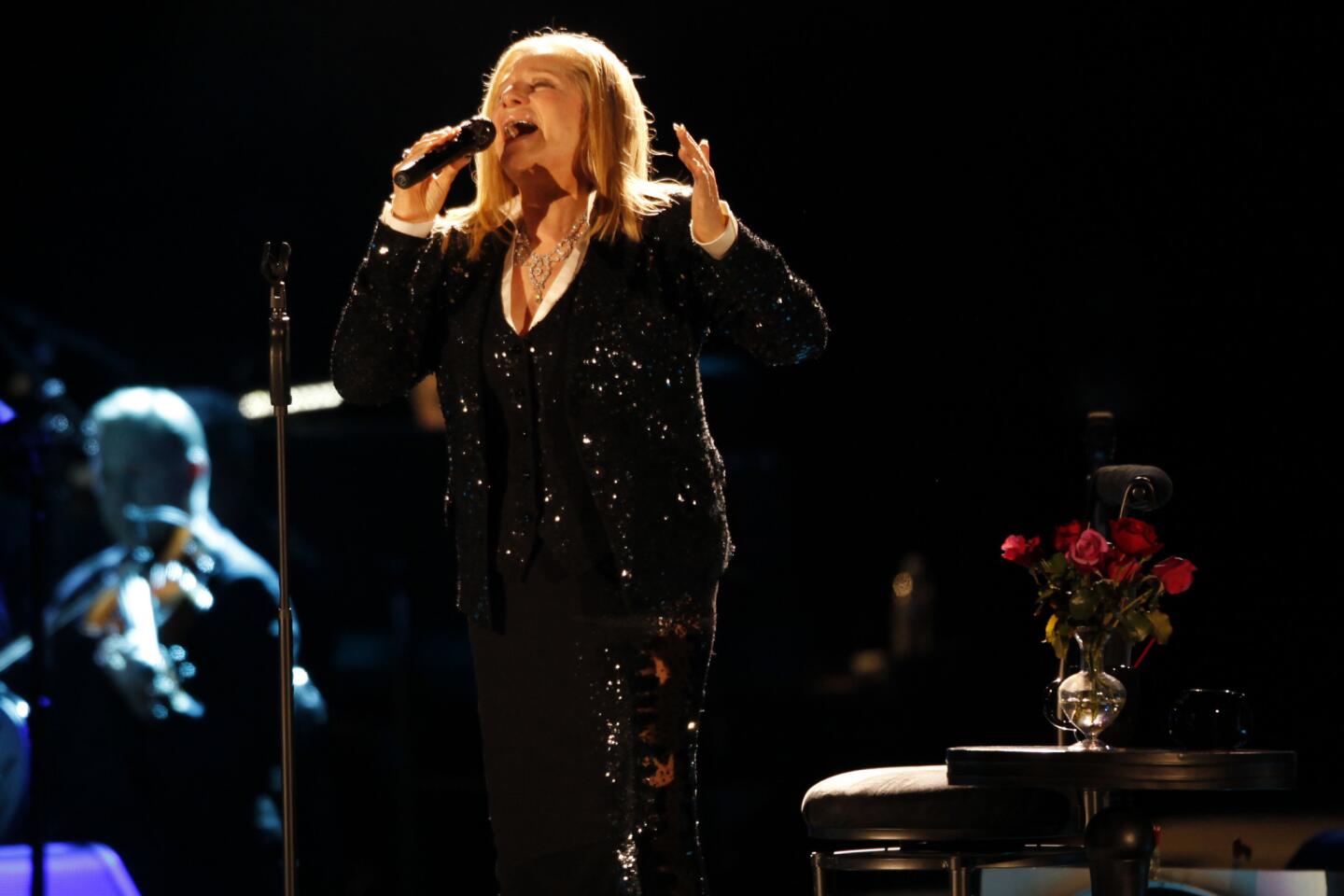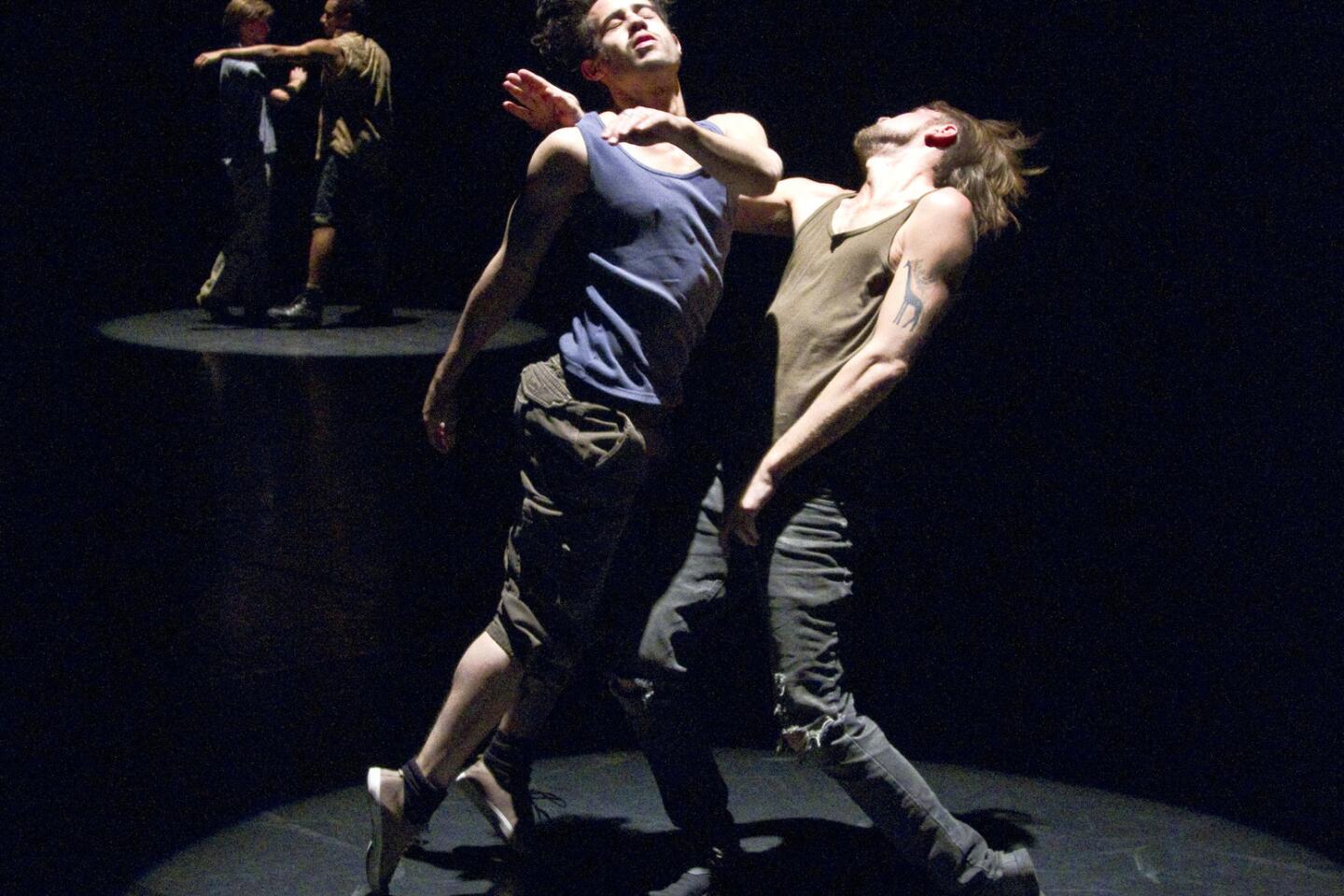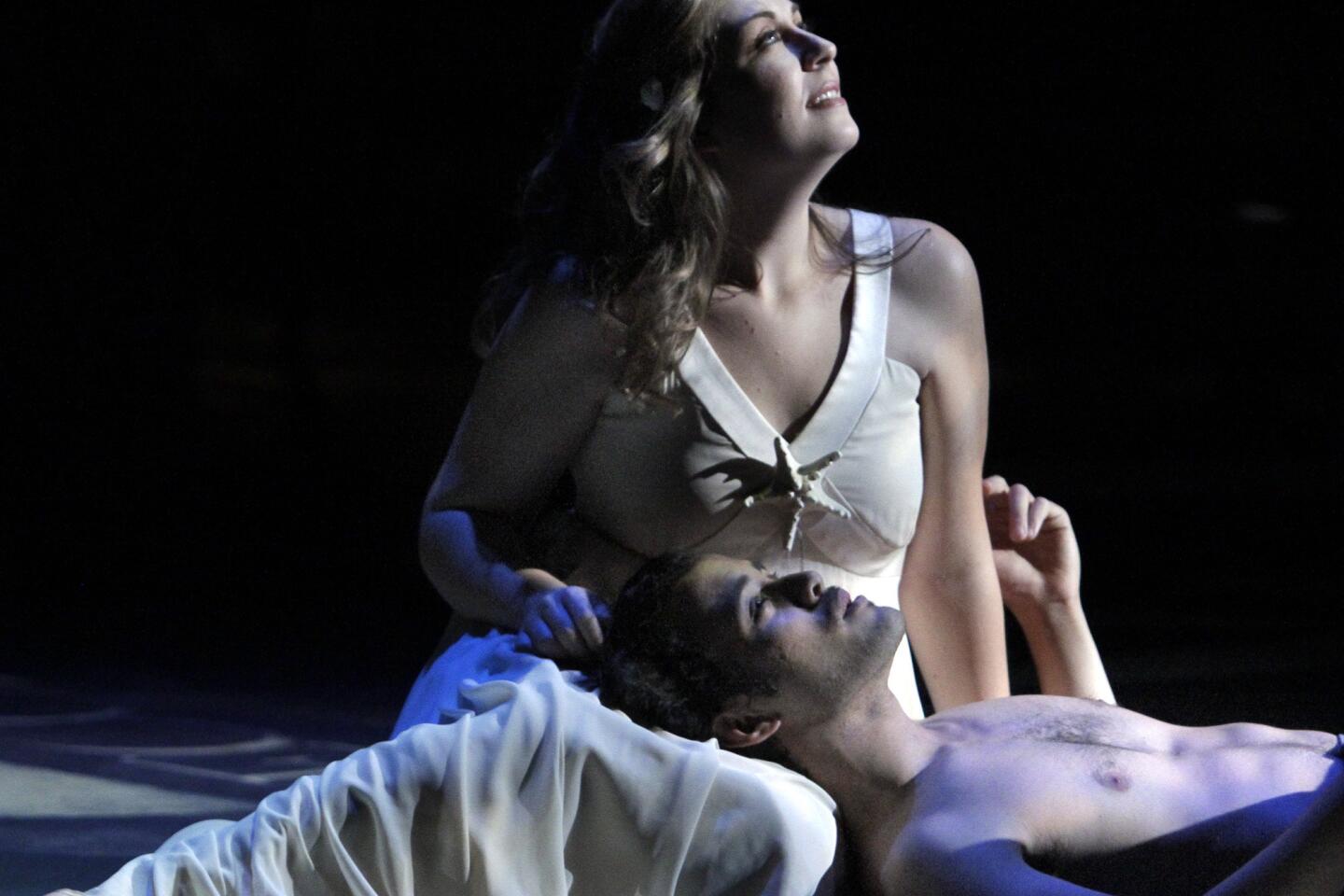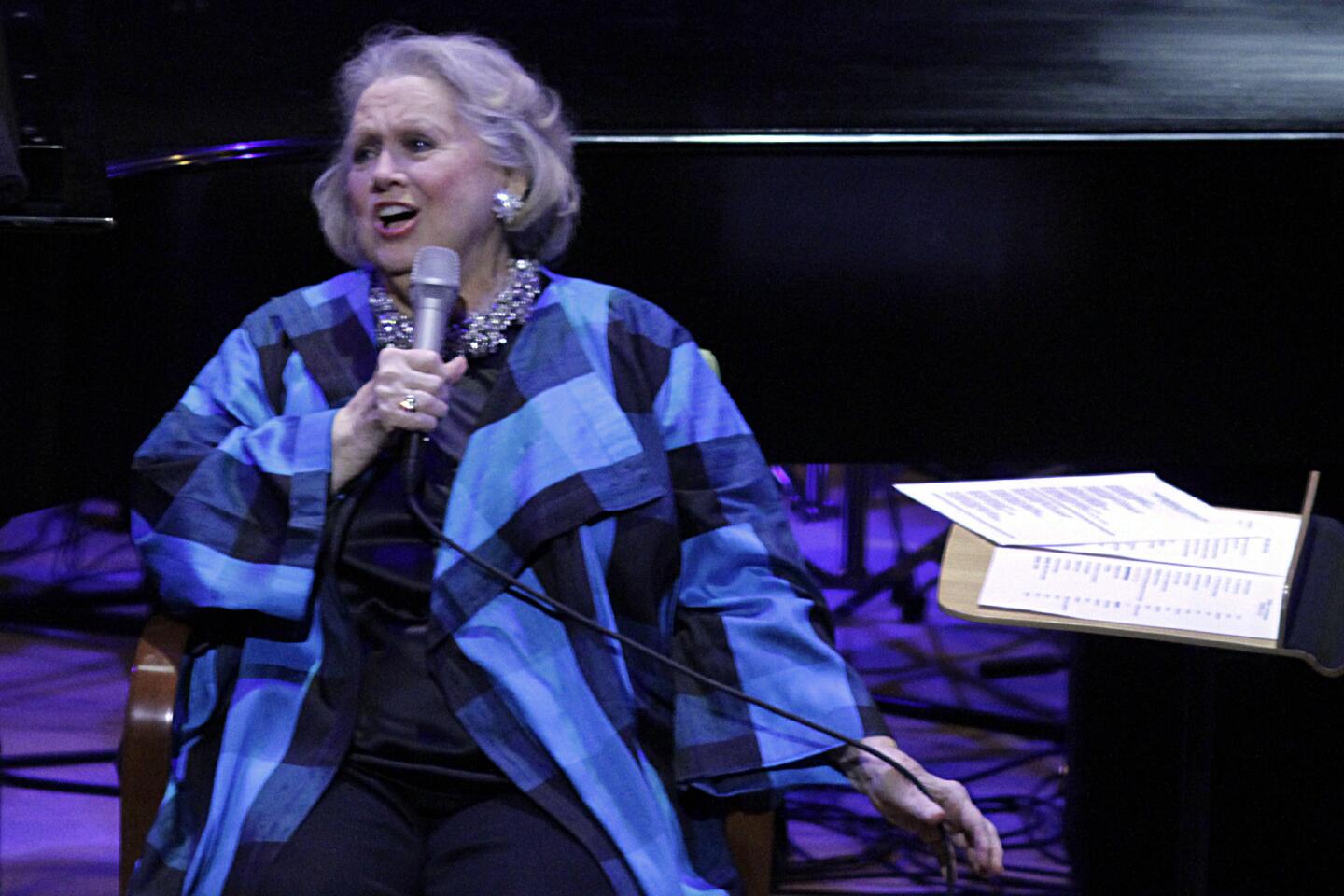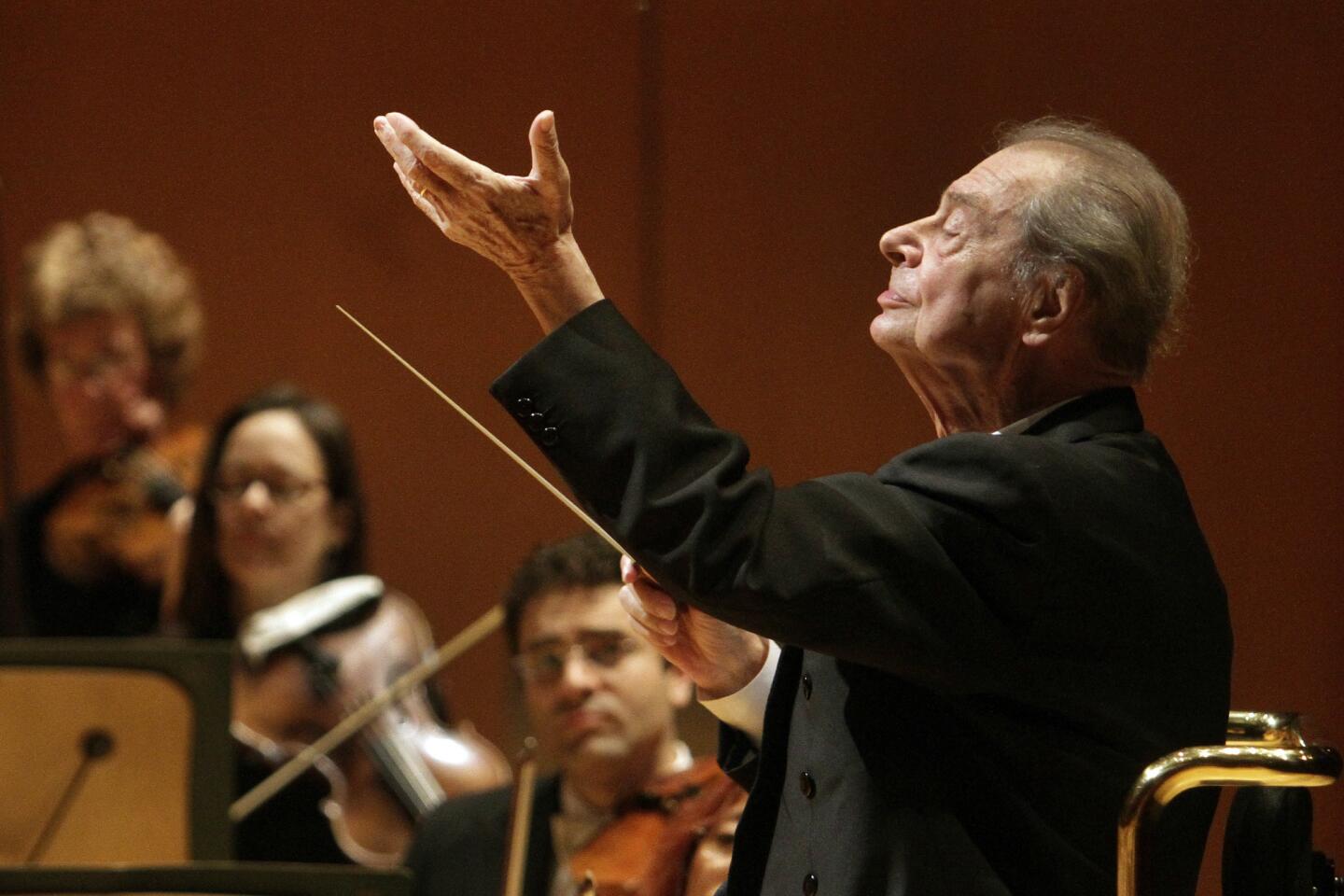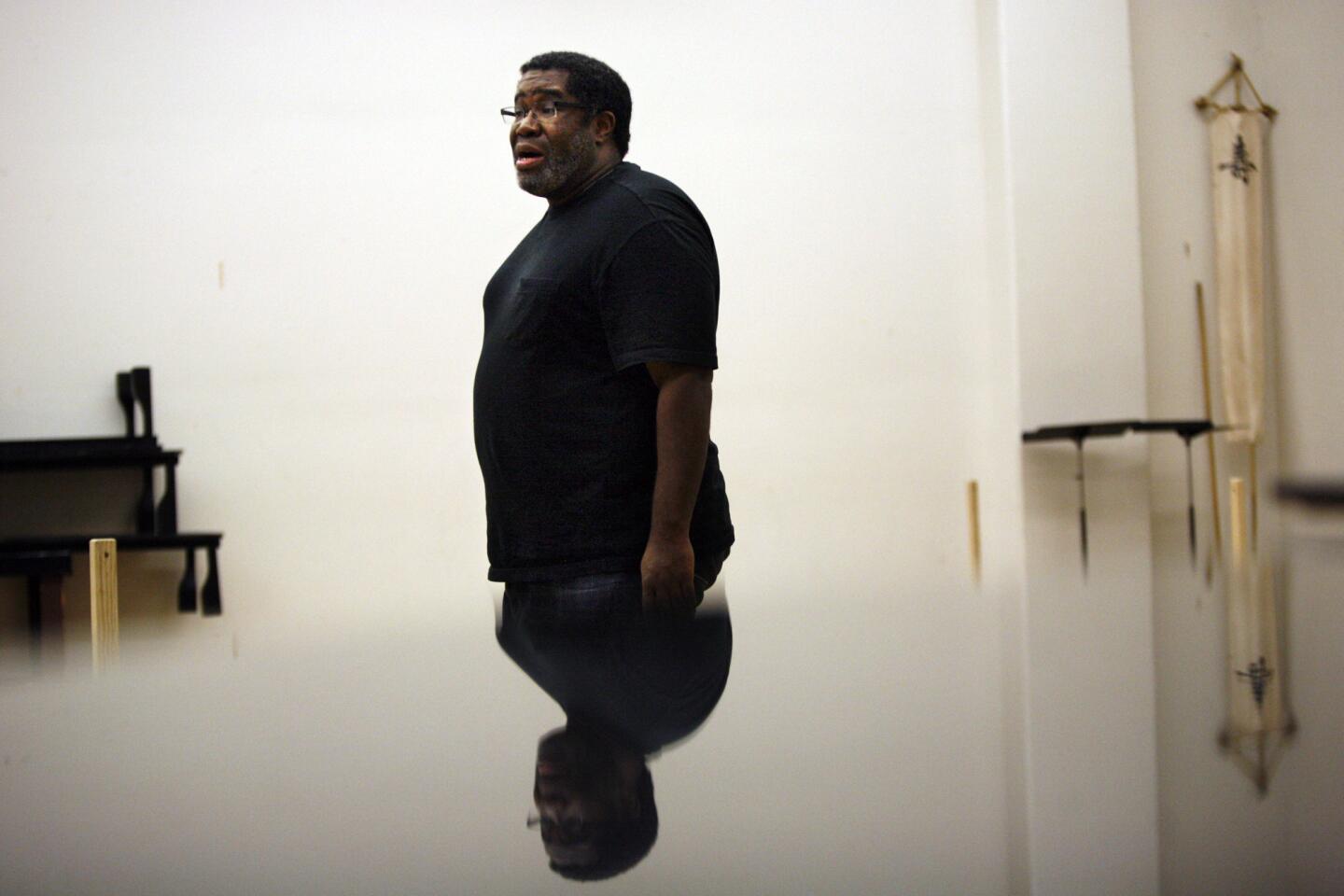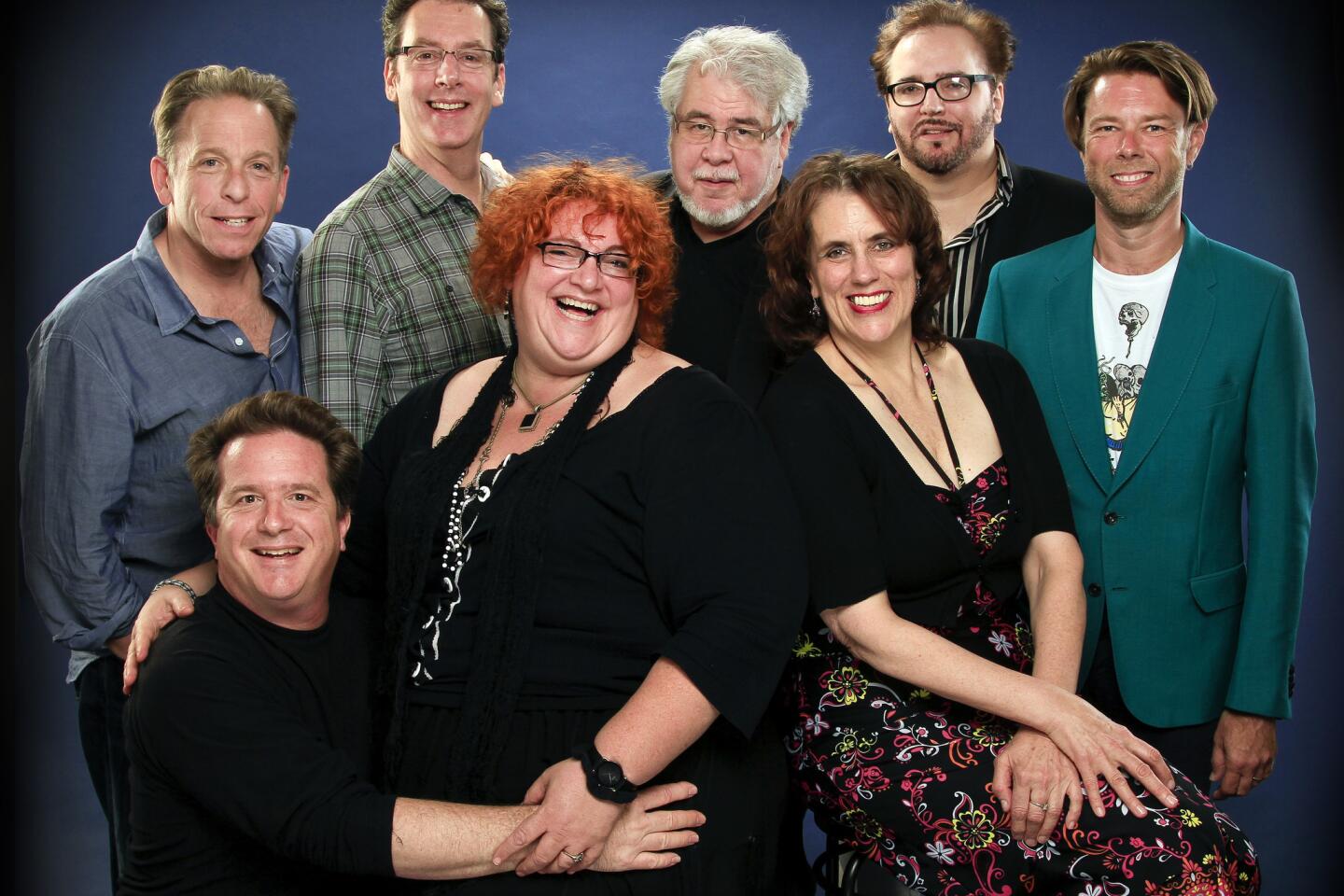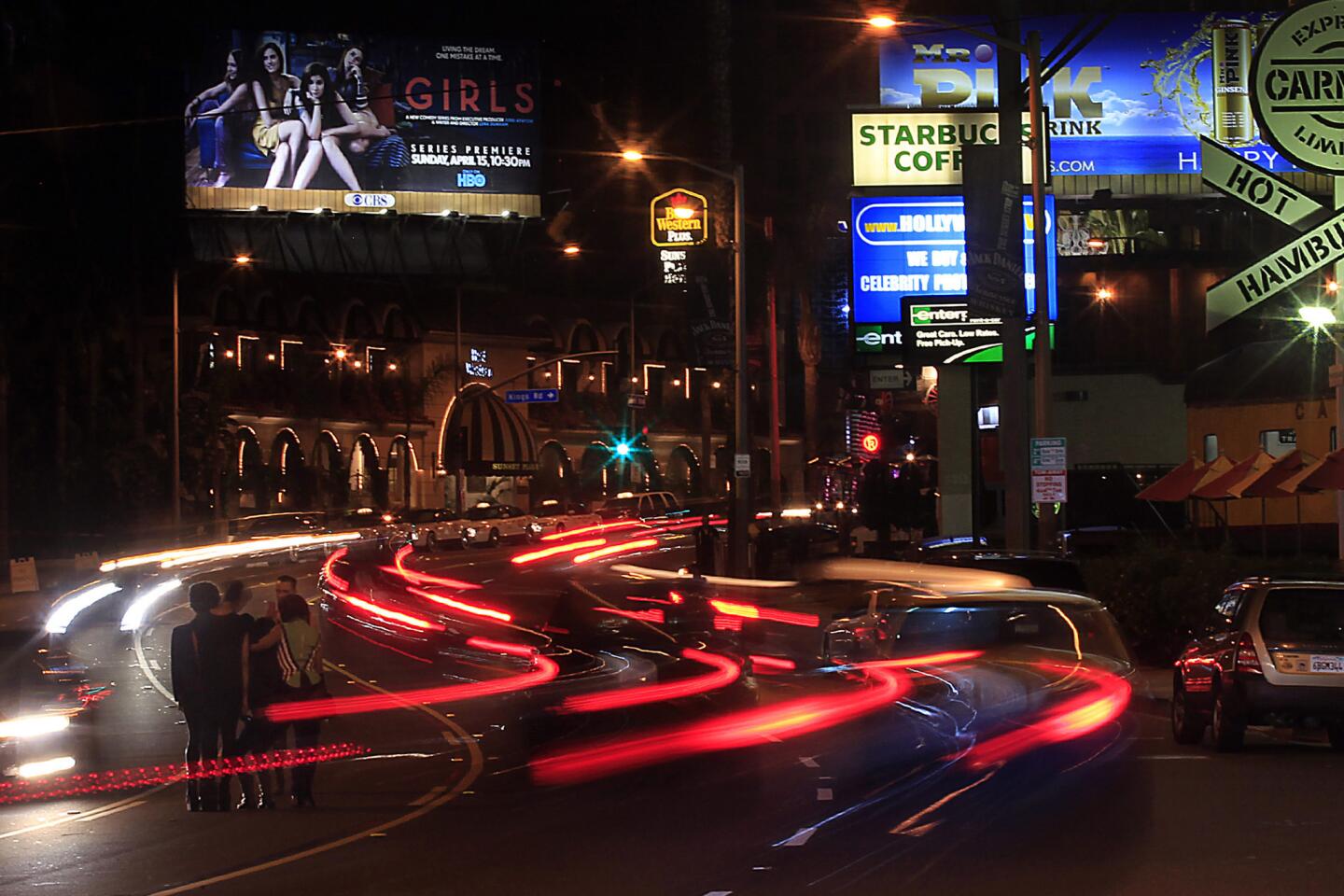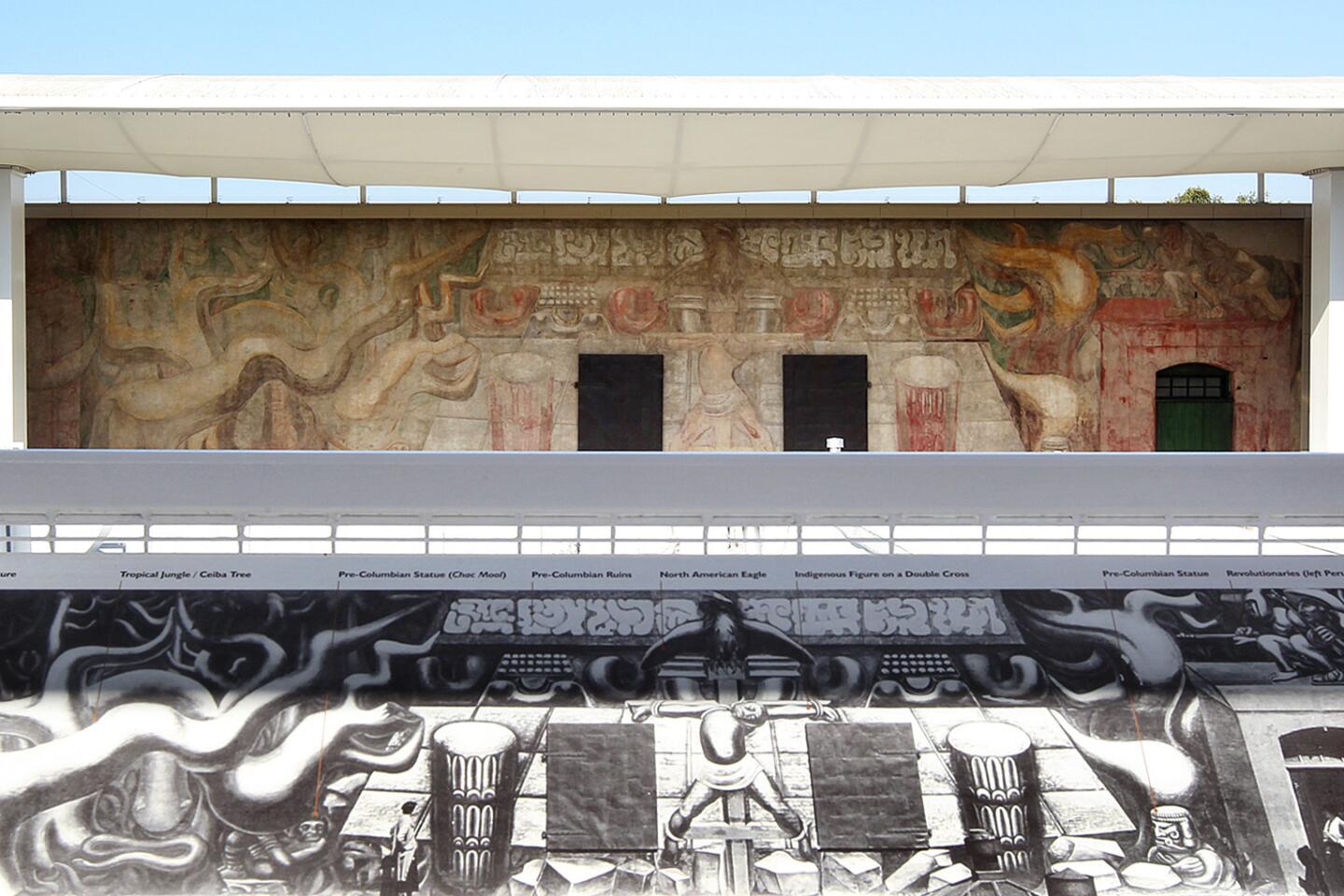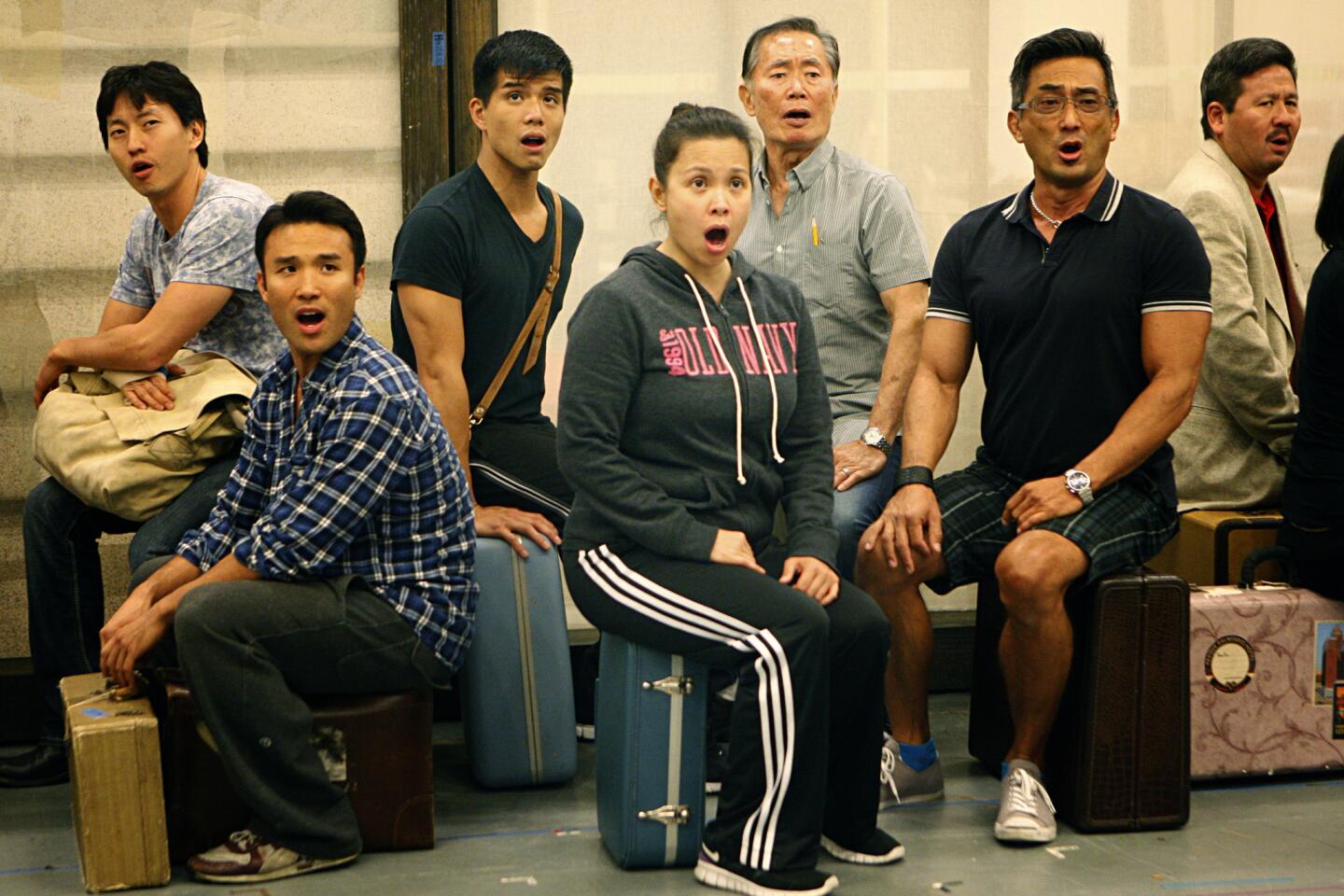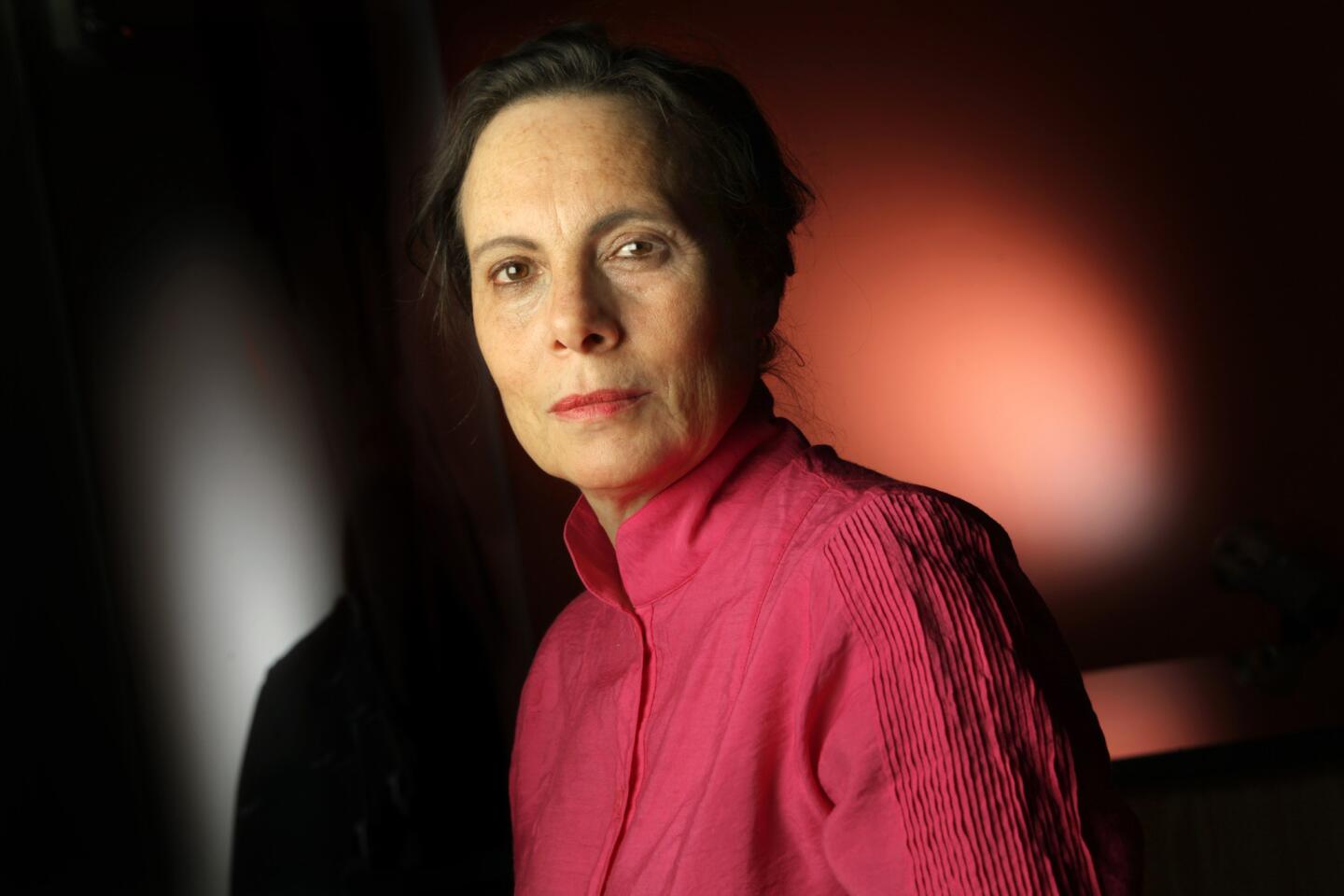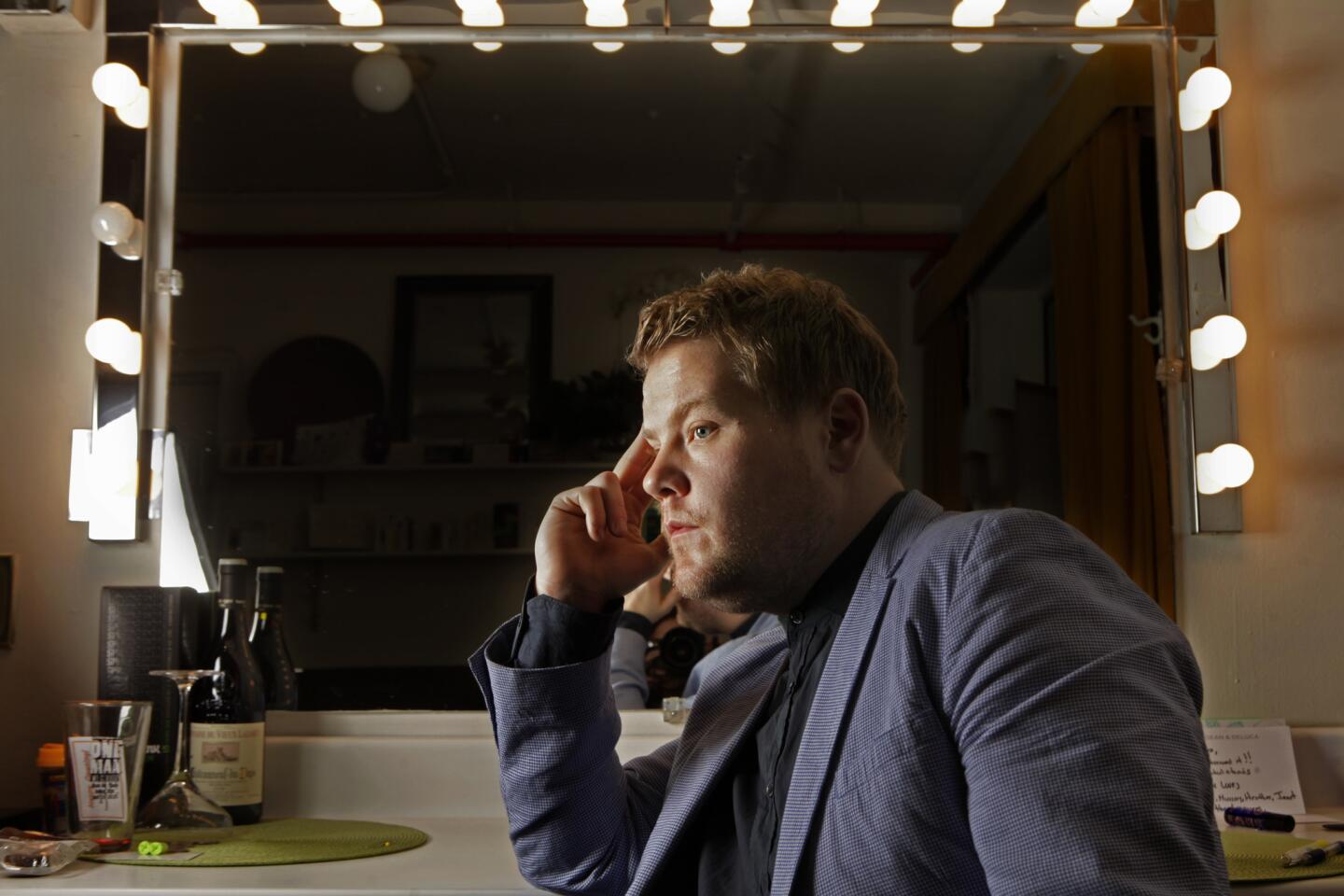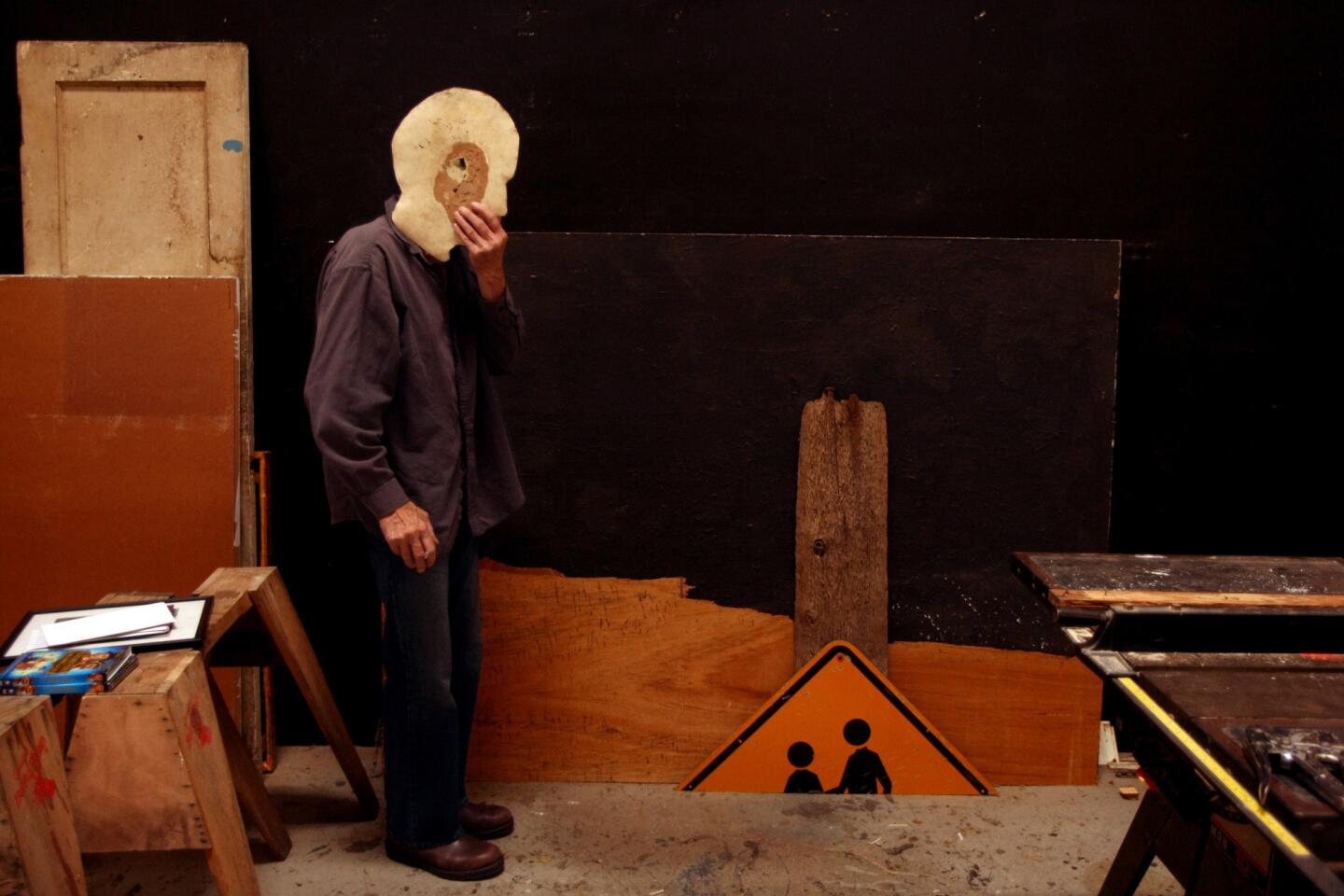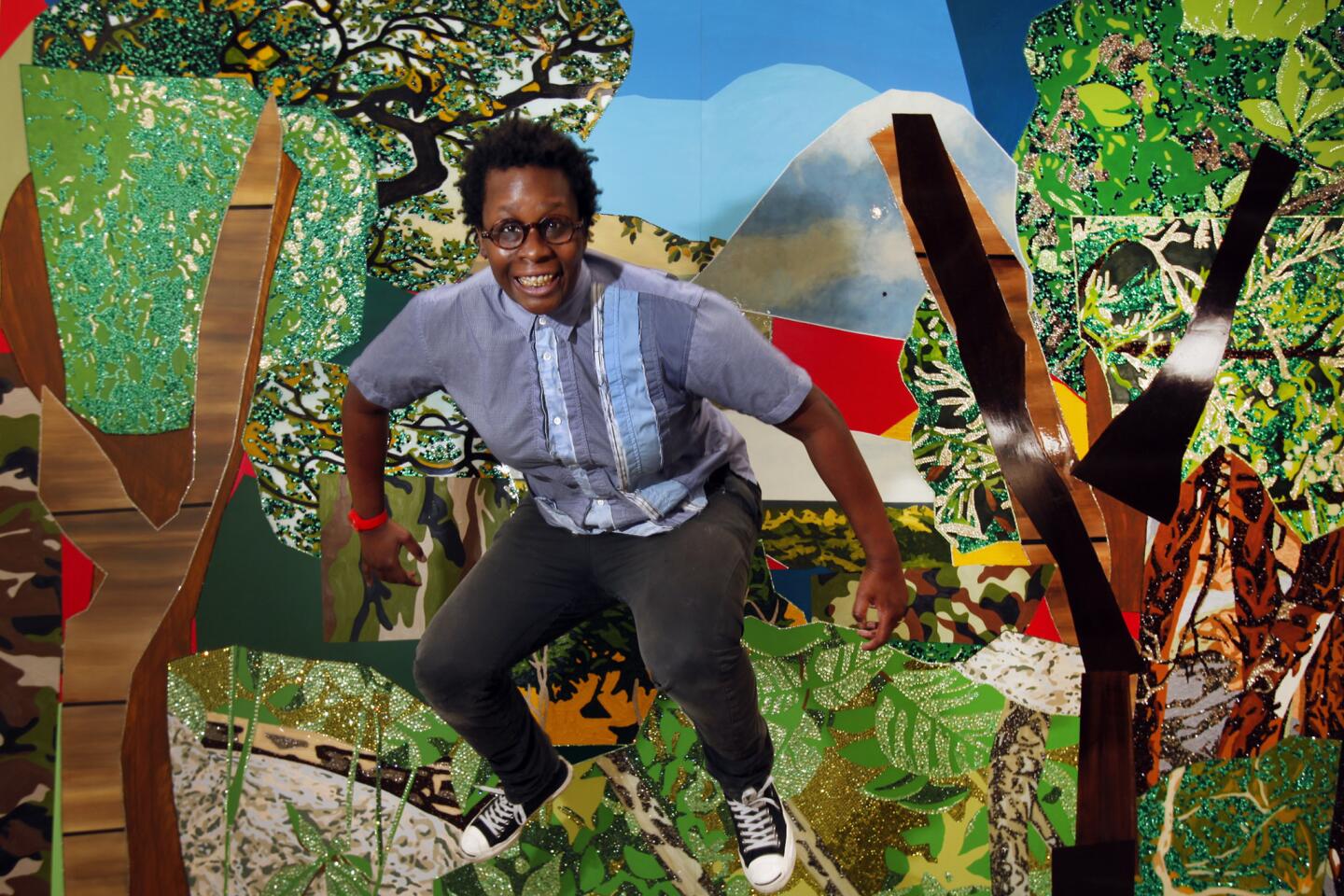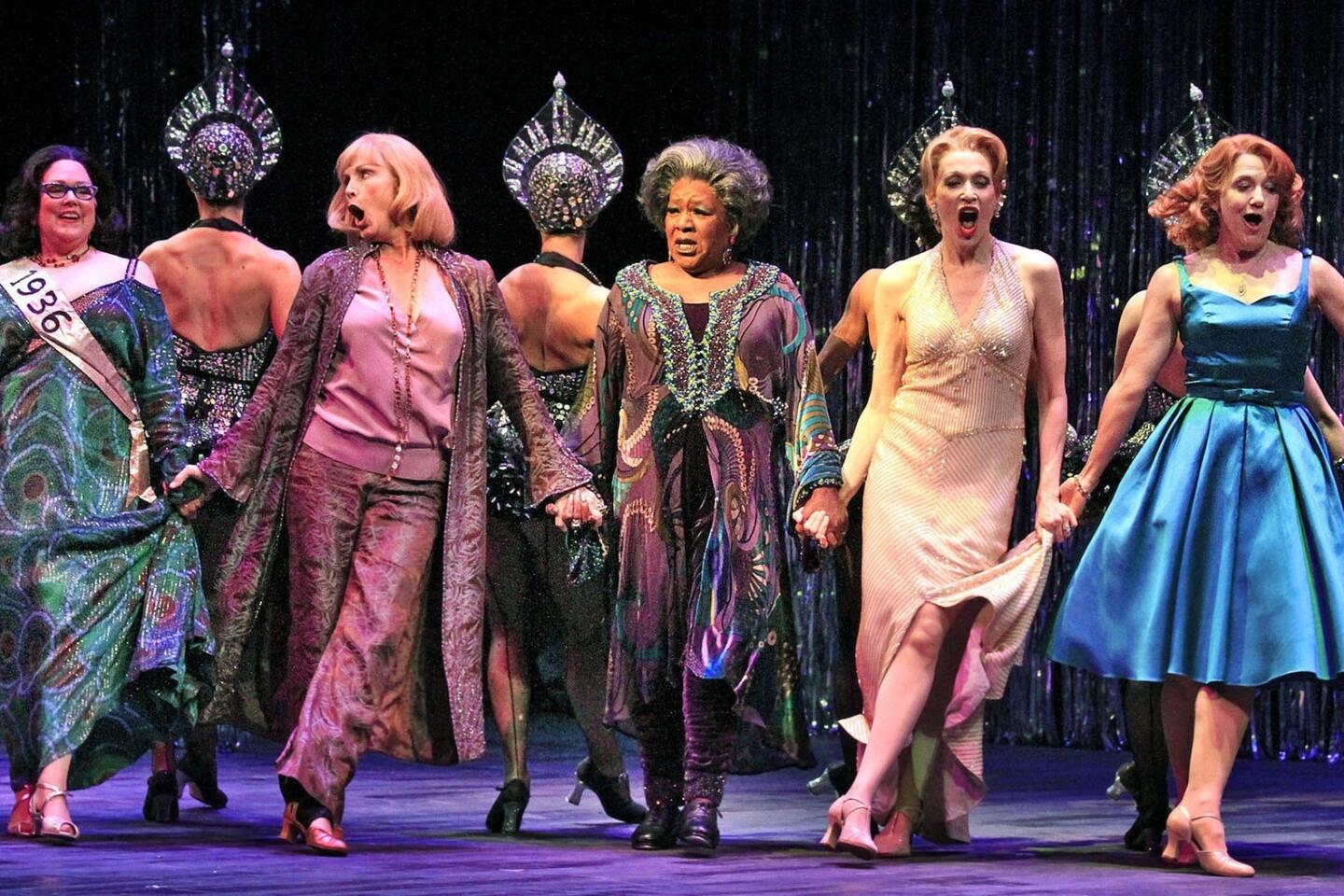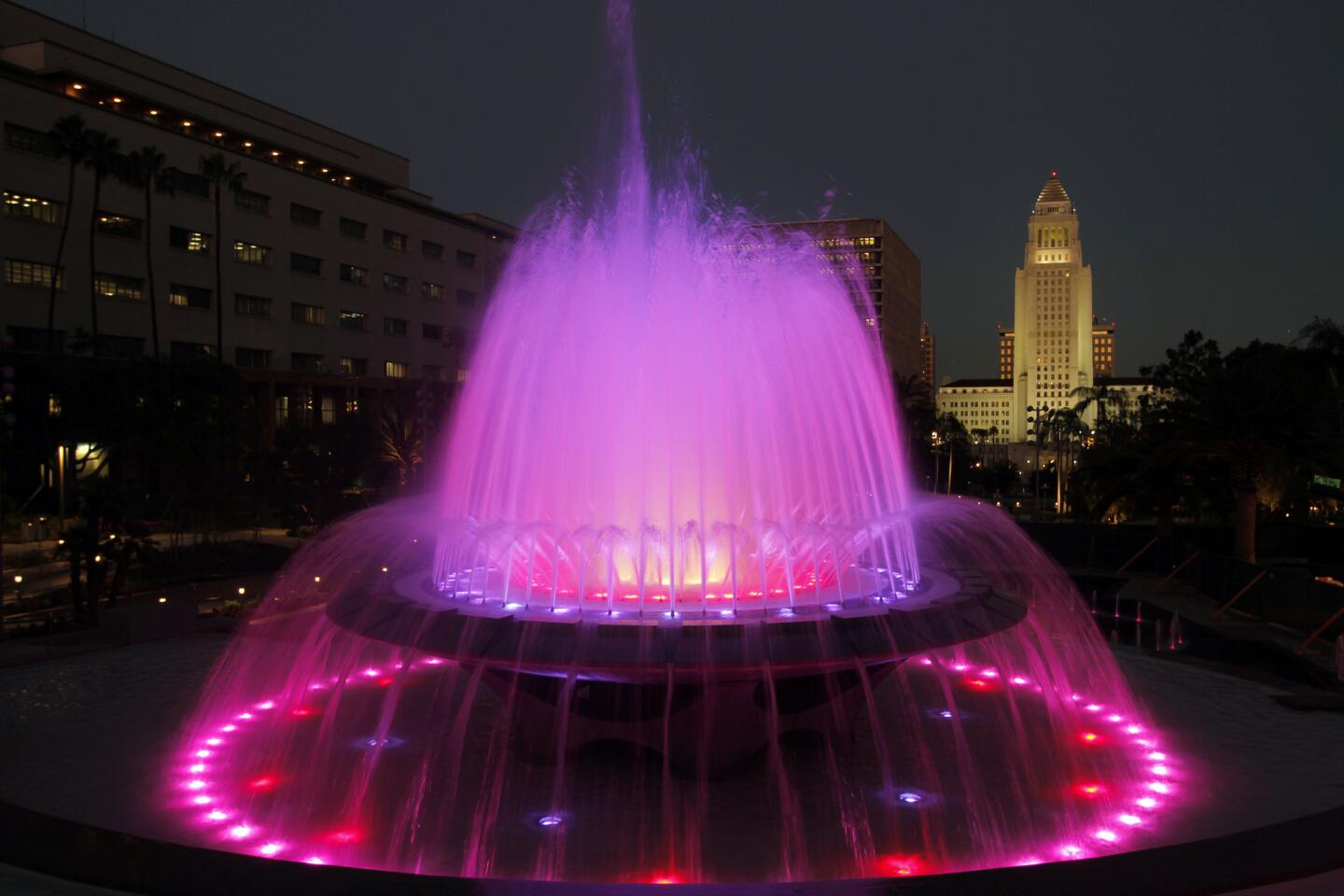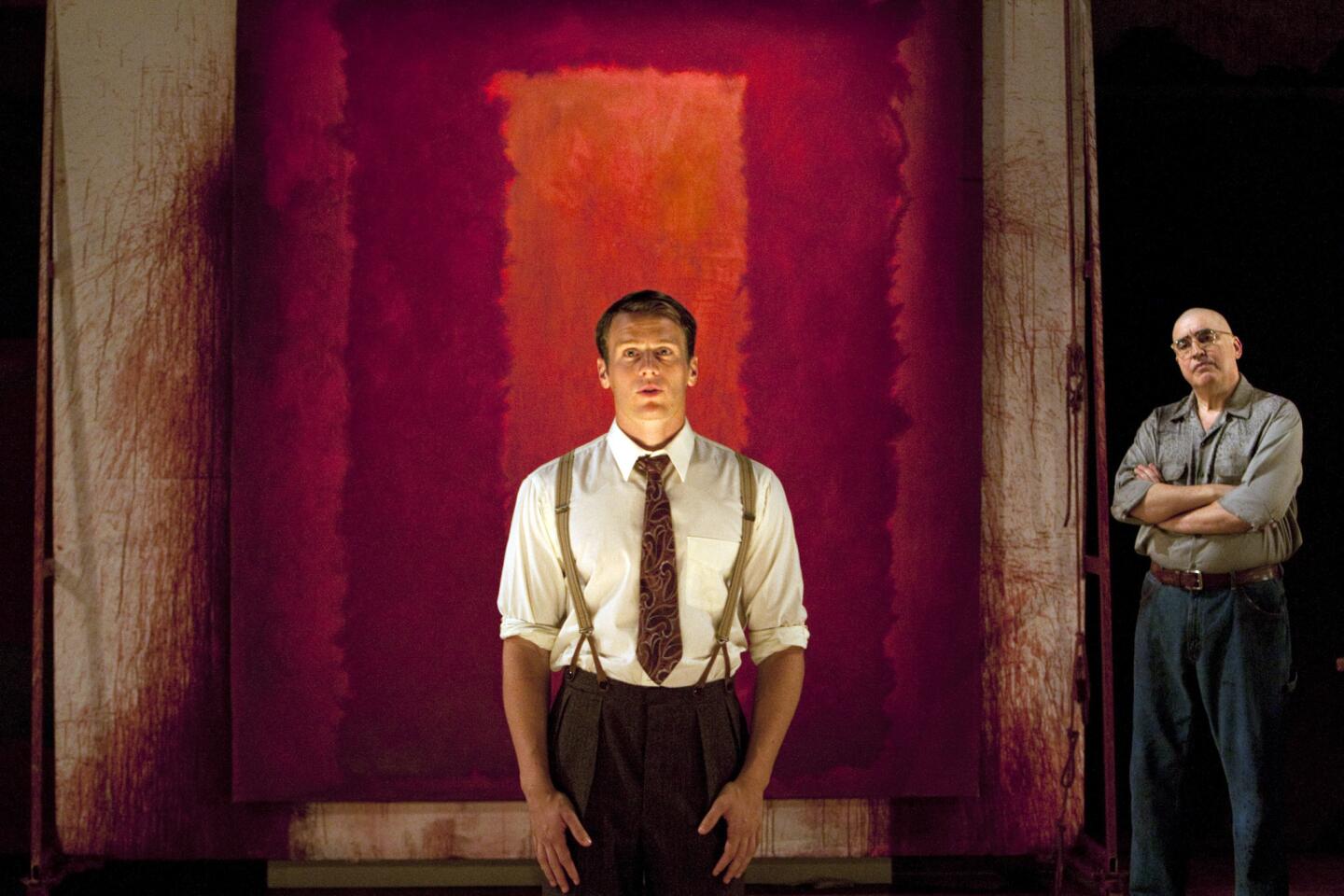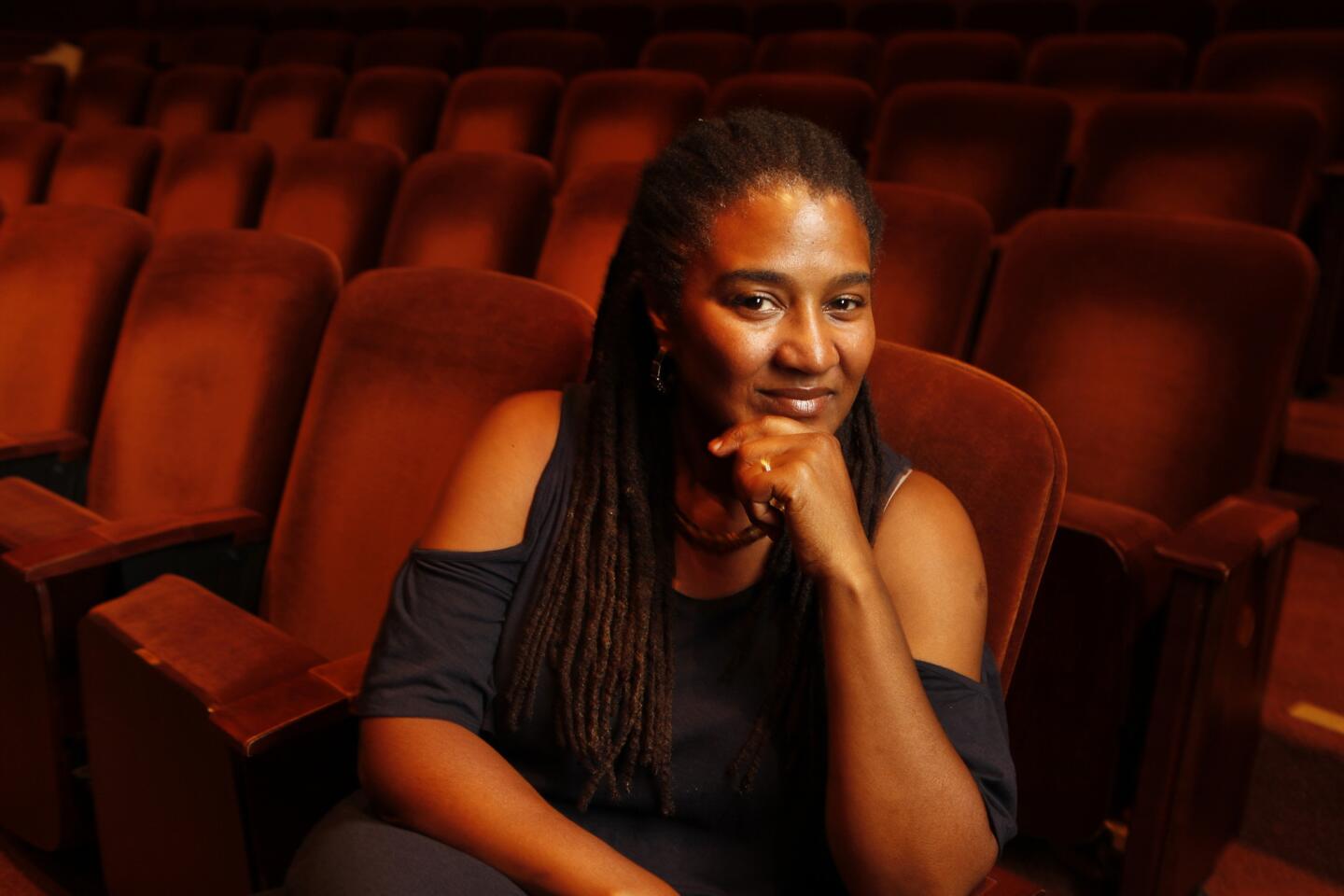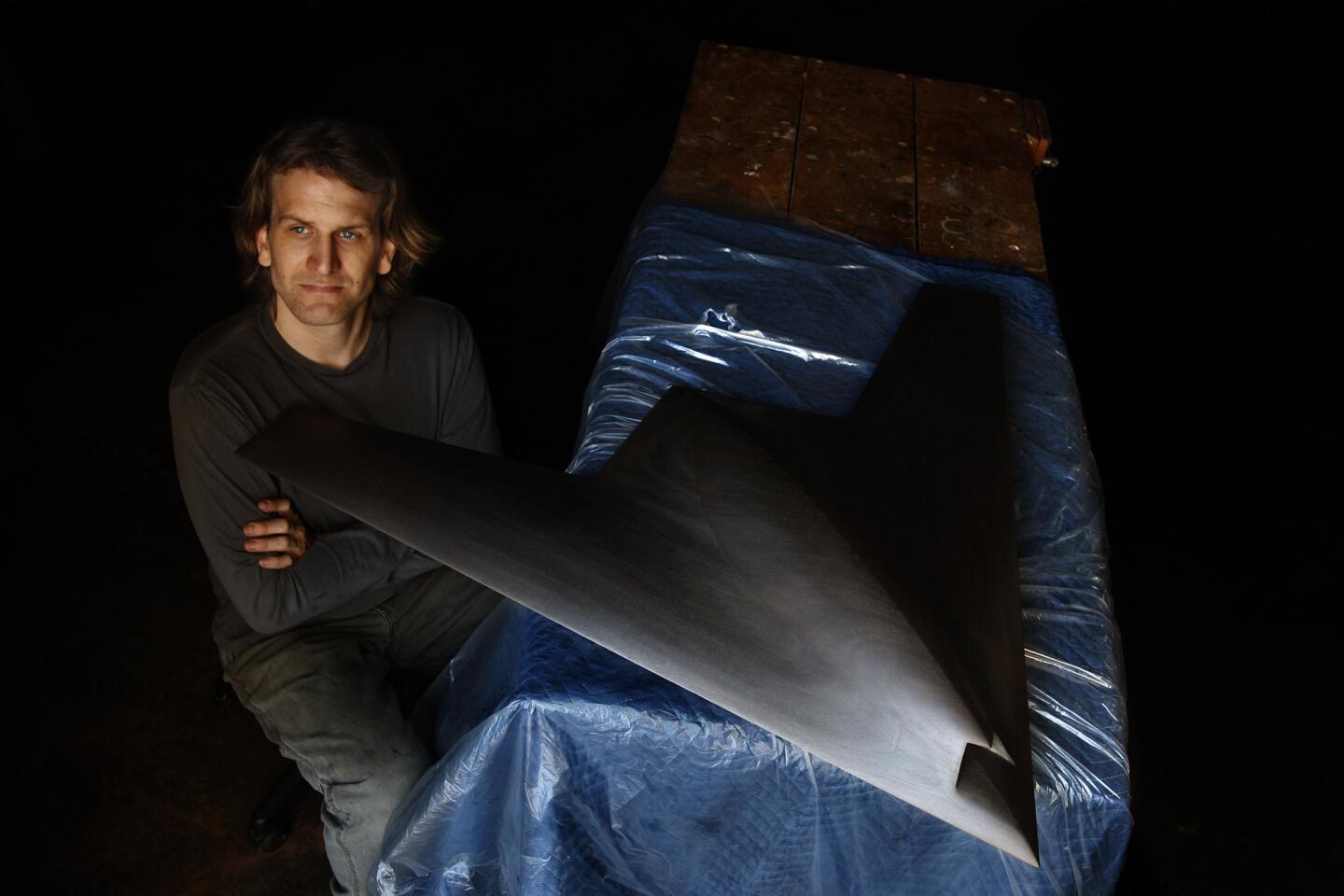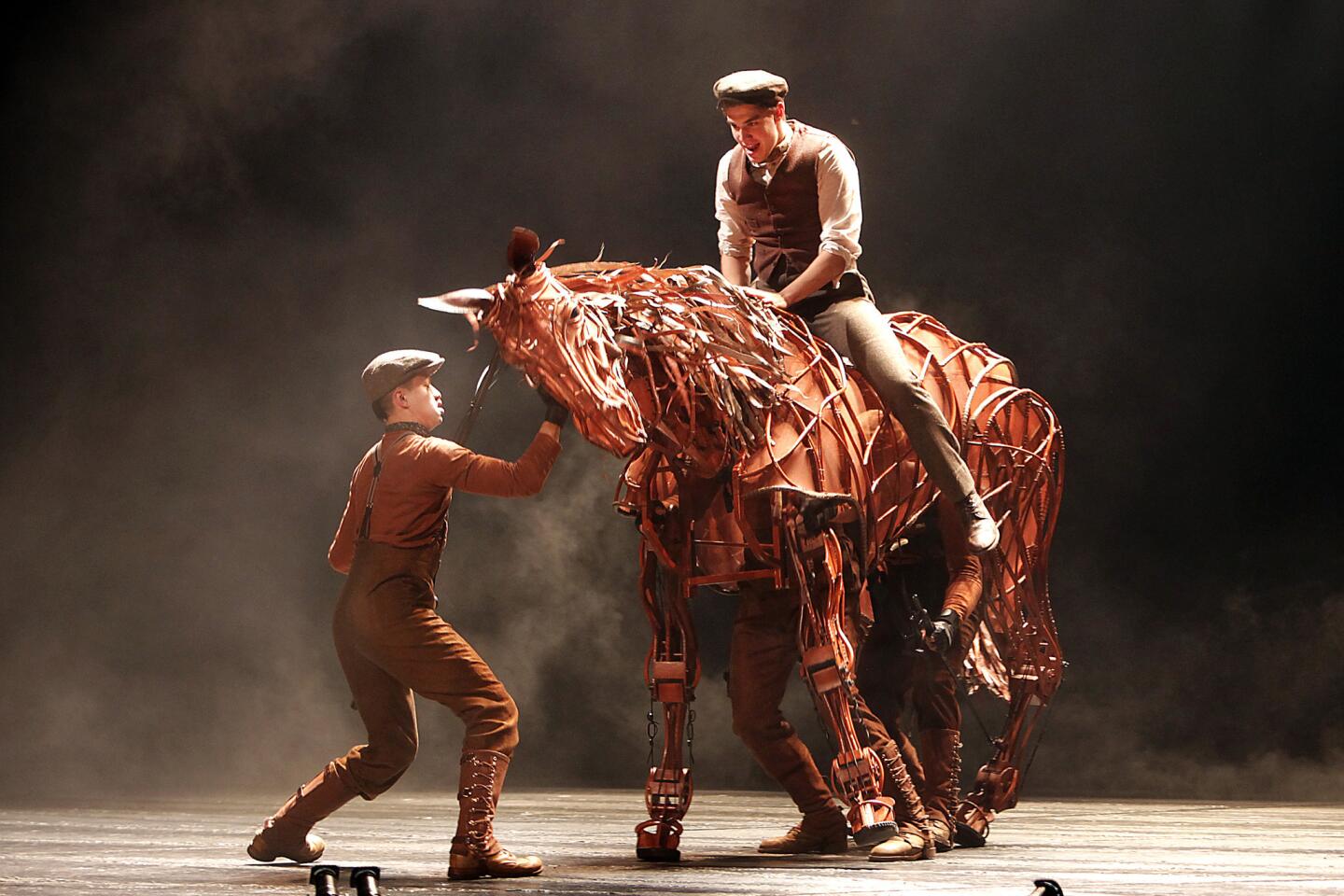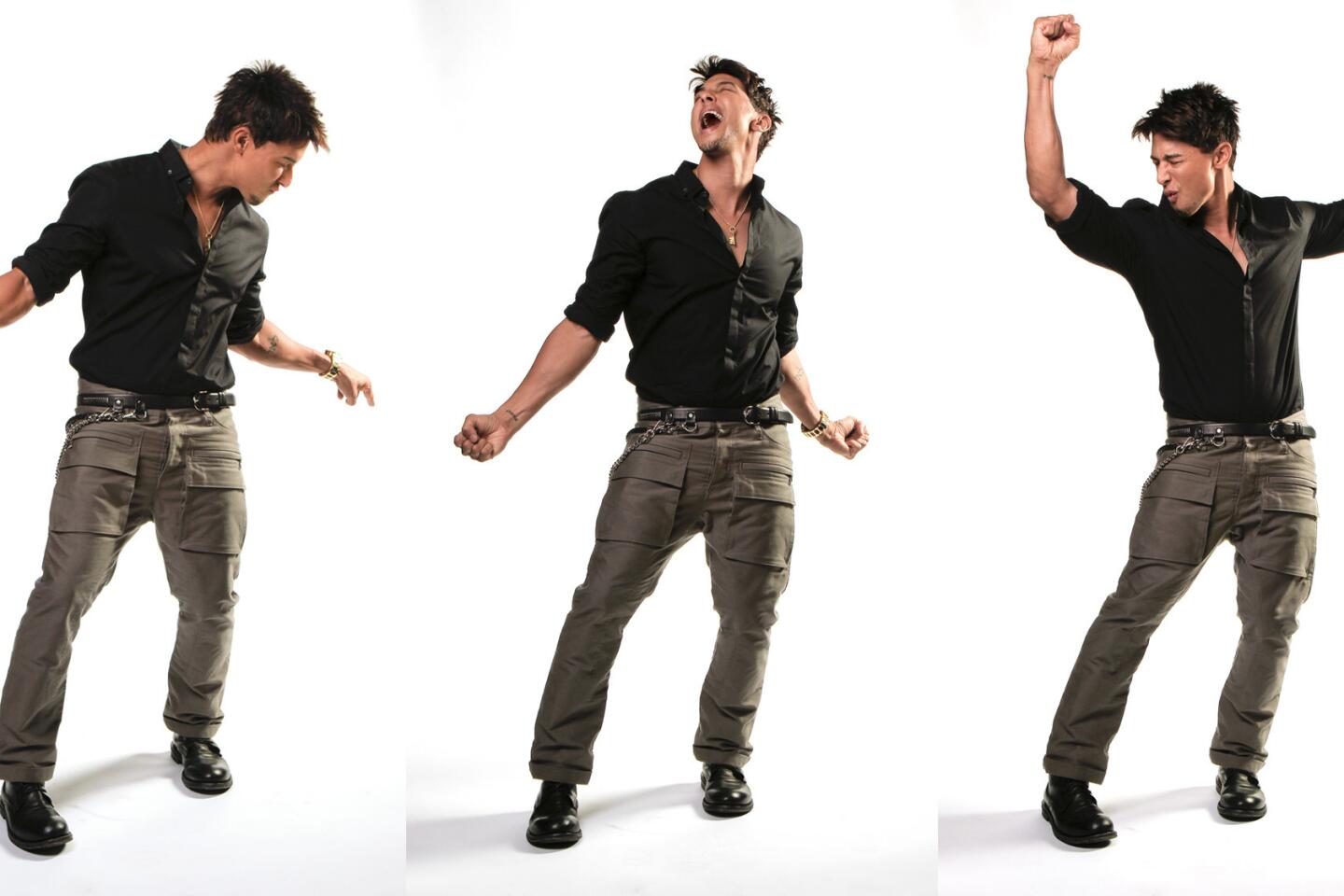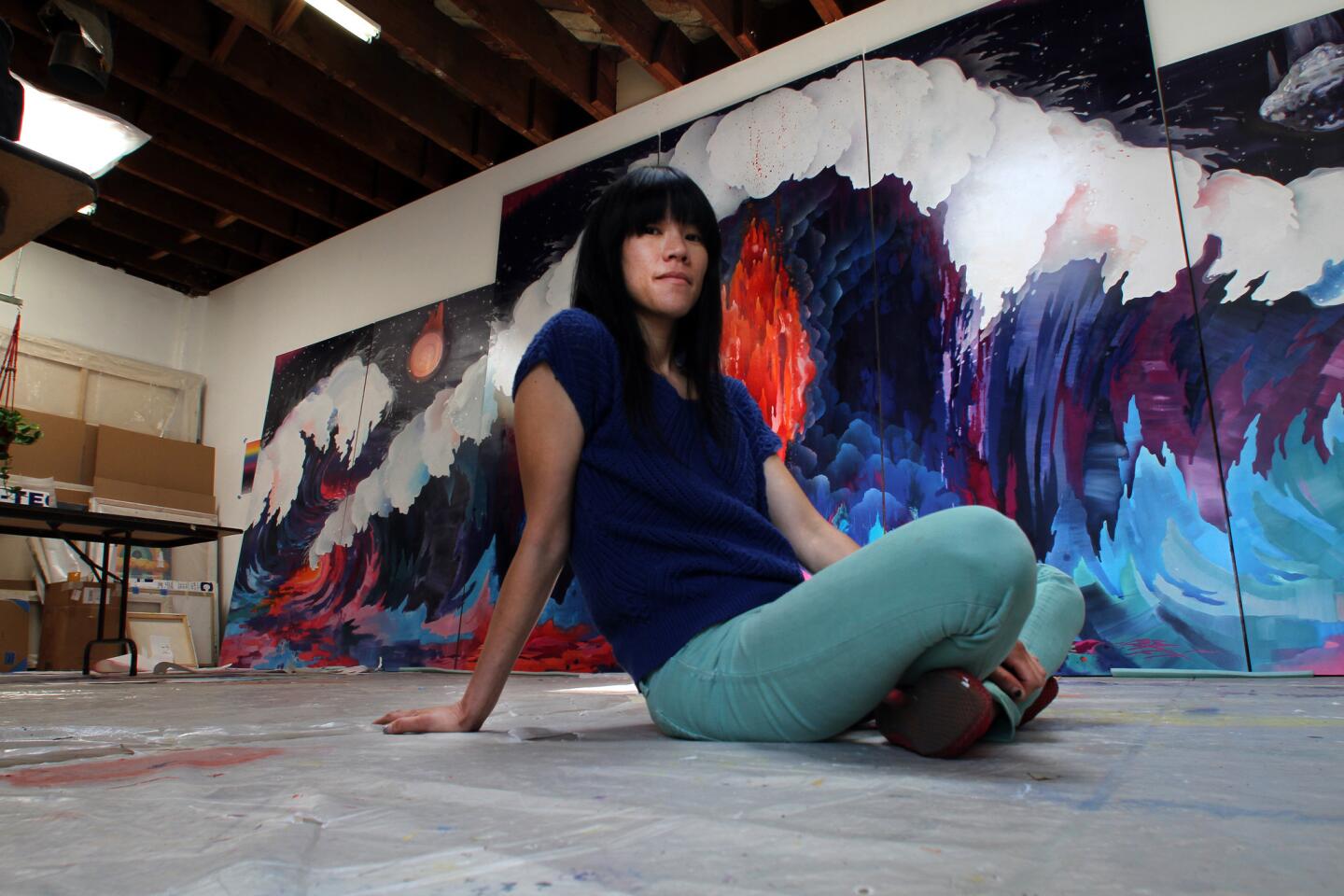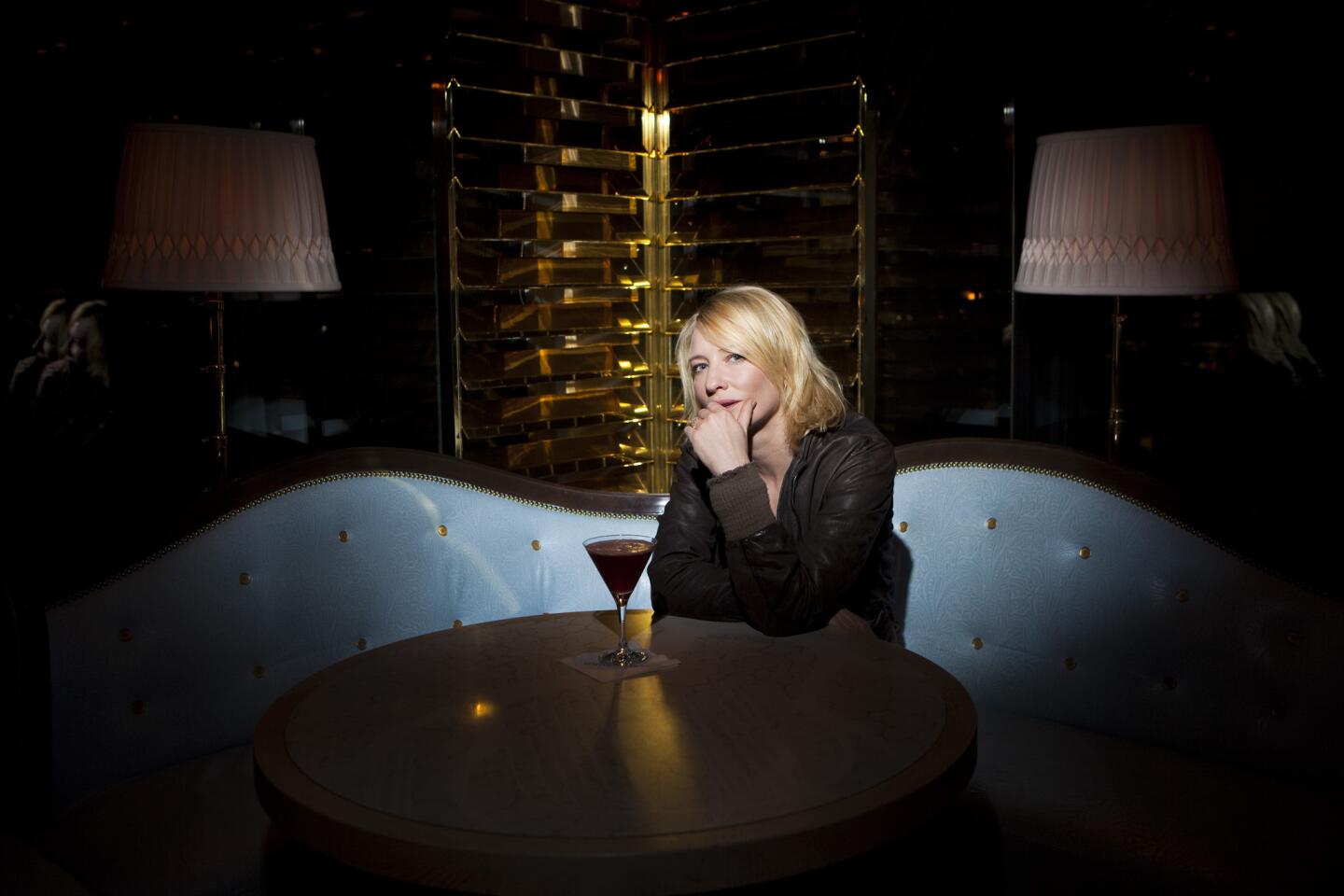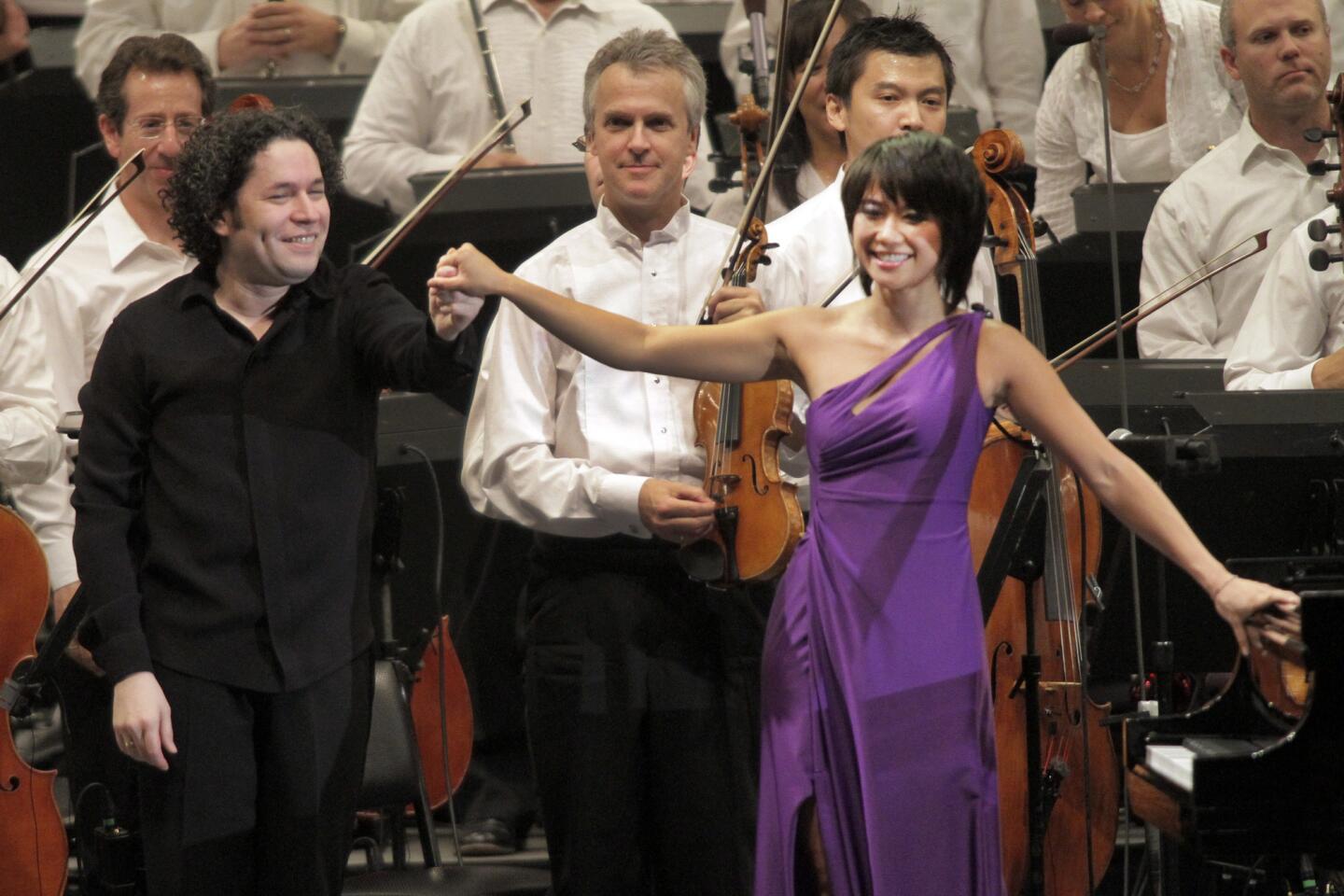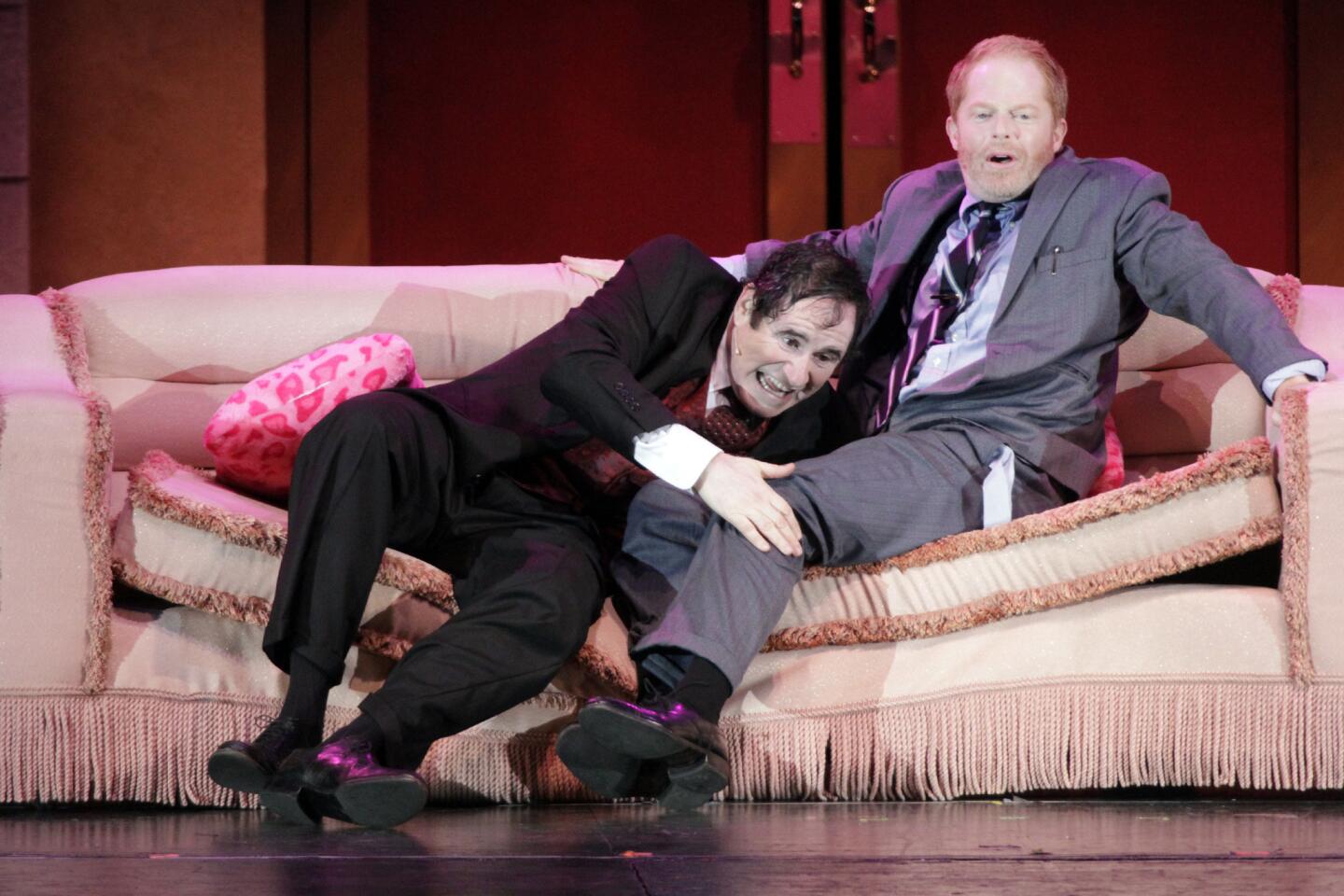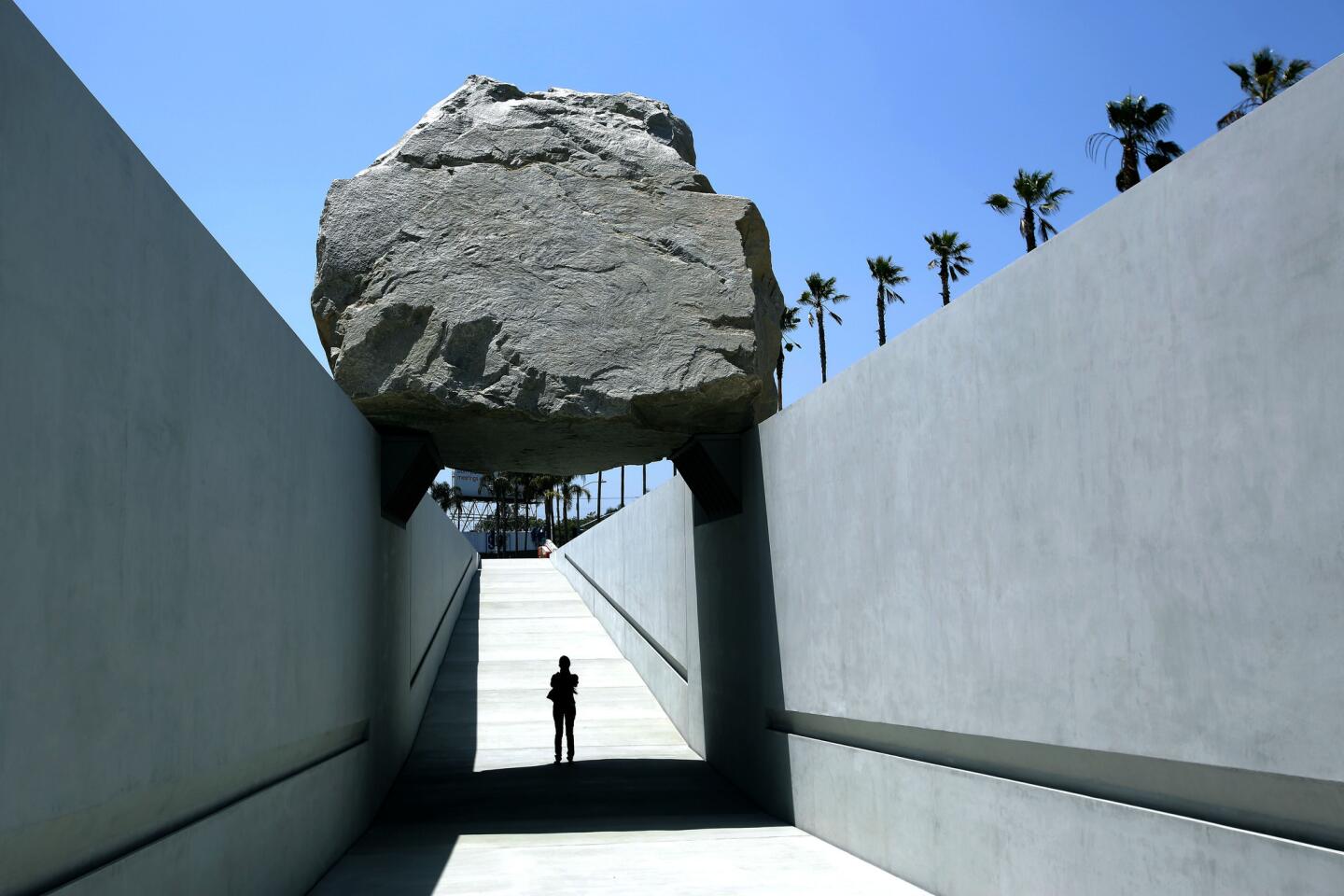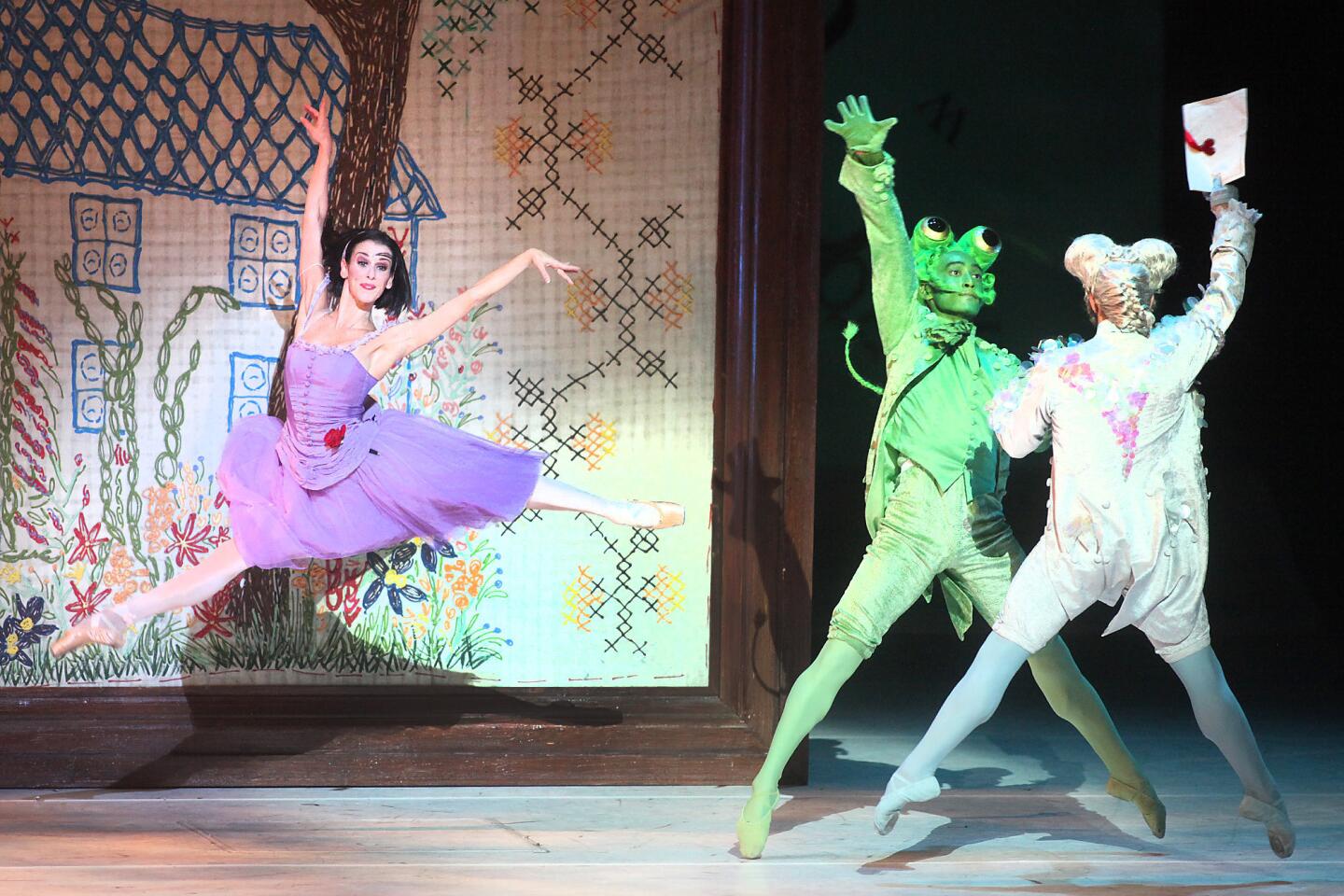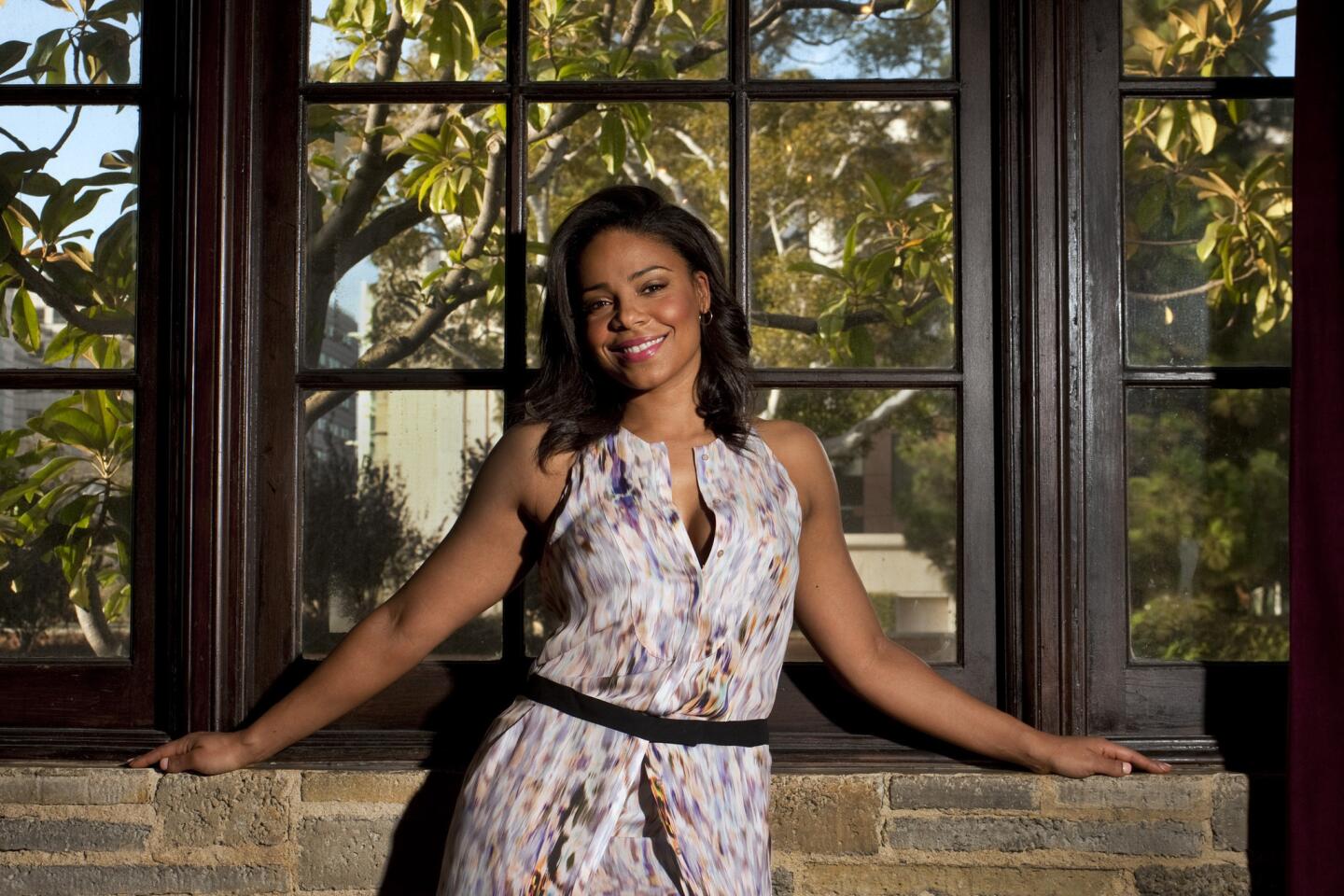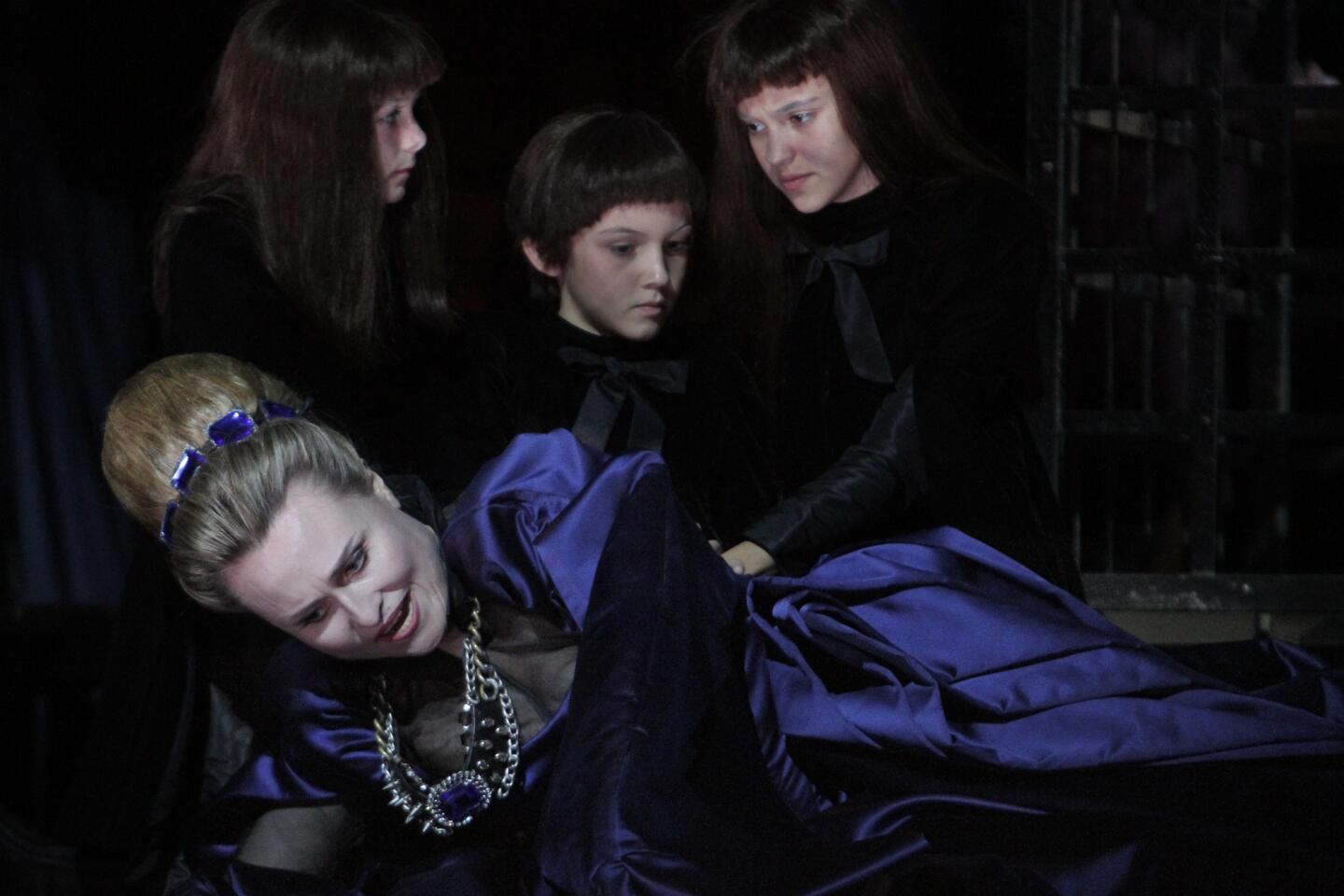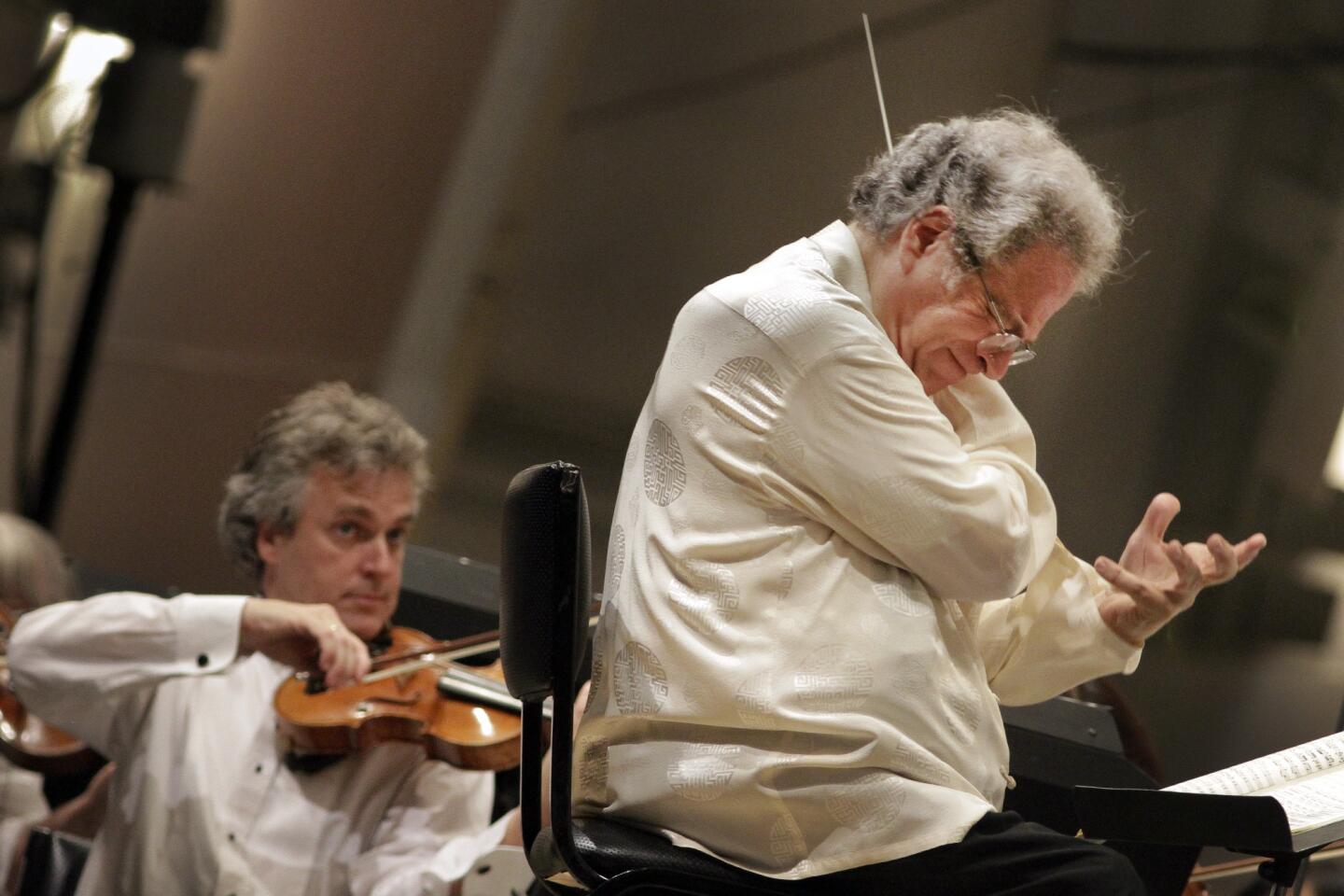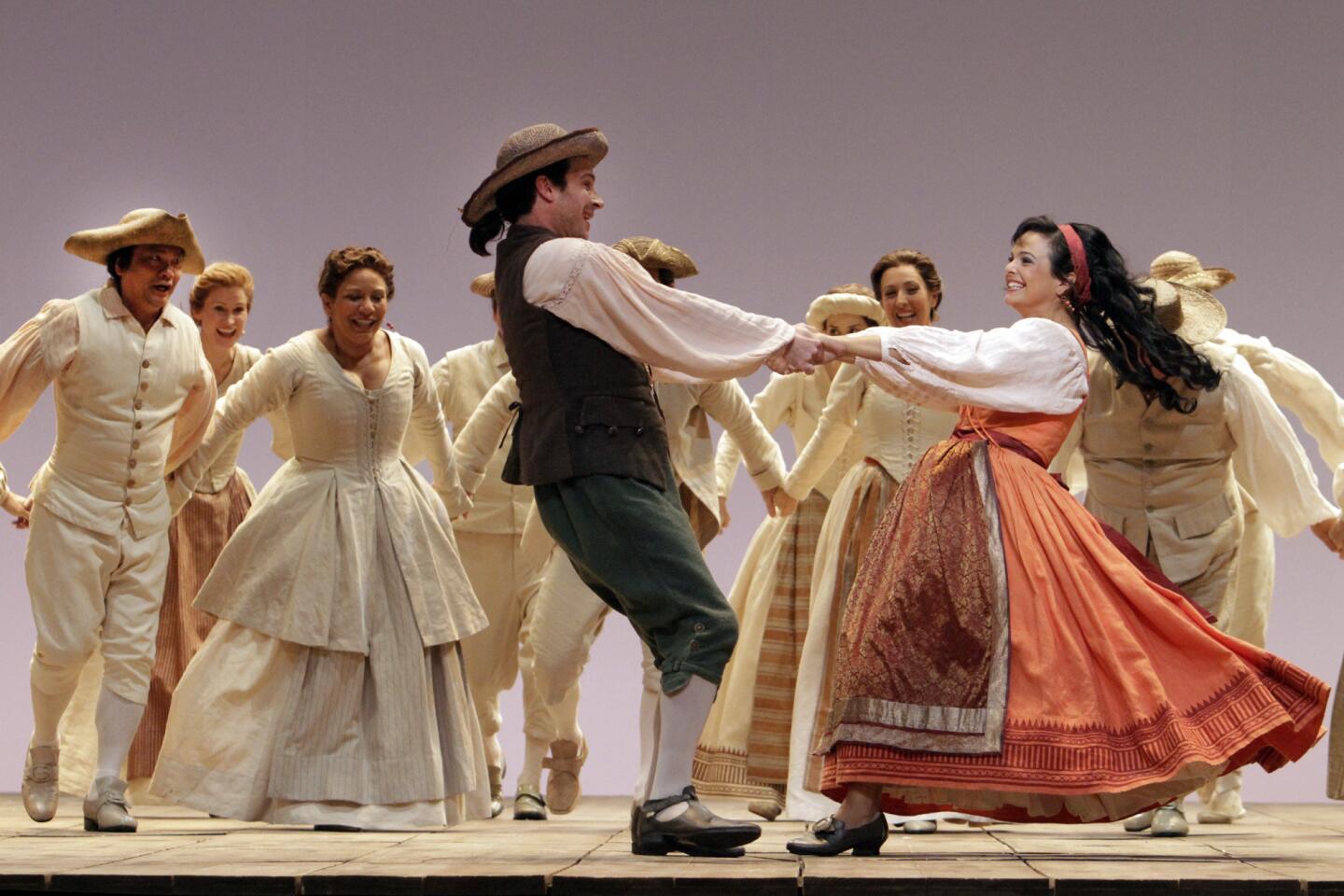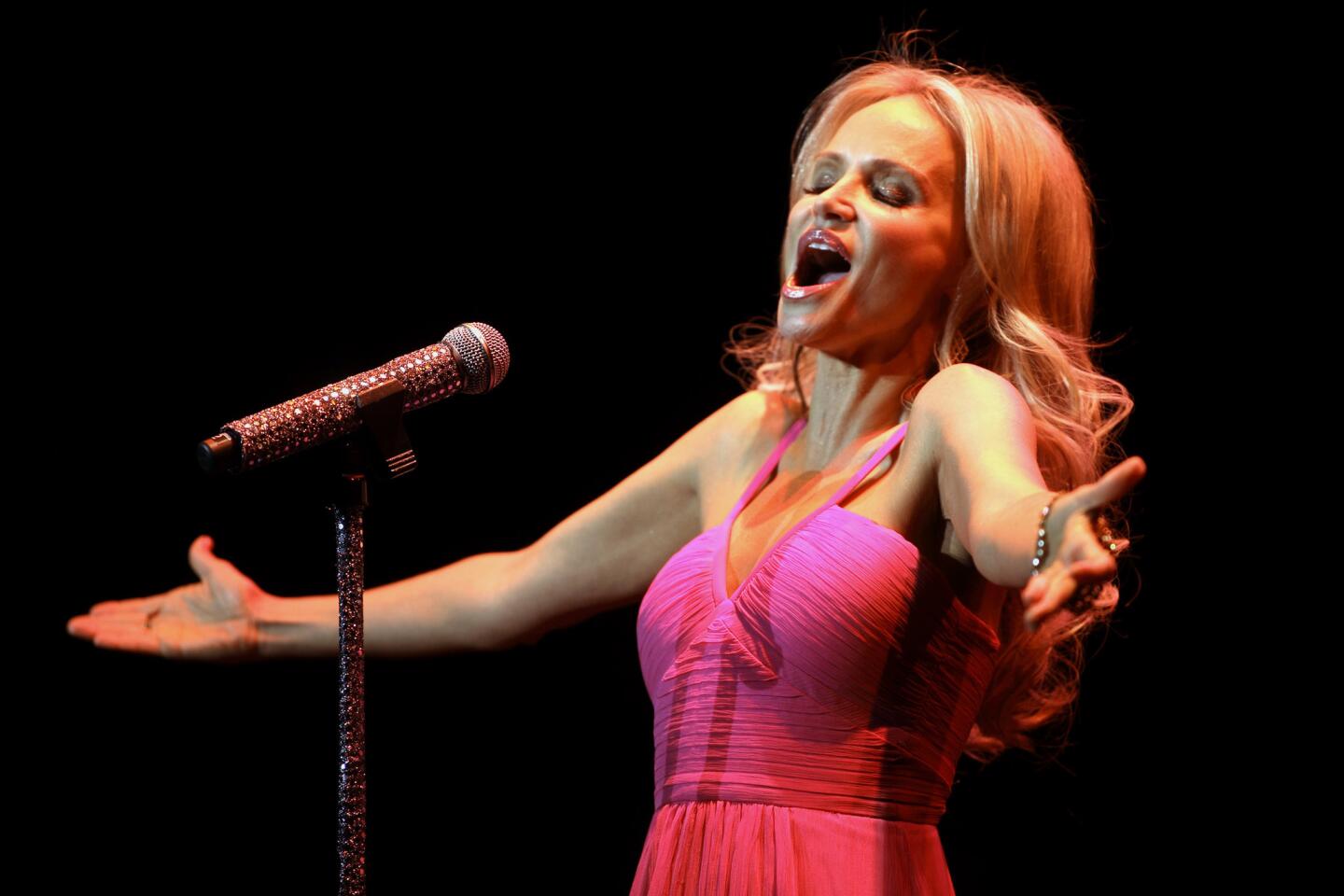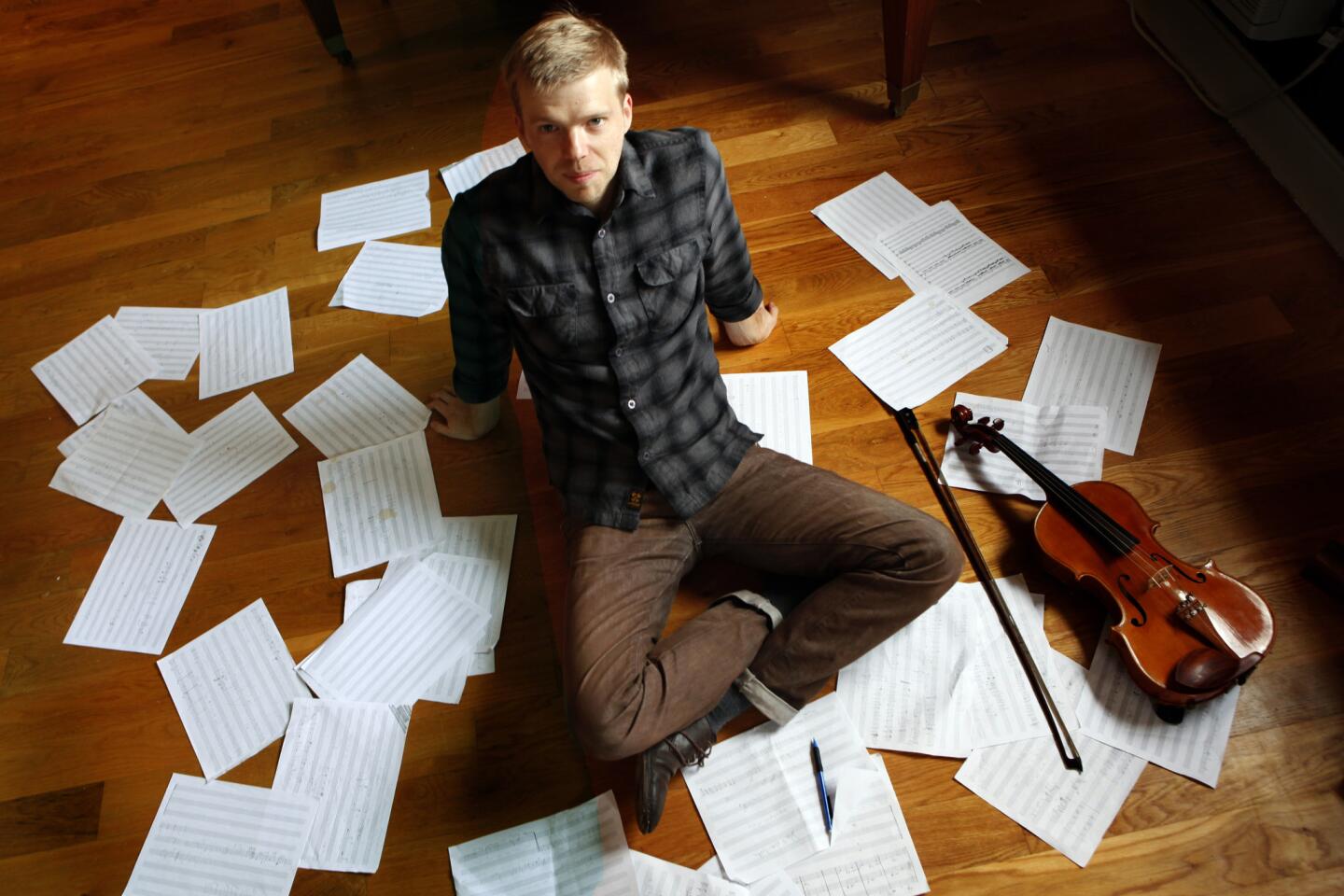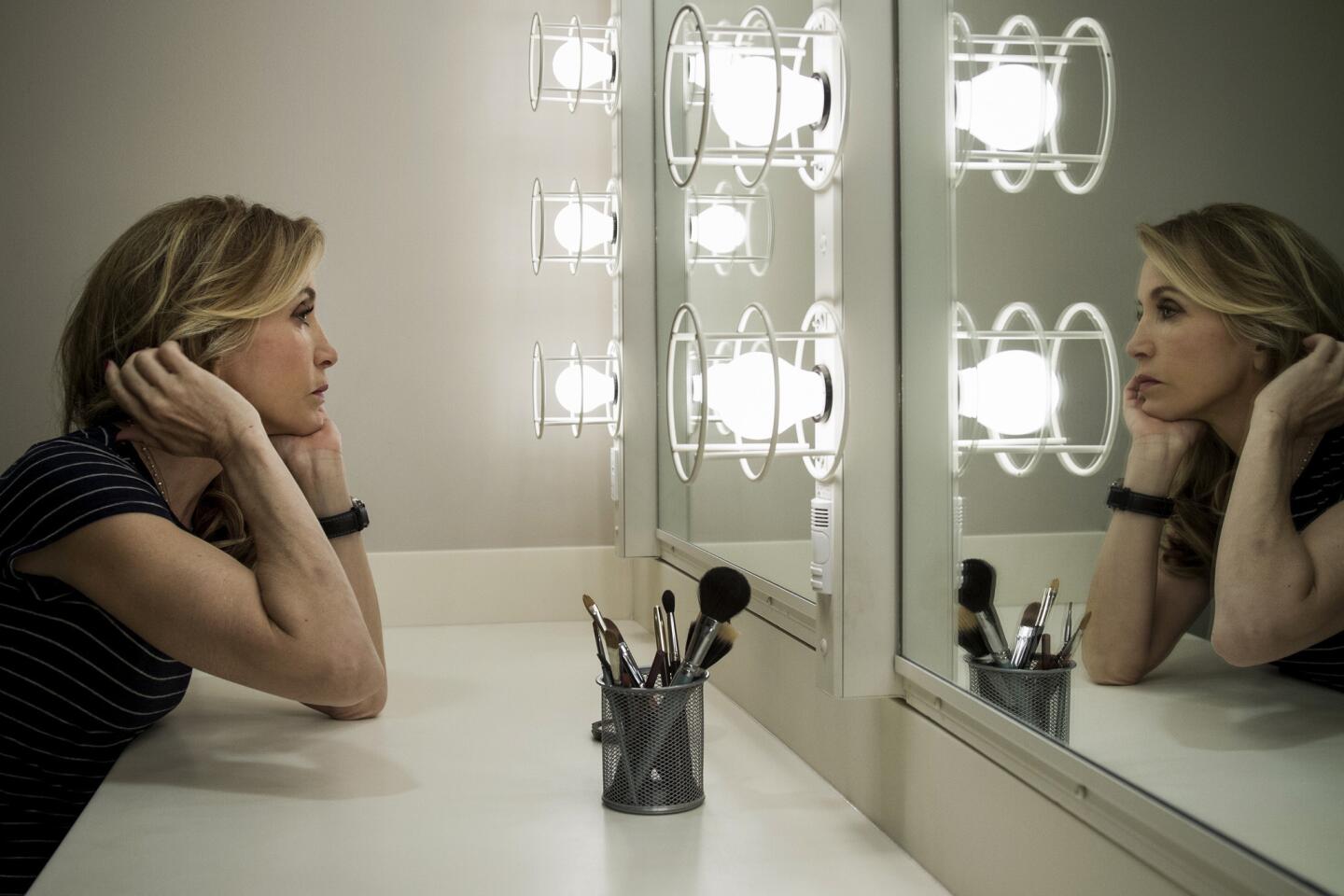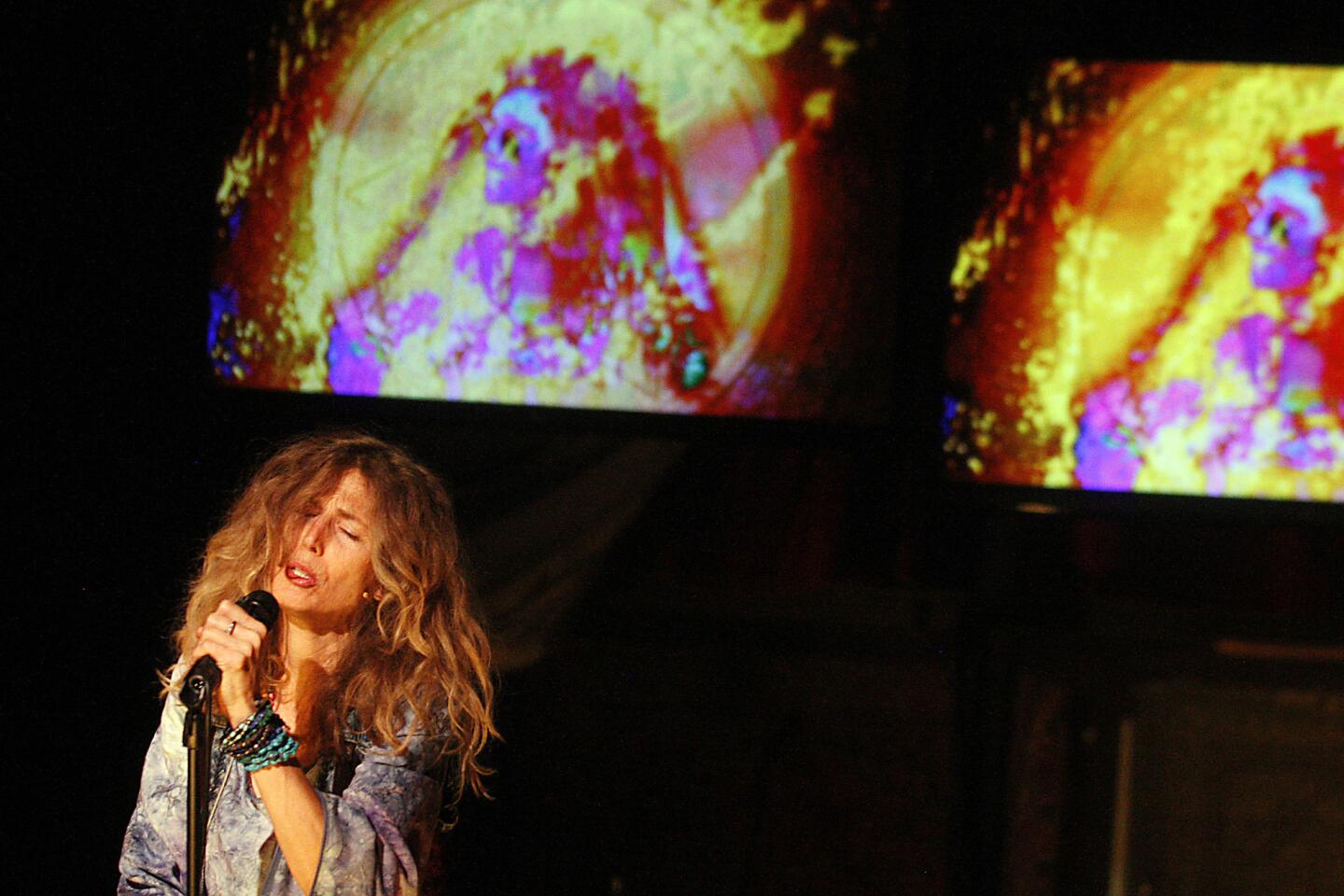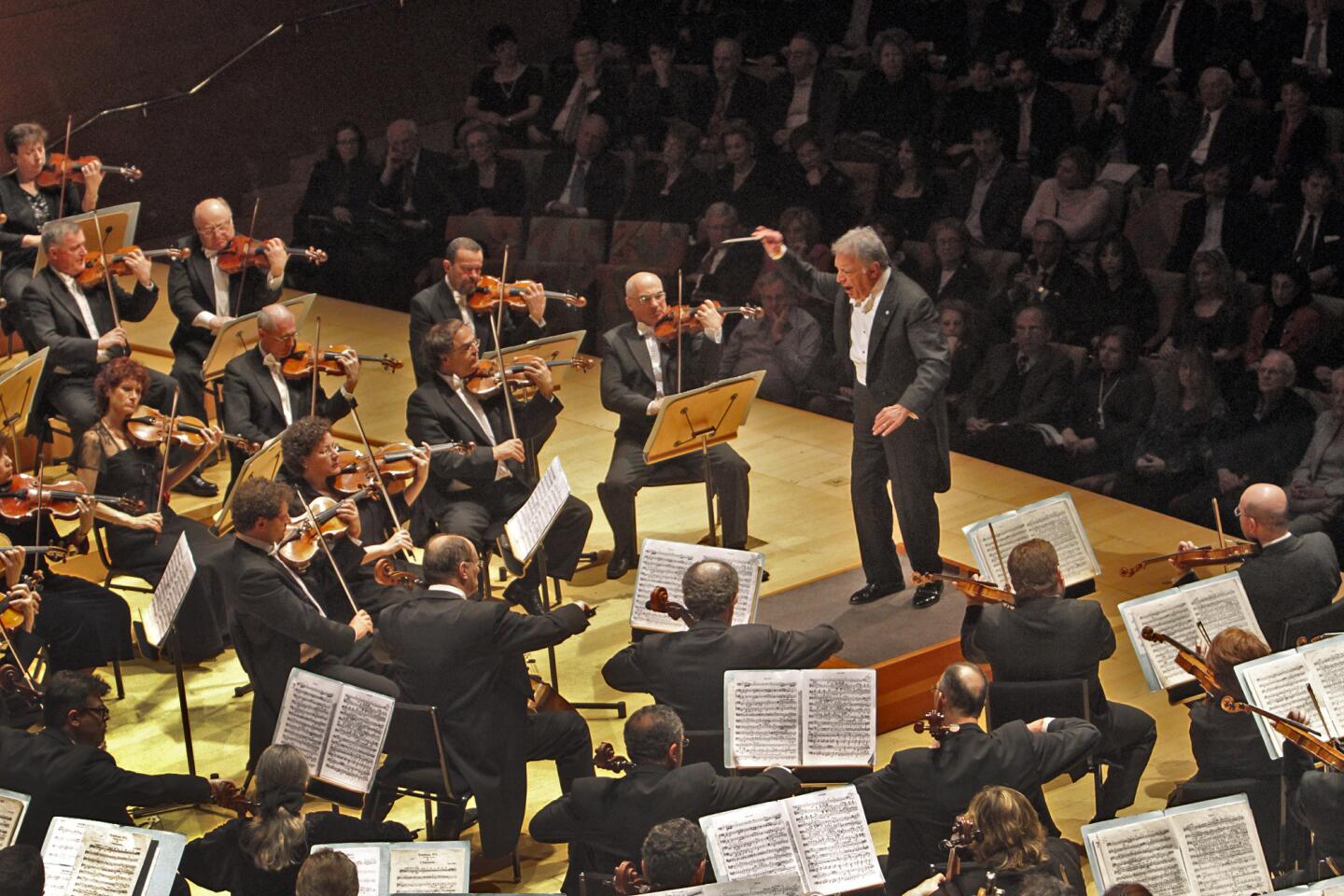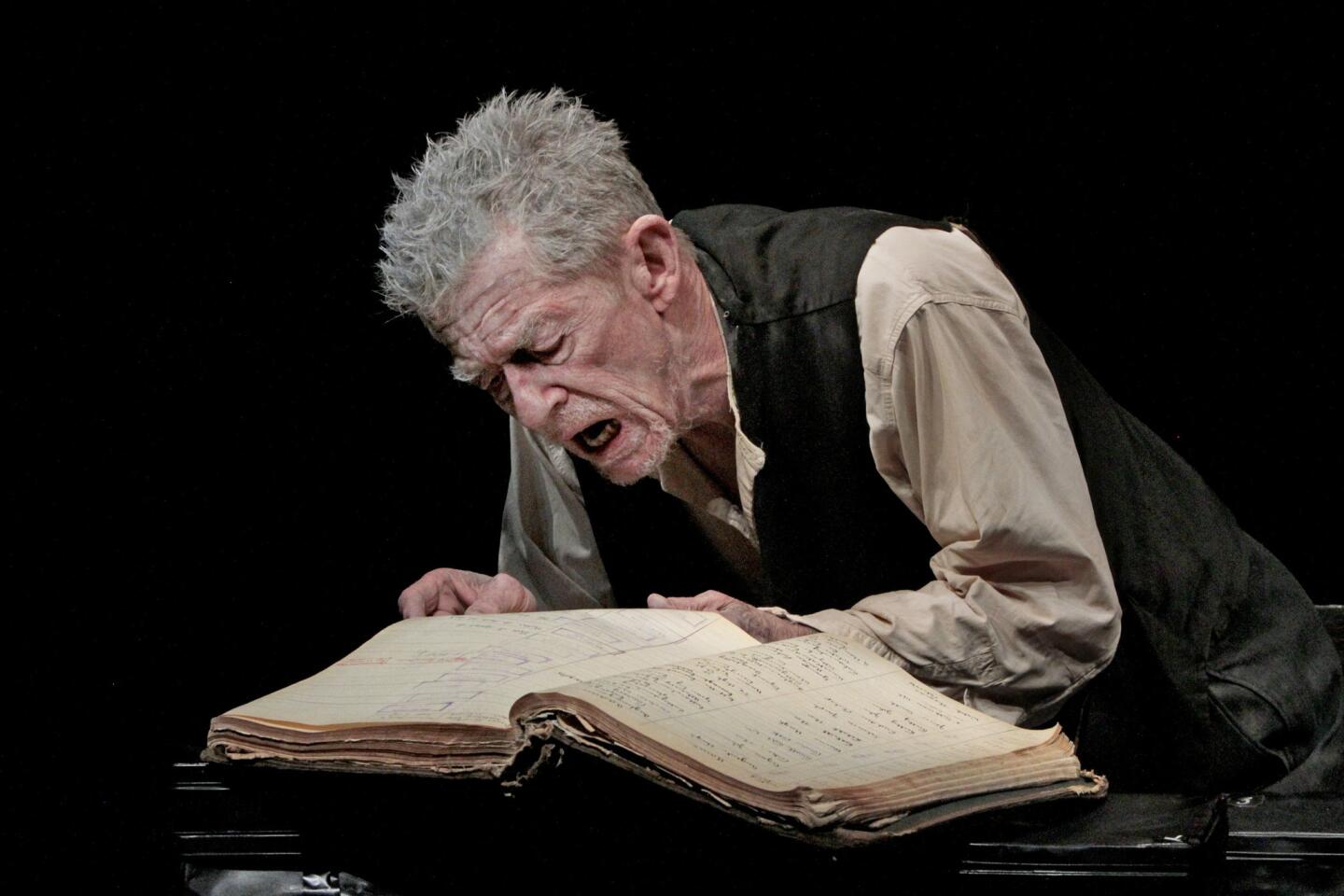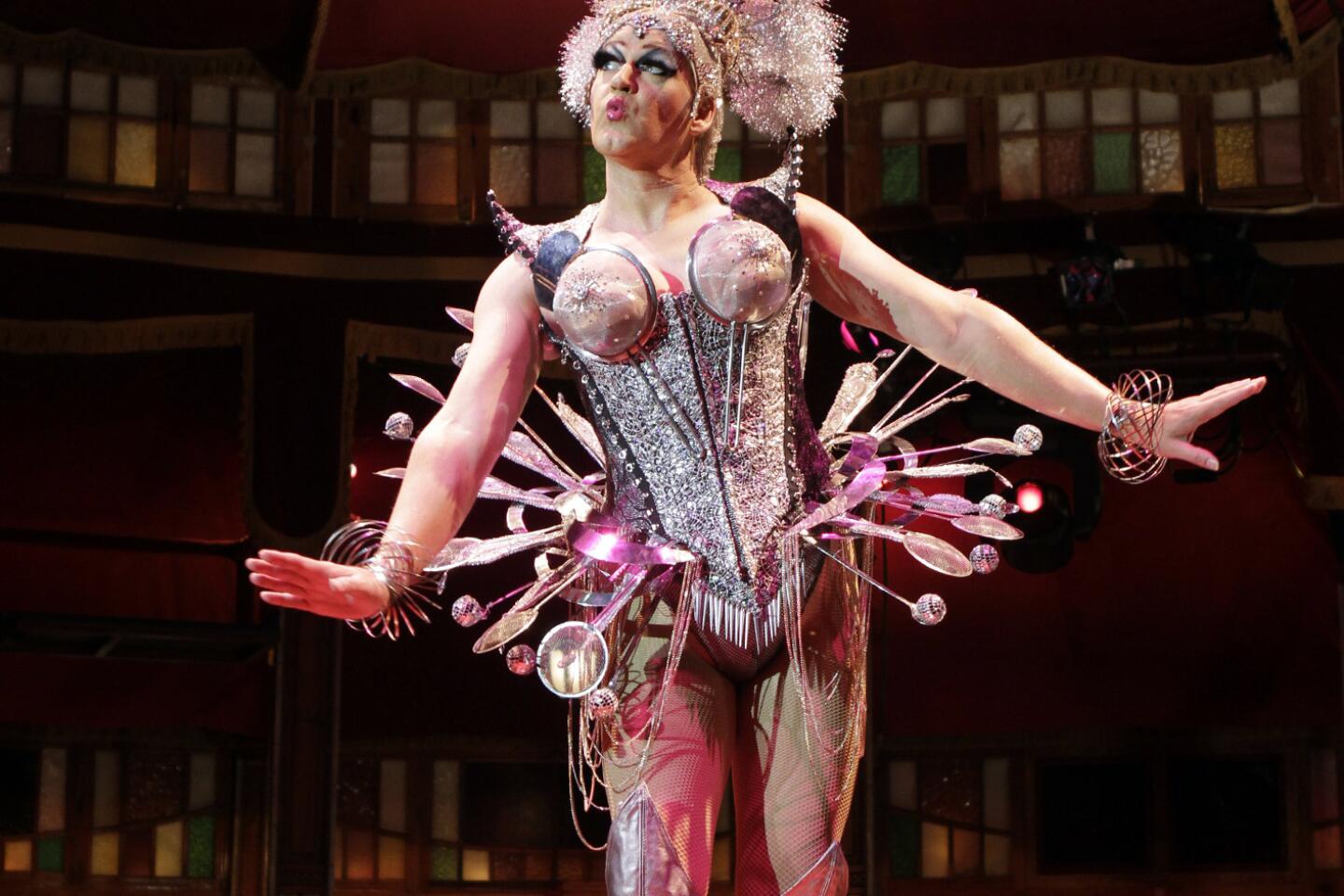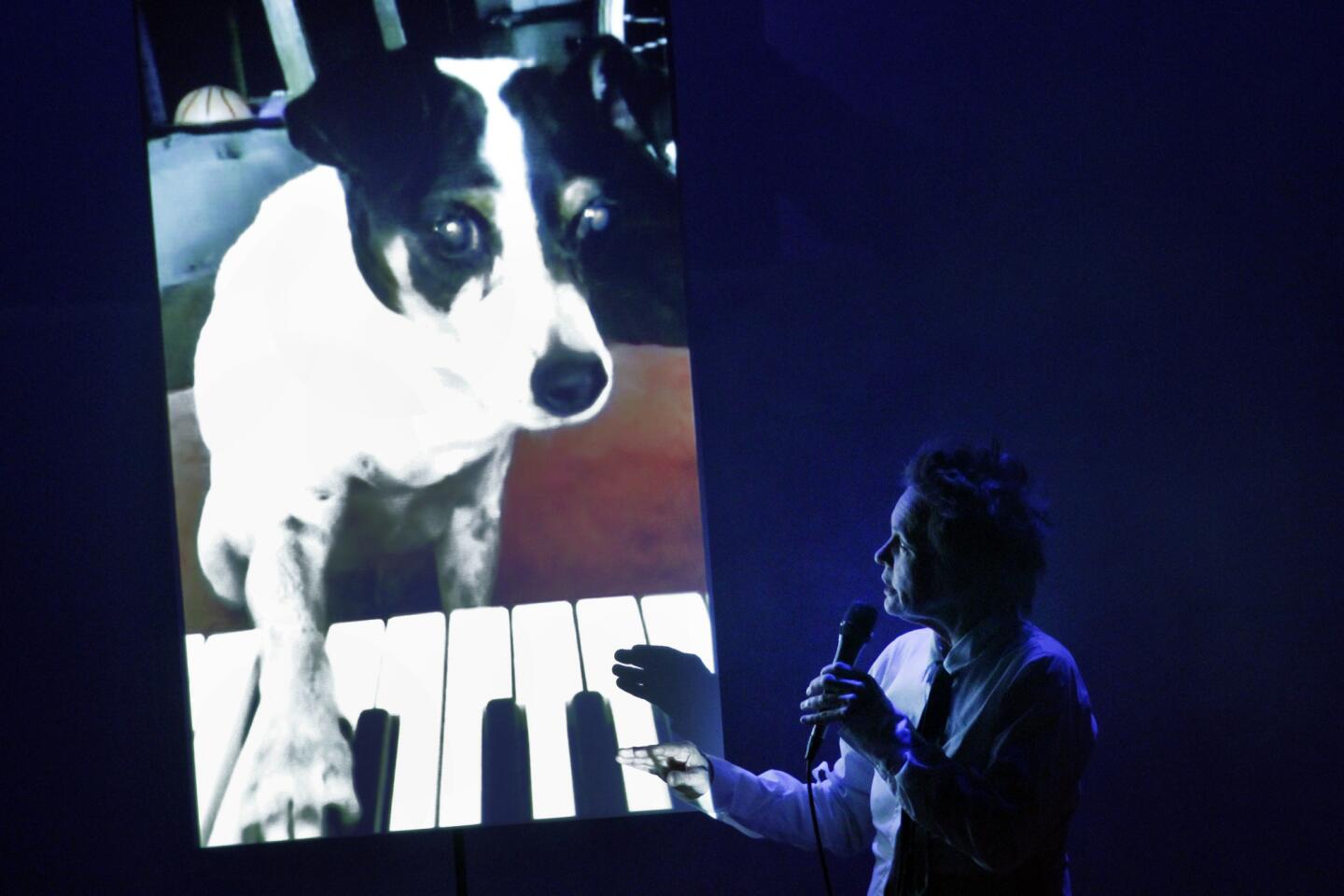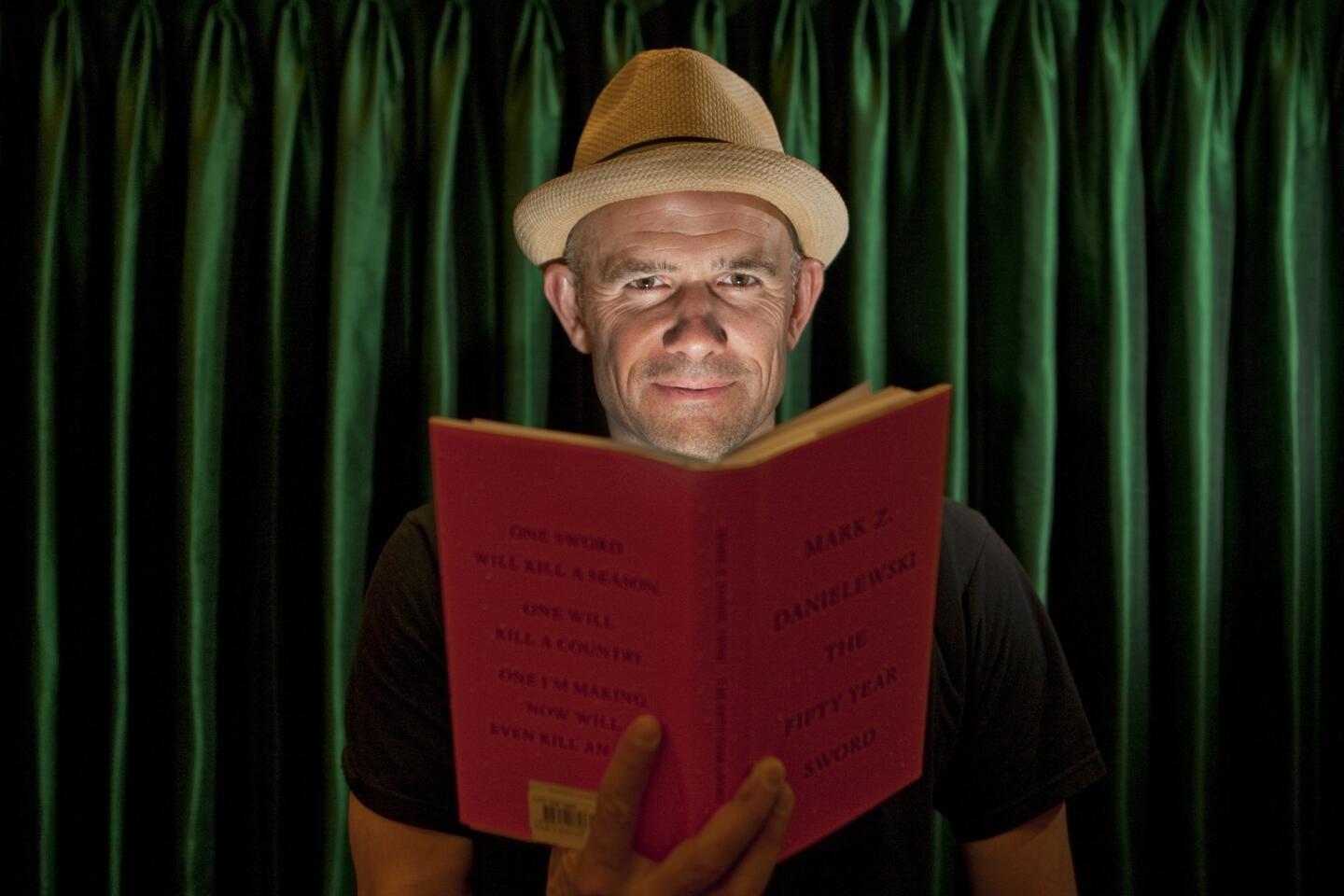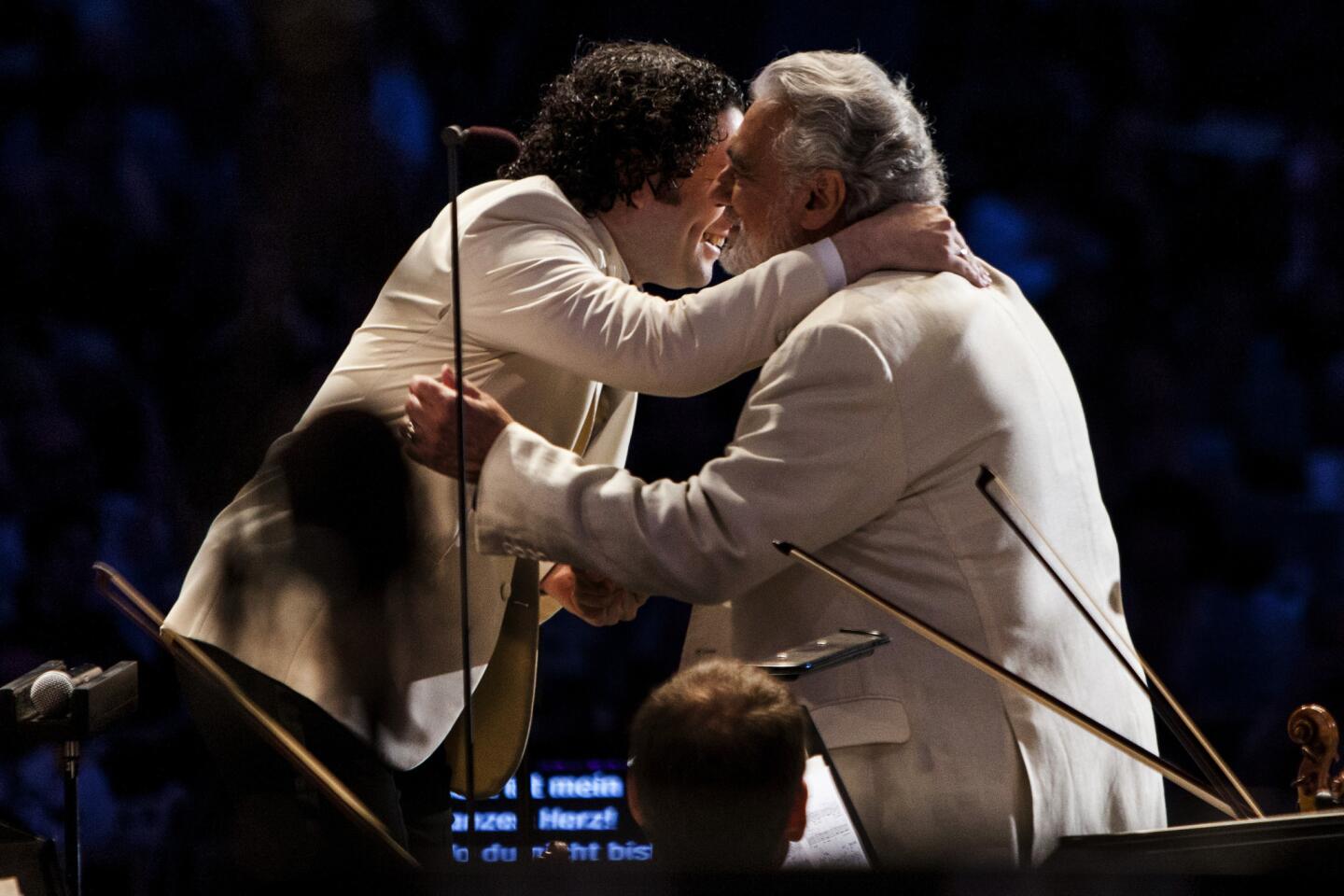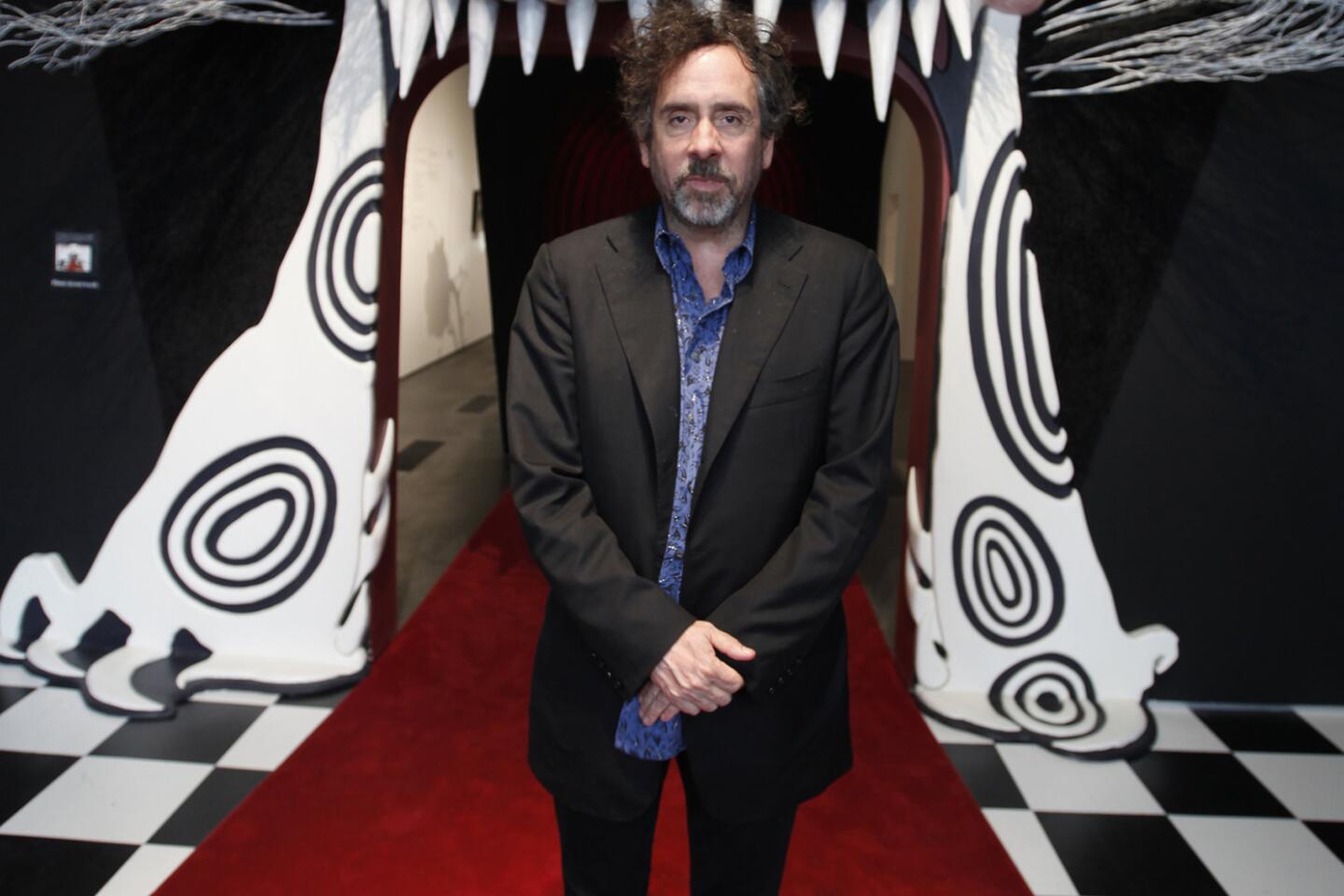Vladimir Horowitz at Carnegie Hall: What the fuss was all about
“Vladimir Horowitz: Live at Carnegie Hall”
Vladimir Horowitz’s technical ease, power, wide color palette, singing tone and musicianship sent other now-legendary pianists, including Rudolf Serkin, Arthur Rubinstein and Claudio Arrau, back to the practice room.
Serkin said Horowitz “opened a new world for me,” and Rubinstein admitted in his autobiography to feeling jealous after hearing Horowitz’s near note-perfect playing. Arrau’s own mother turned to him after a Horowitz recital and said, “He plays better than you.”
Most baby boomers never got to hear that Horowitz, when his technique was unsurpassed. Now, thanks to “Vladimir Horowitz: Live at Carnegie Hall,” a recently released boxed set of 41 CDs and one DVD from Sony Classical, music lovers can experience what all the fuss was about in an unprecedented opportunity to hear a single artist performing complete, unedited live recitals in one venue over a 35-year period.
PHOTOS: Faces to watch 2014 | Classical music
Housed in a handsome box designed to evoke Carnegie Hall’s exterior, the set draws on recordings from RCA, Sony and the Yale Music Library. Of the 41 CDs, 27 have been remastered specifically for this edition, and engineer-producer Jon M. Samuels, who also produced the indispensable 1998 BMG William Kapell Edition, has painstakingly and seamlessly re-created 21 concerts spanning 1943 to 1978.
The single DVD included in the set, “Horowitz on Television,” represents the first release of his dazzling 1968 CBS telecast recital.
For Peter Gelb, Horowitz’s manager in the 1980s and now general manager of the Metropolitan Opera in New York City, focusing on Horowitz for such an ambitious project was overdue.
“What made him so great,” Gelb said by phone from New York, “was the spontaneity of his performances, which far outshone the meticulously edited recordings. To some extent, the life was sucked out of his studio recordings.”
According to Gino Francesconi, director of Carnegie Hall’s archives and museum, the Horowitz mystique and charisma inevitably turned the hall into an intimate space. He recalled the power of the silence just before Horowitz arrived on stage. “There were only a handful of people who could command this kind of attention,” he said.
INTERACTIVE: High-earning conductors
Born in Kiev in 1903, Horowitz had already become a European sensation by age 20. But Carnegie Hall’s importance in Horowitz’s career cannot be overstated. He made his American debut there in 1928, blazing through Tchaikovsky’s First Piano Concerto — the next day’s headline in the New York Times read, “Pianist Creates Furor” — and a major return to concertizing in 1965 after a 12-year sabbatical.
Though Horowitz’s debut concert was never recorded, a 1943 radio broadcast of Tchaikovsky’s First Piano Concerto with the NBC Symphony, led by his father-in-law, Arturo Toscanini, can be heard on the set’s first disc. Horowitz’s renowned rhythmic control, speed, articulation and textured sonority in octave playing are on full display.
Gelb said Horowitz’s artistry was about “the extraordinary differences in interpretation he would bring to the same repertoire.”
One example included in the set are Horowitz’s different accounts of Debussy’s “L’Isle joyeuse.” In a recital on Nov. 27, 1966, he orchestrates a riveting tension and release, while his rendition on Dec. 10 conjures more color, creating a grander sense of adventure before the island of joy is reached.
PHOTOS: Operas by Philip Glass
“Like all great artists, Horowitz evolved over time,” said Jed Distler, a composer and pianist who wrote the set’s liner notes. “He had periods of self-doubt, but the more you listen, the harder it is to pigeonhole him. He was a showman who was quiet and undemonstrative at the keyboard — a serious, intelligent musician who combined mind and instinct wonderfully well.”
Pianist Byron Janis, Horowitz’s first pupil, said that even in Horowitz’s splashy showpieces, like his arrangements of Sousa’s “The Stars and Stripes Forever” and Variations on a Theme from Bizet’s “Carmen,” both included on the set, a fine musical mind was at work.
“I’ll tell you a little secret about those two showpieces,” Janis said. “They’re not as hard to play as they sound, because Horowitz knew how to get around the piano, and that’s one of the things he taught me. He used to talk about ‘freedom with discipline.’”
Gelb said Horowitz relied on innate musicality in later years, especially in the 1970s and ‘80s when his technique was no longer reliable. (The pianist died in 1989.) In a sometimes labored and eccentric recital from Nov. 23, 1975, he still finds pockets of beauty in Schumann’s challenging Piano Sonata No. 3.
PHOTOS: Arts and culture in pictures by The Times
“There’s no question his best years were behind him,” Gelb said. “Horowitz once told me, ‘Art is not about being note perfect.’ But he was very clever how he employed his pyrotechnics at strategic moments. They came in shorter flashes. He was very aware of what he could and couldn’t do.”
Not everyone loves Horowitz, and Tim Page, a Pulitzer Prize-winning music critic and journalism professor at USC, took some heat 20 years ago when he wrote a revisionist essay on the pianist in the New Republic. But Page recently sounded a more generous note.
“I found him a willful and sometimes mannered pianist,” Page said. “I don’t regret the piece, but I do think I might have been responding at the time to what seemed to me wild over-praise. Horowitz will never be my favorite pianist, but I’ve enjoyed this set quite a bit. There’s some really wonderful playing.”
More to Read
The biggest entertainment stories
Get our big stories about Hollywood, film, television, music, arts, culture and more right in your inbox as soon as they publish.
You may occasionally receive promotional content from the Los Angeles Times.
